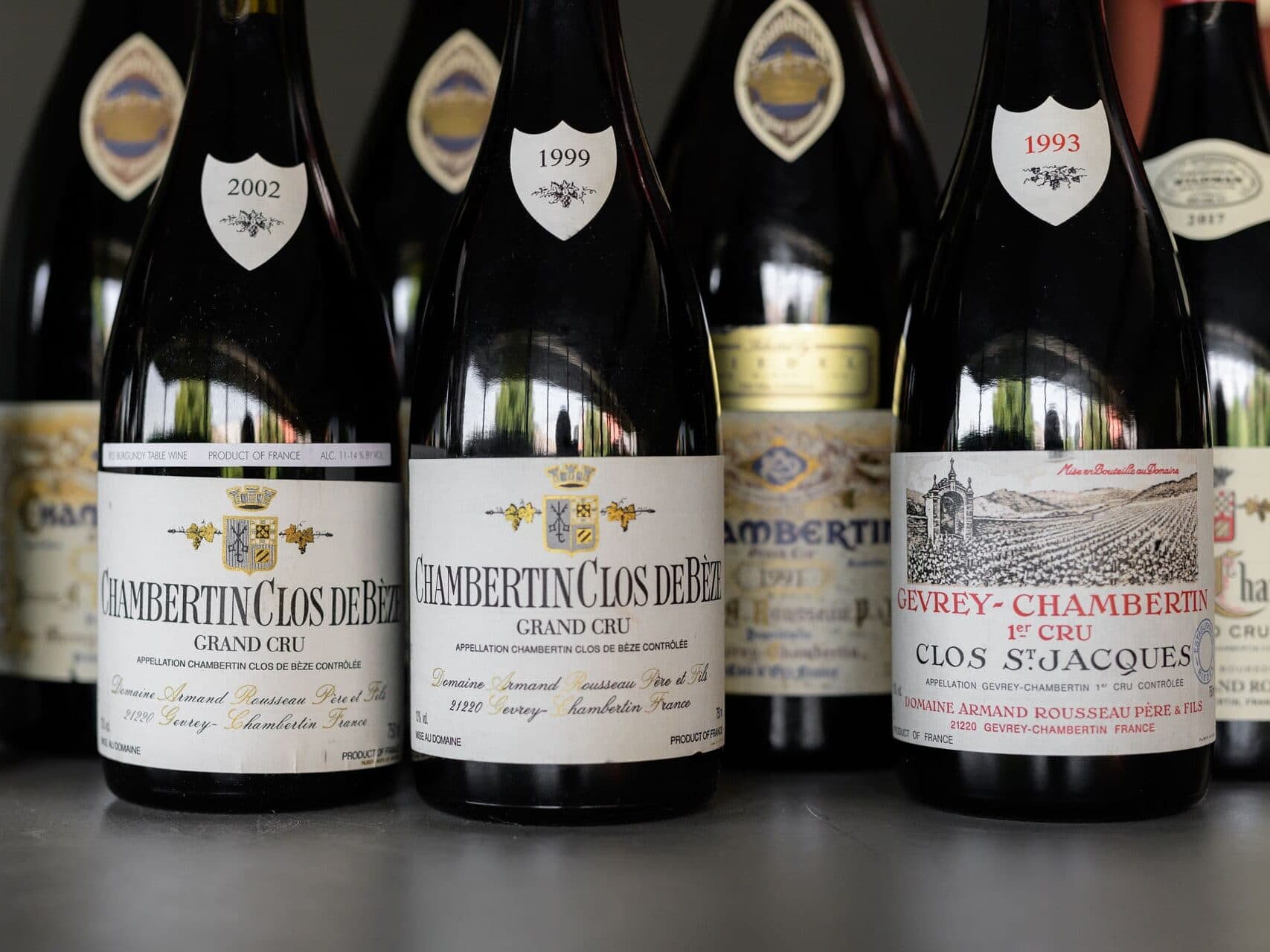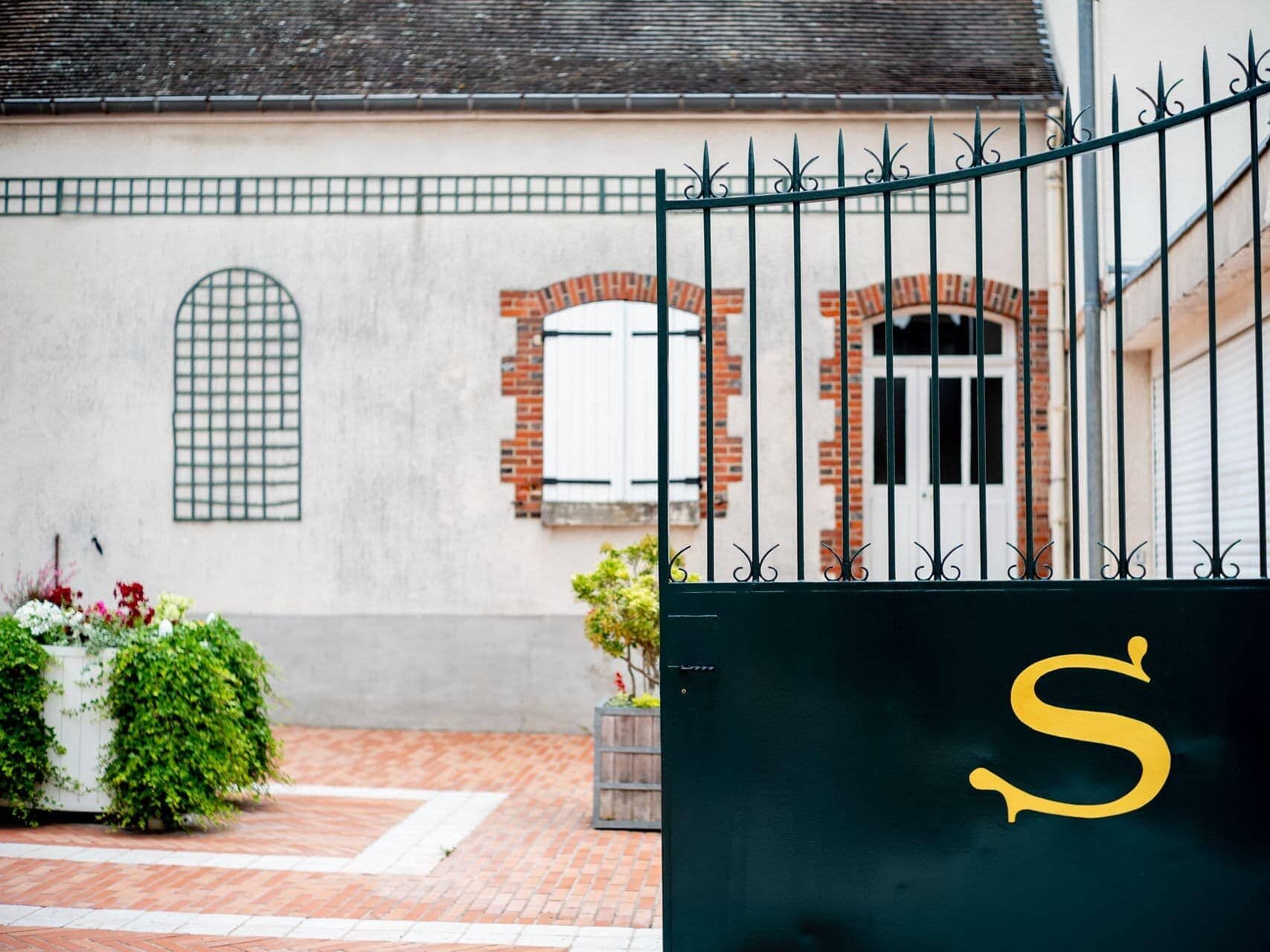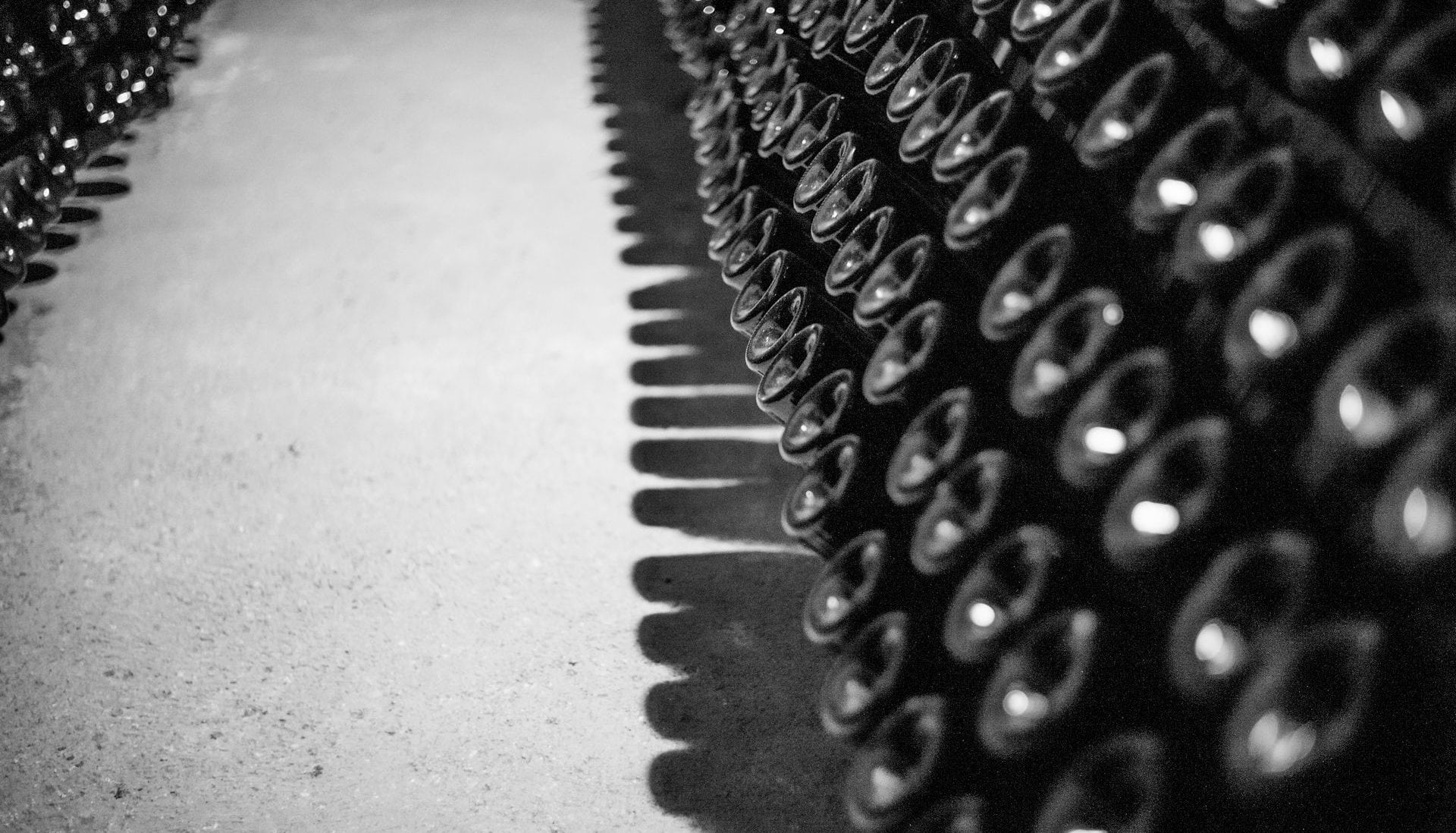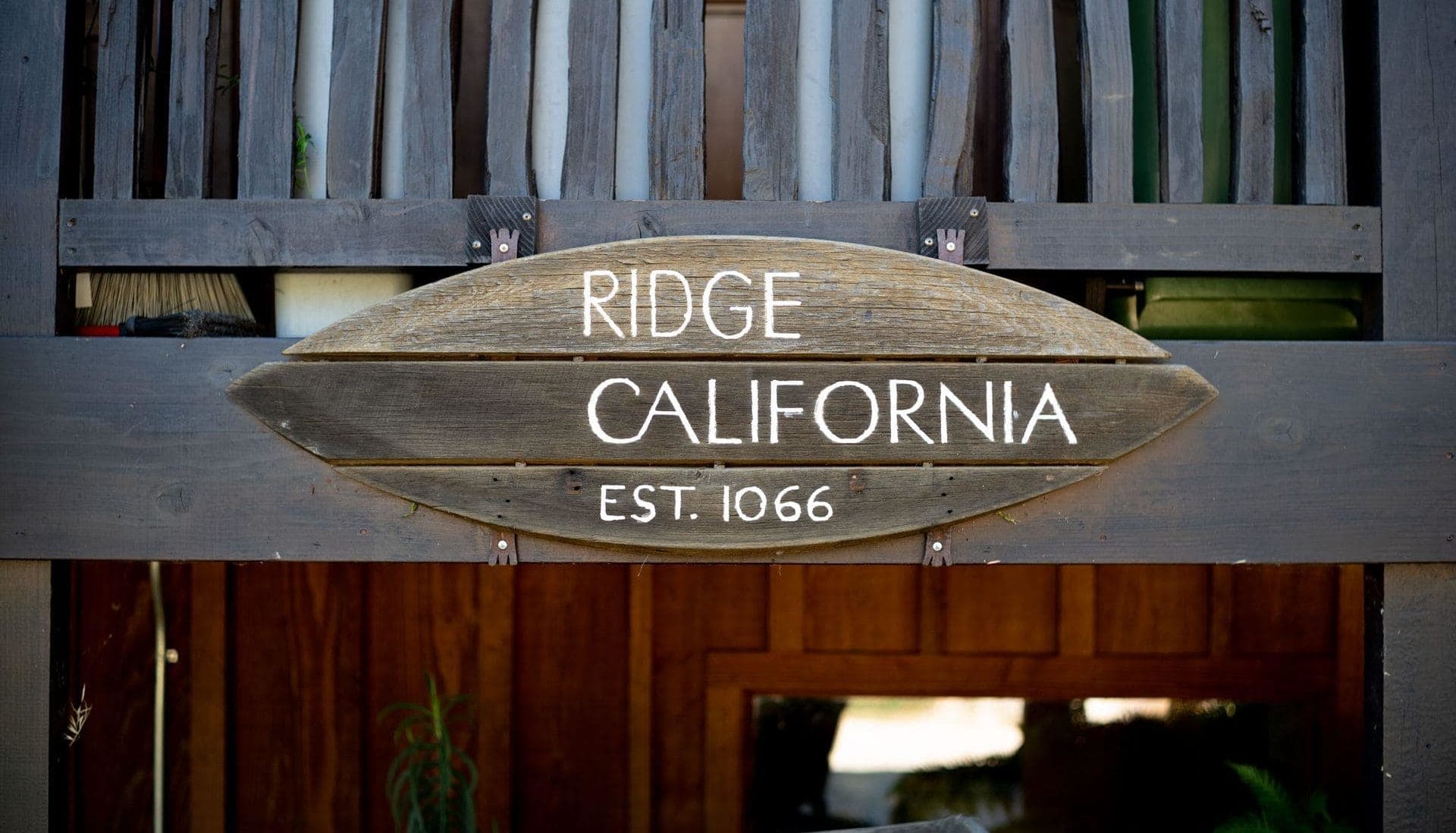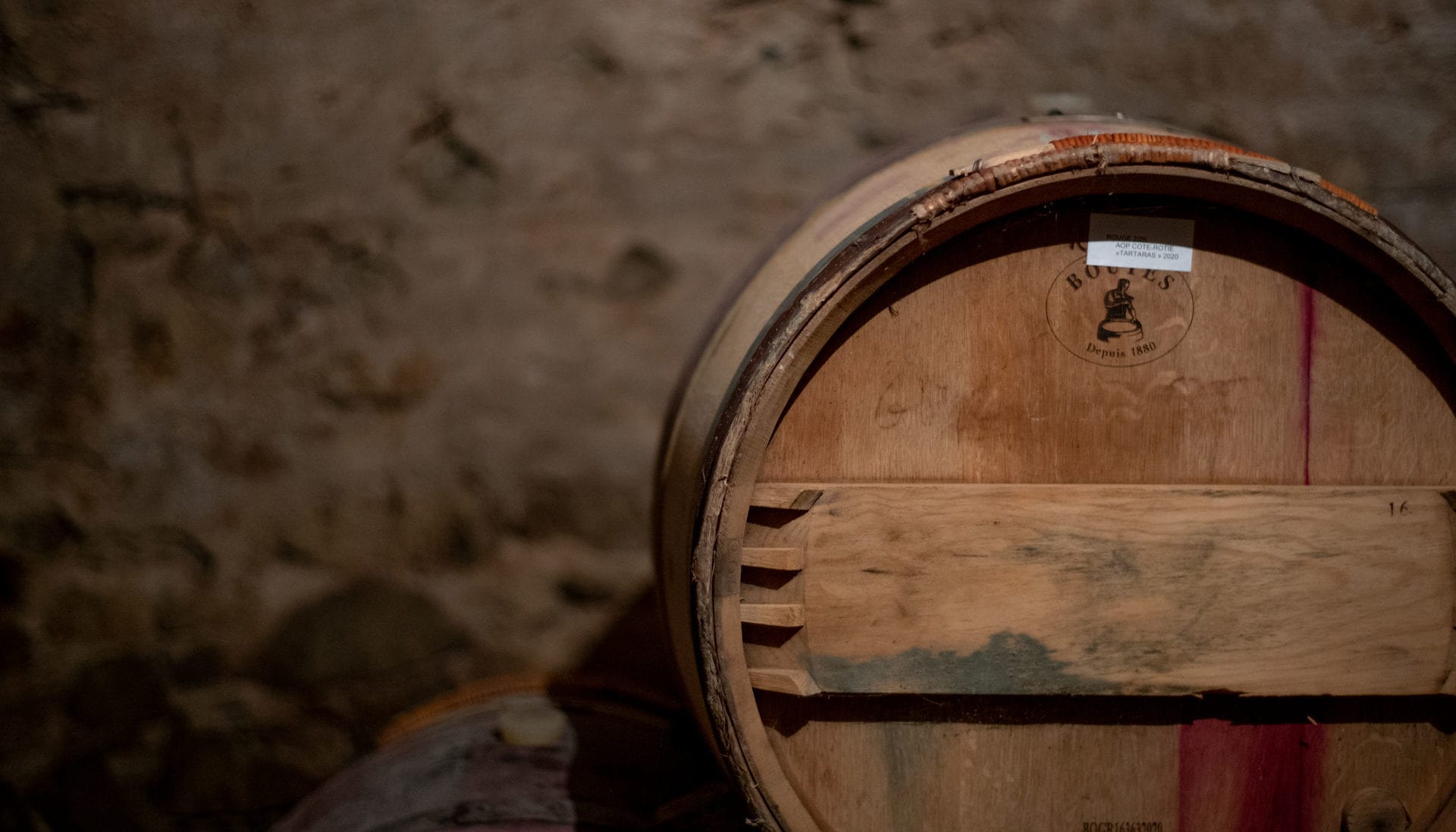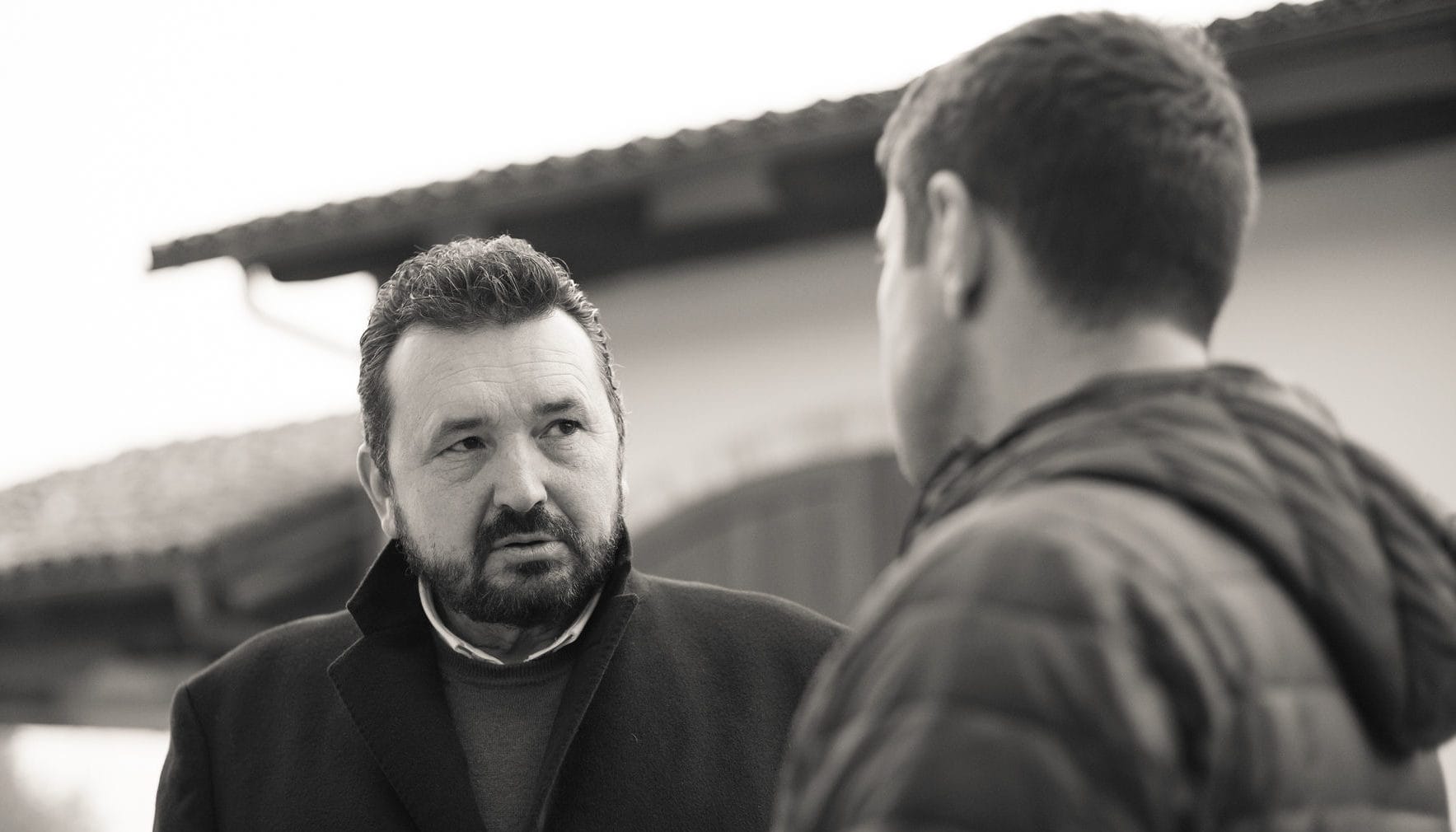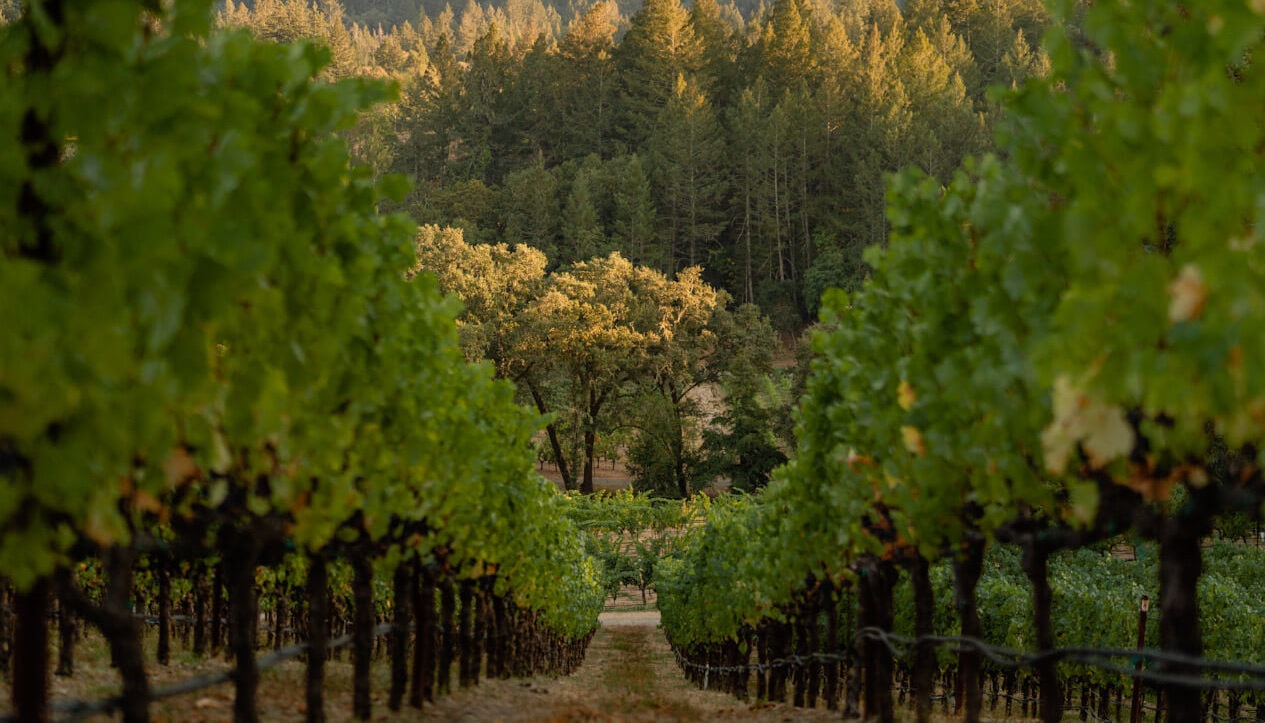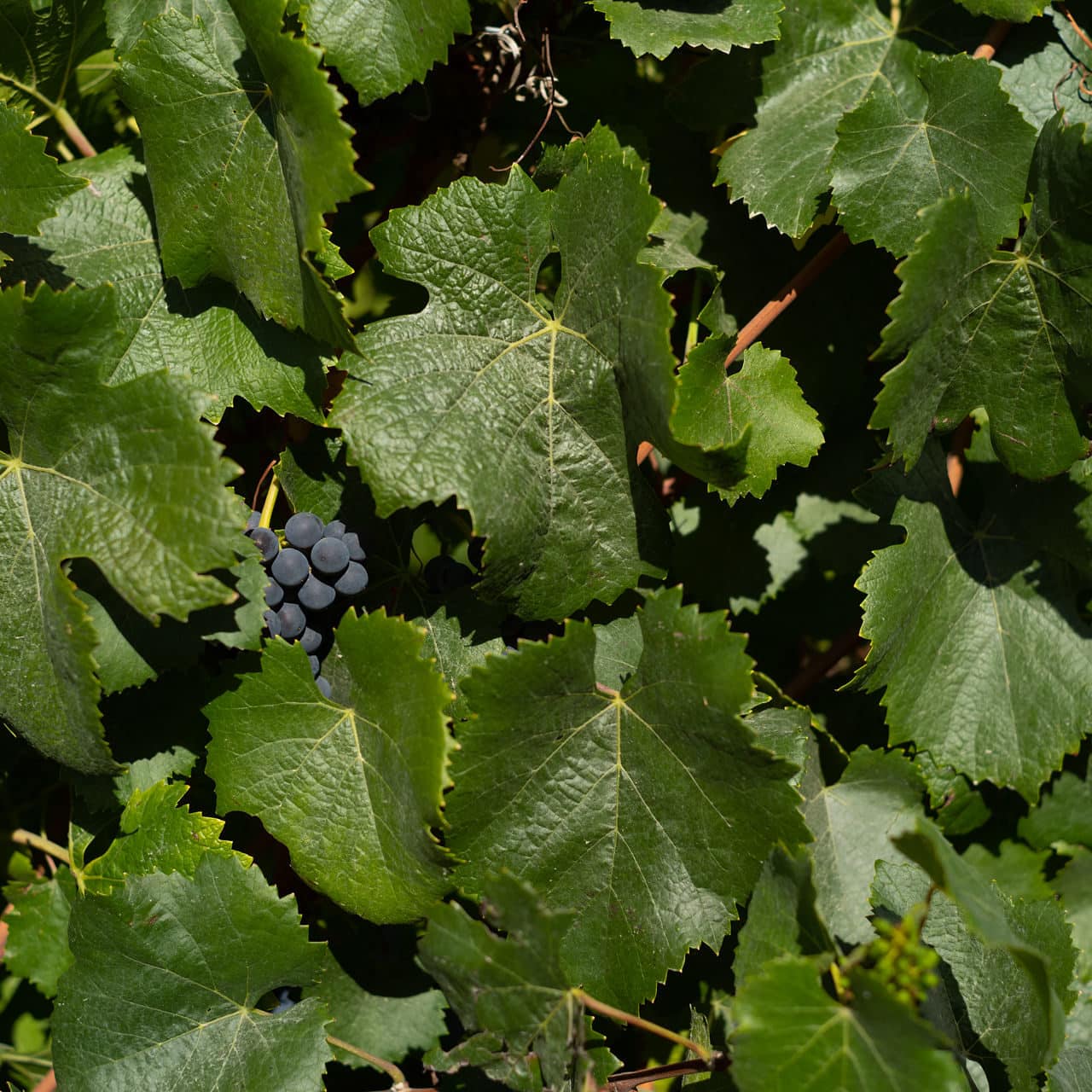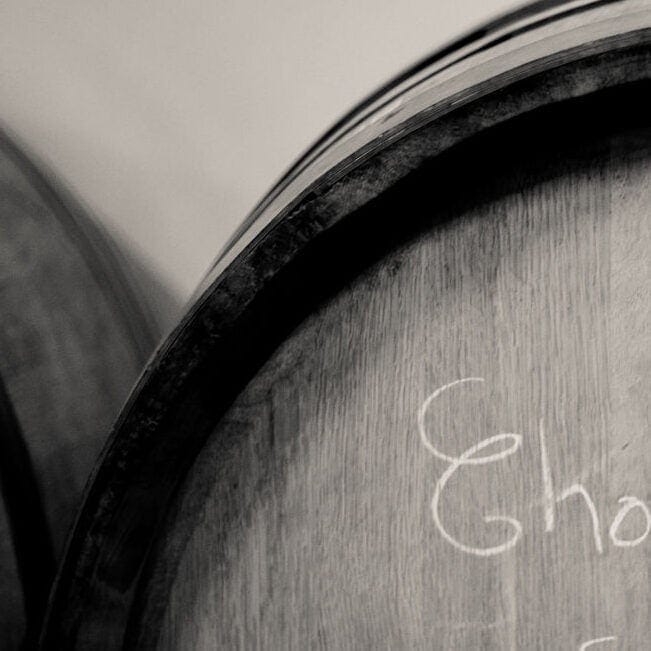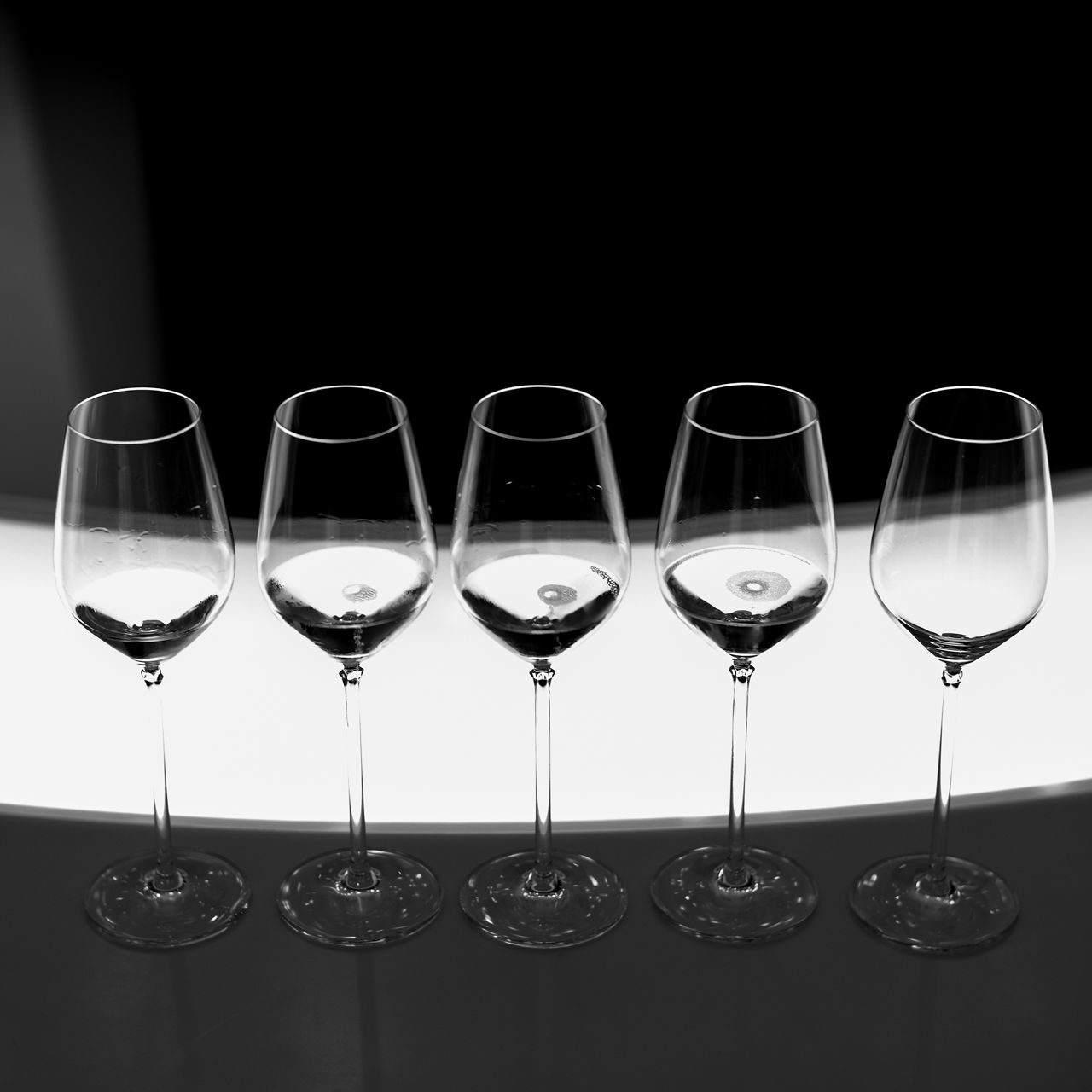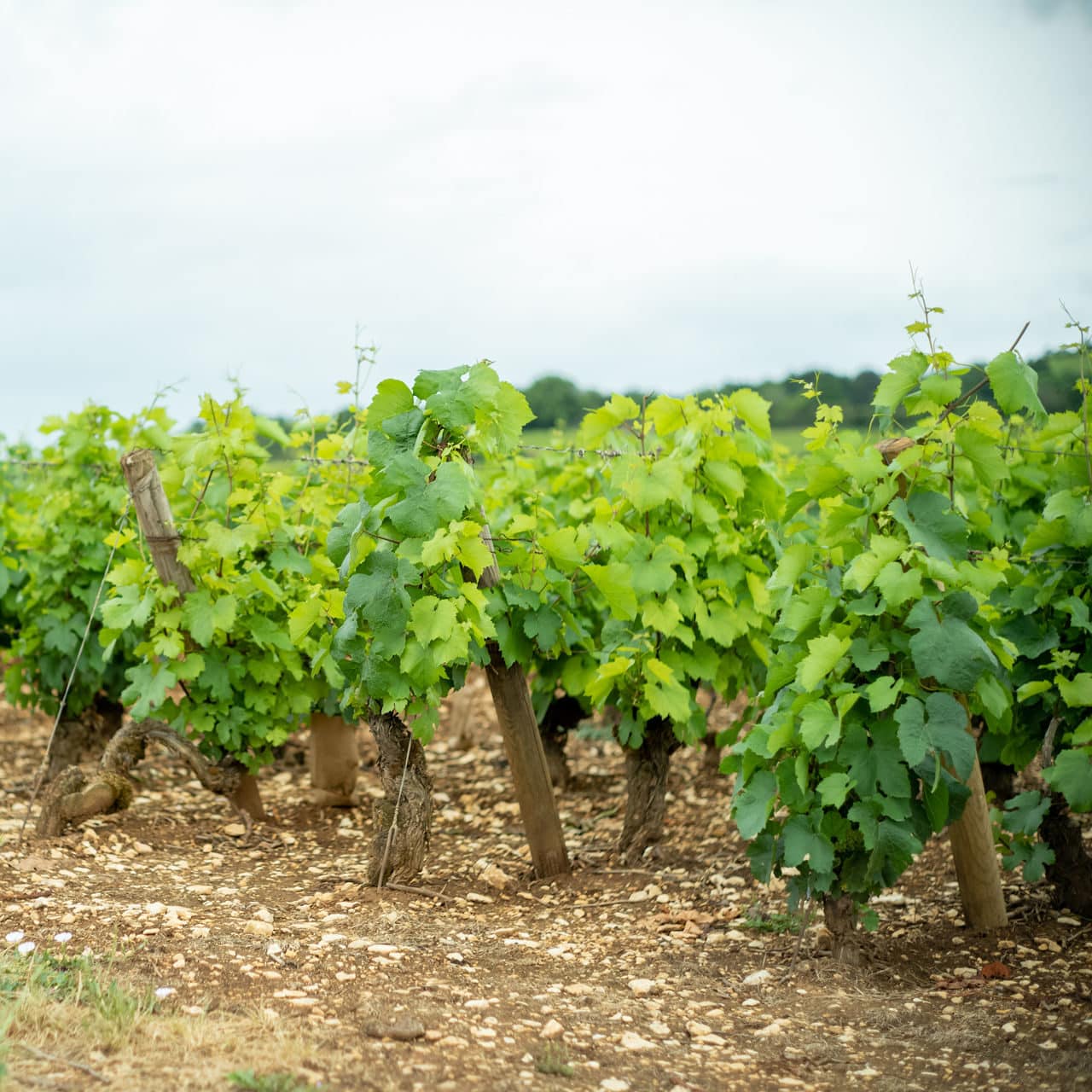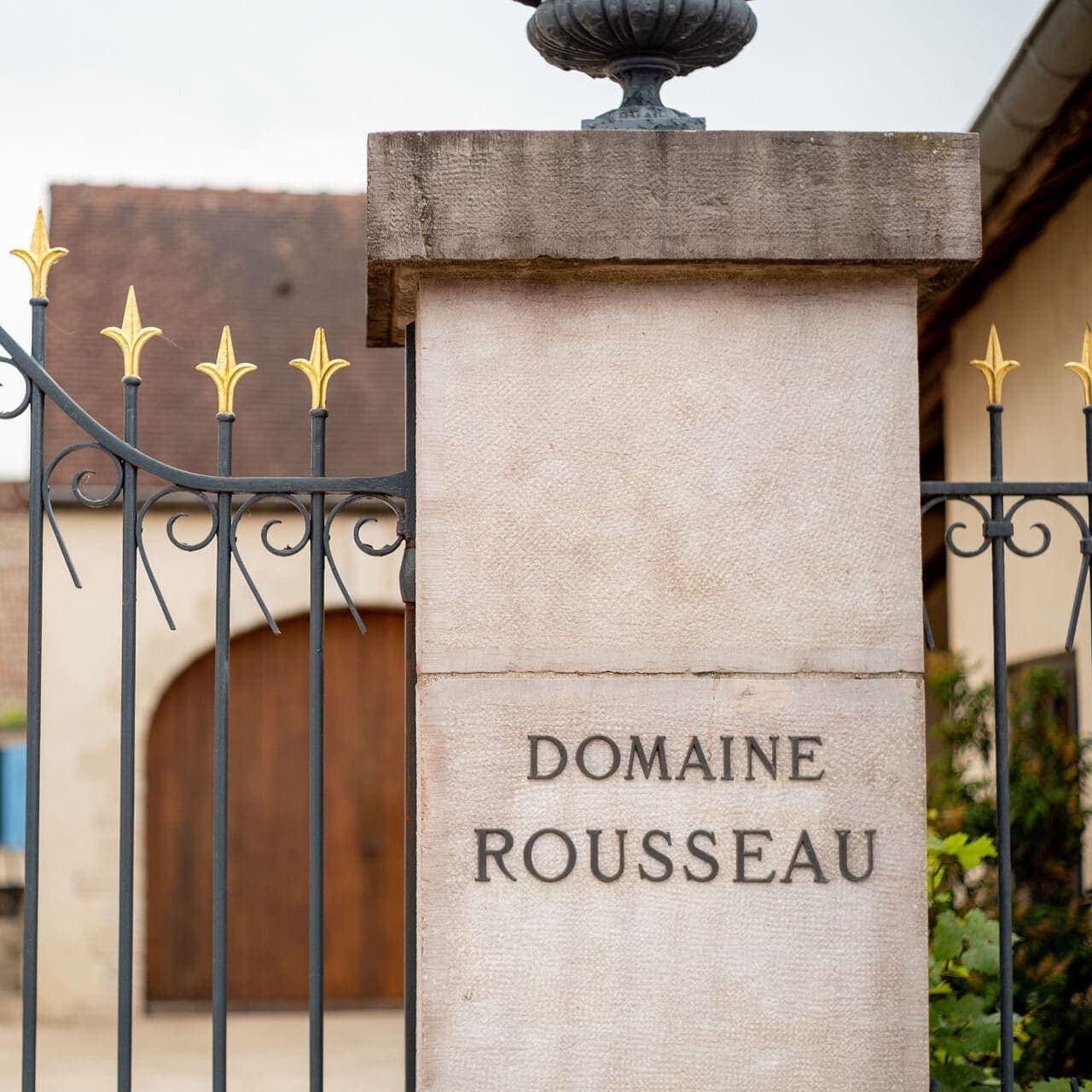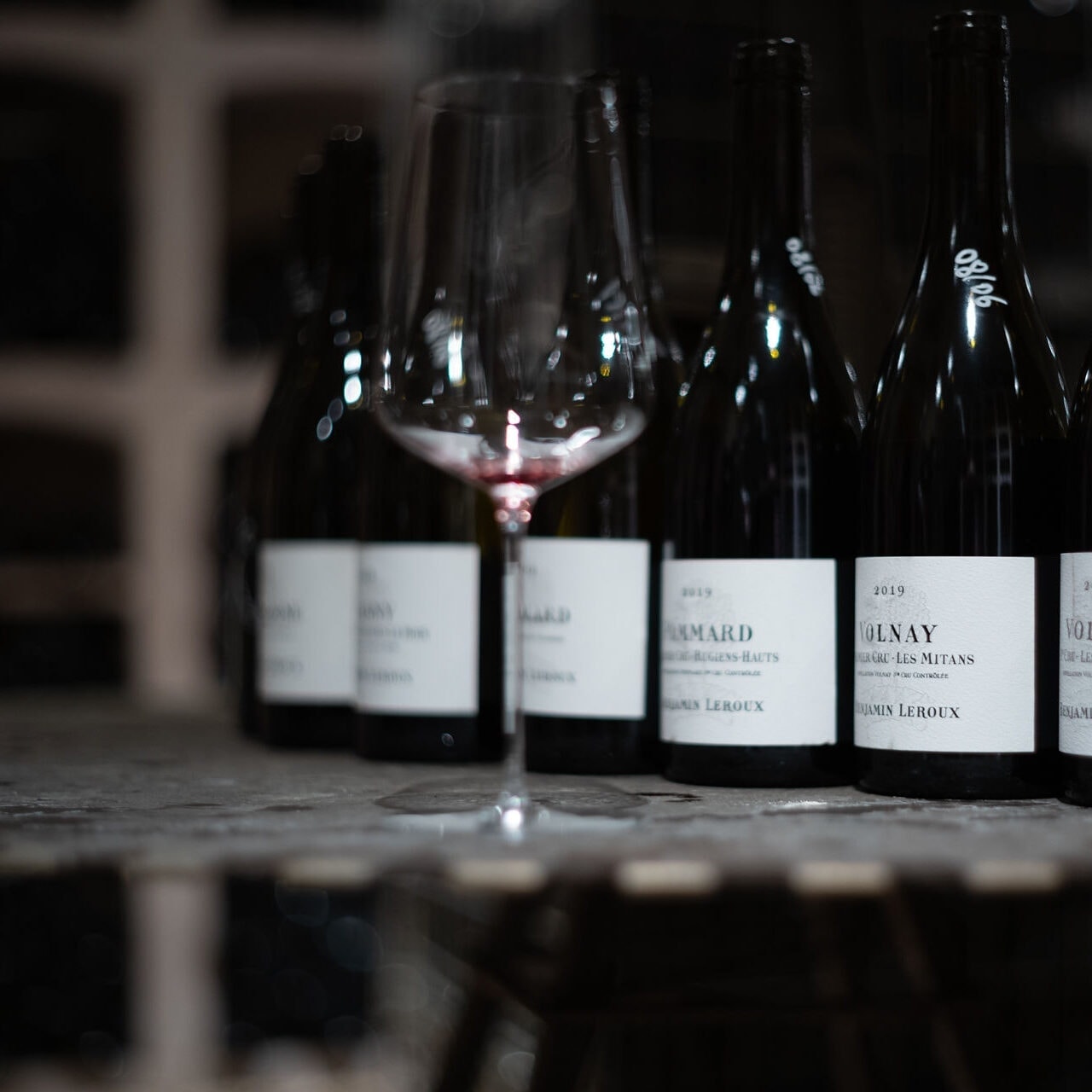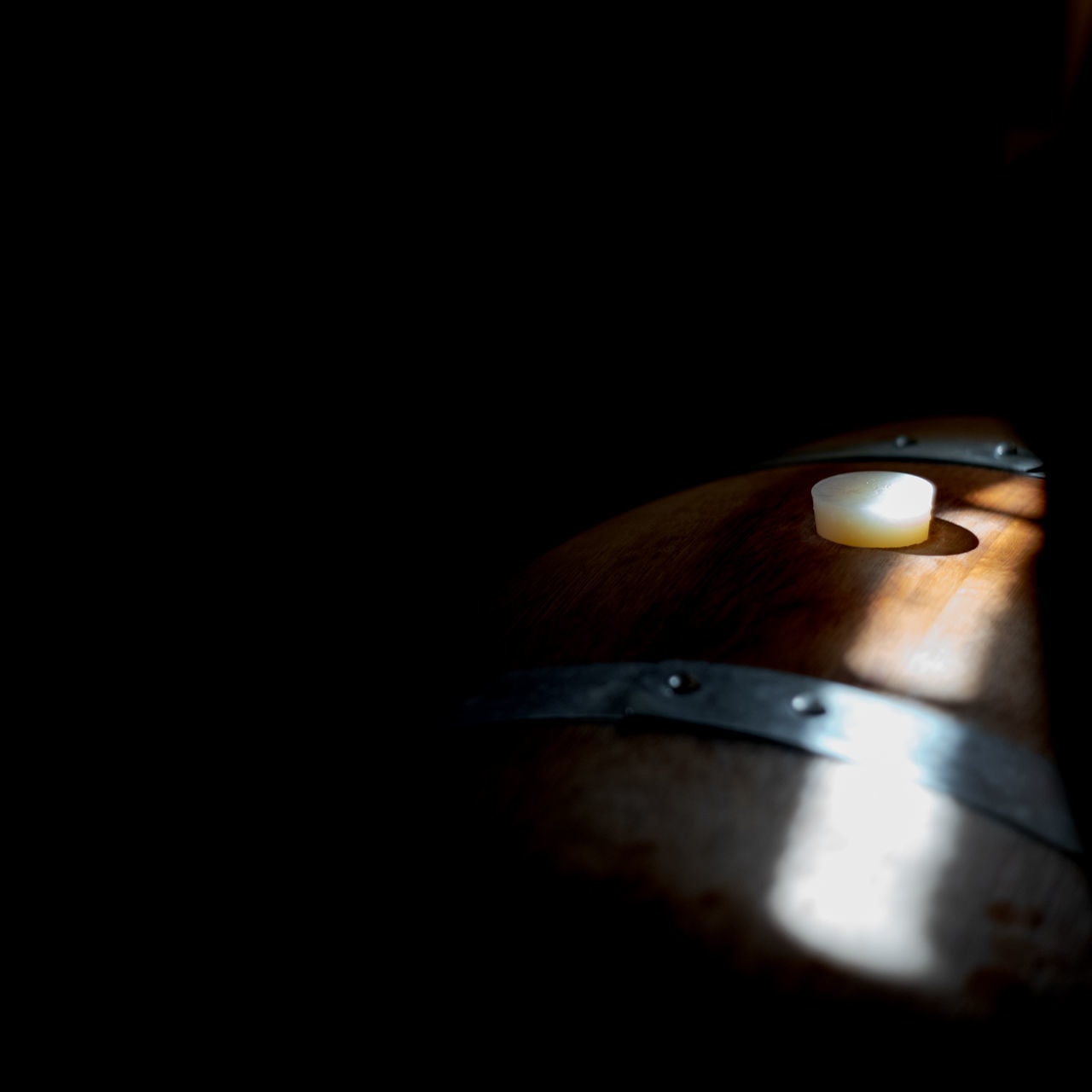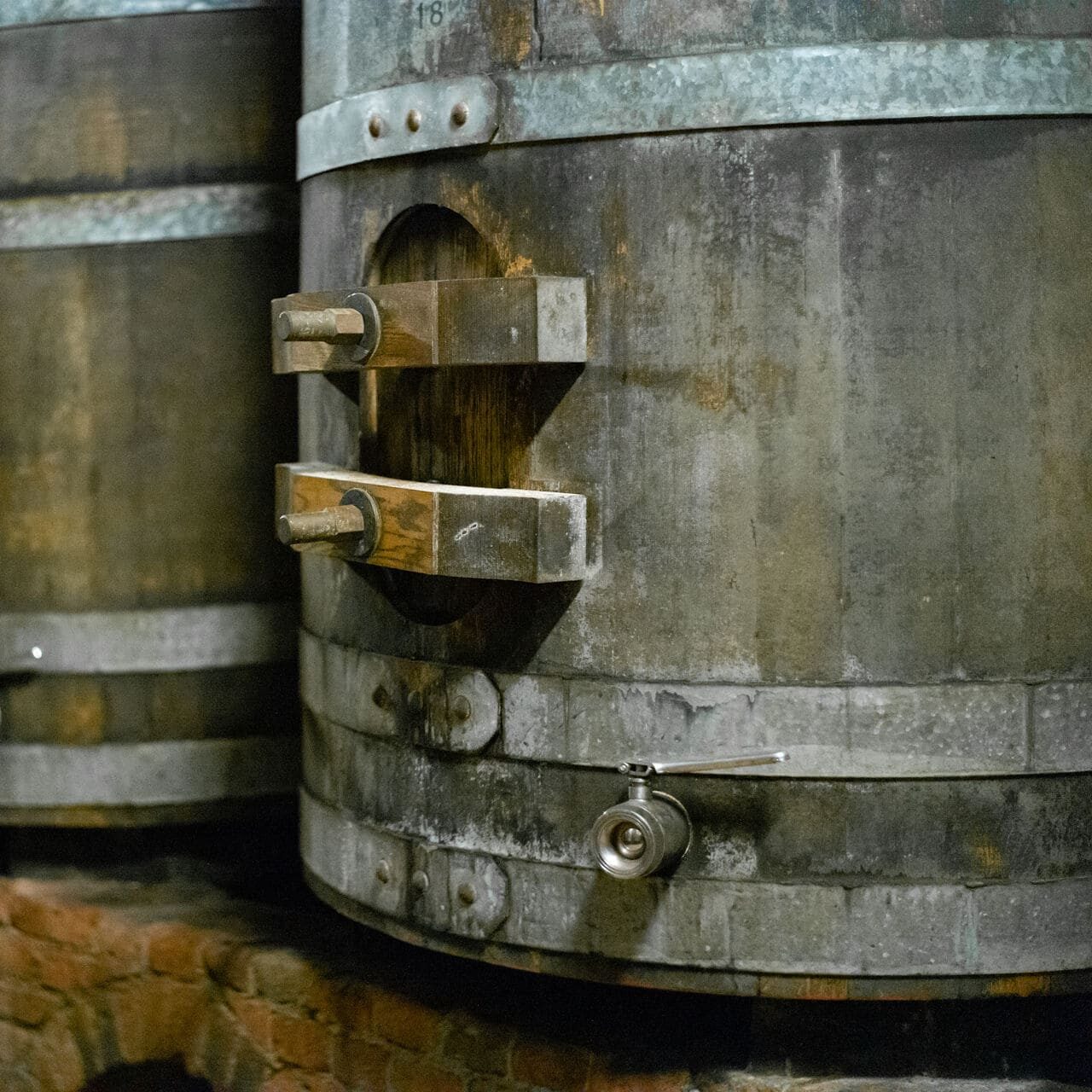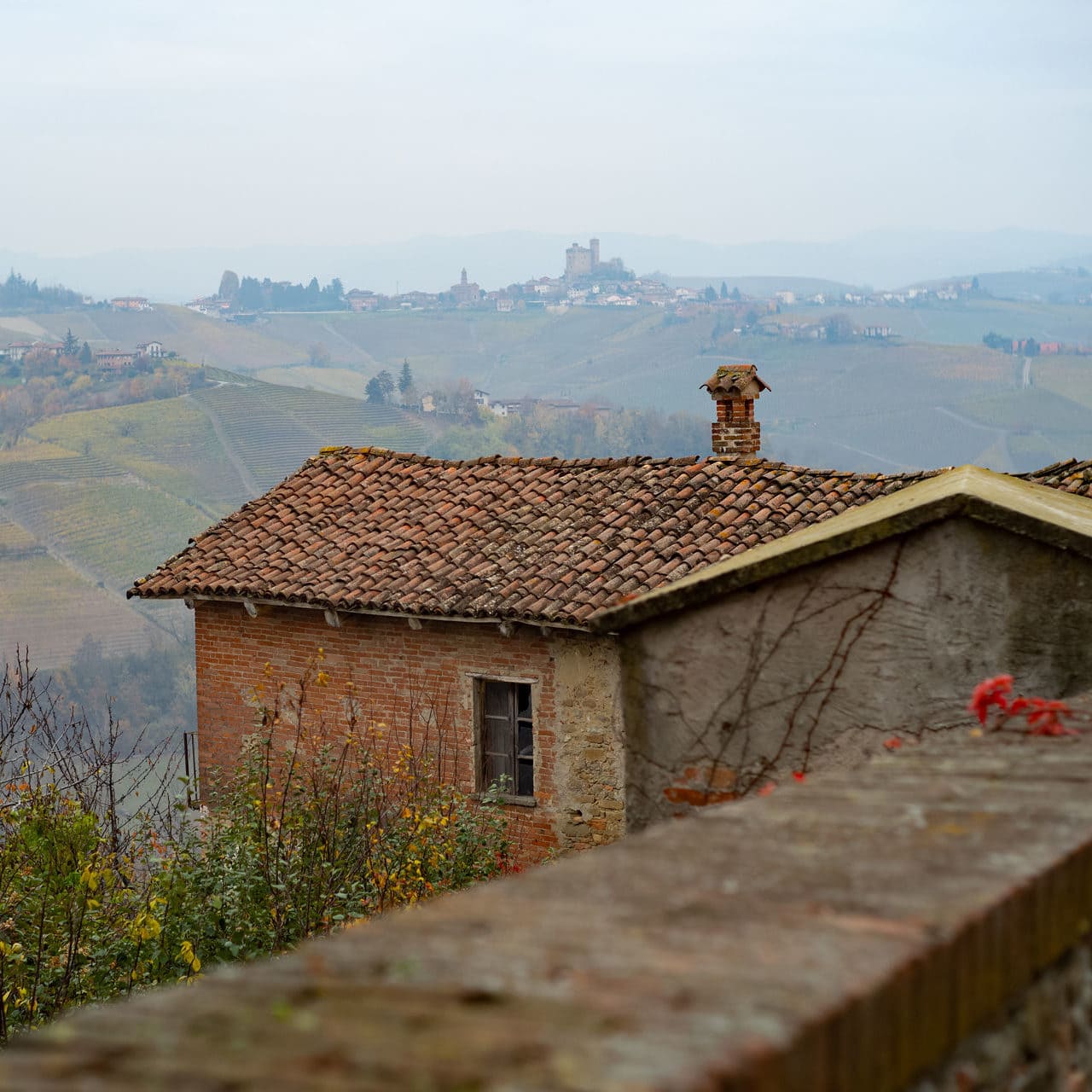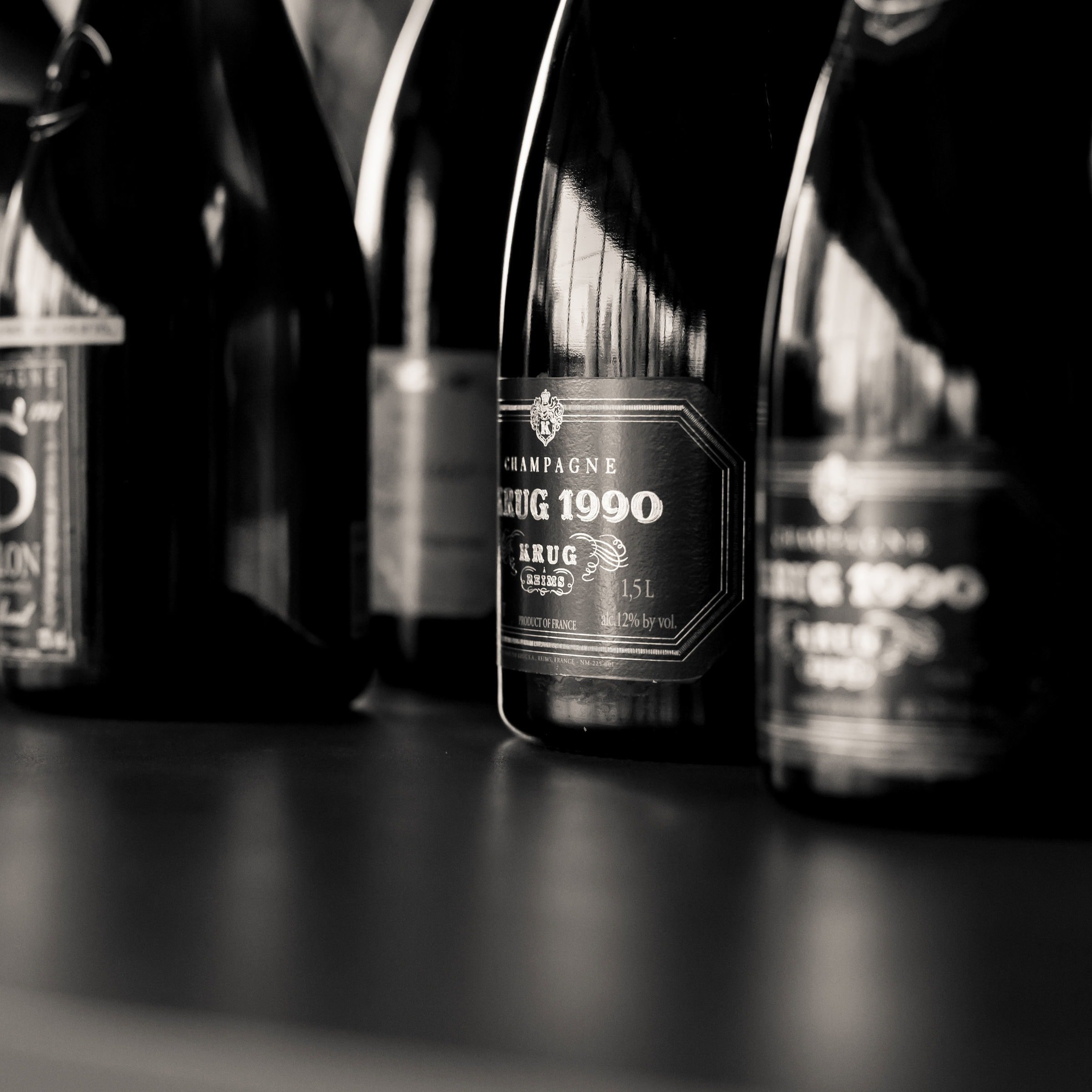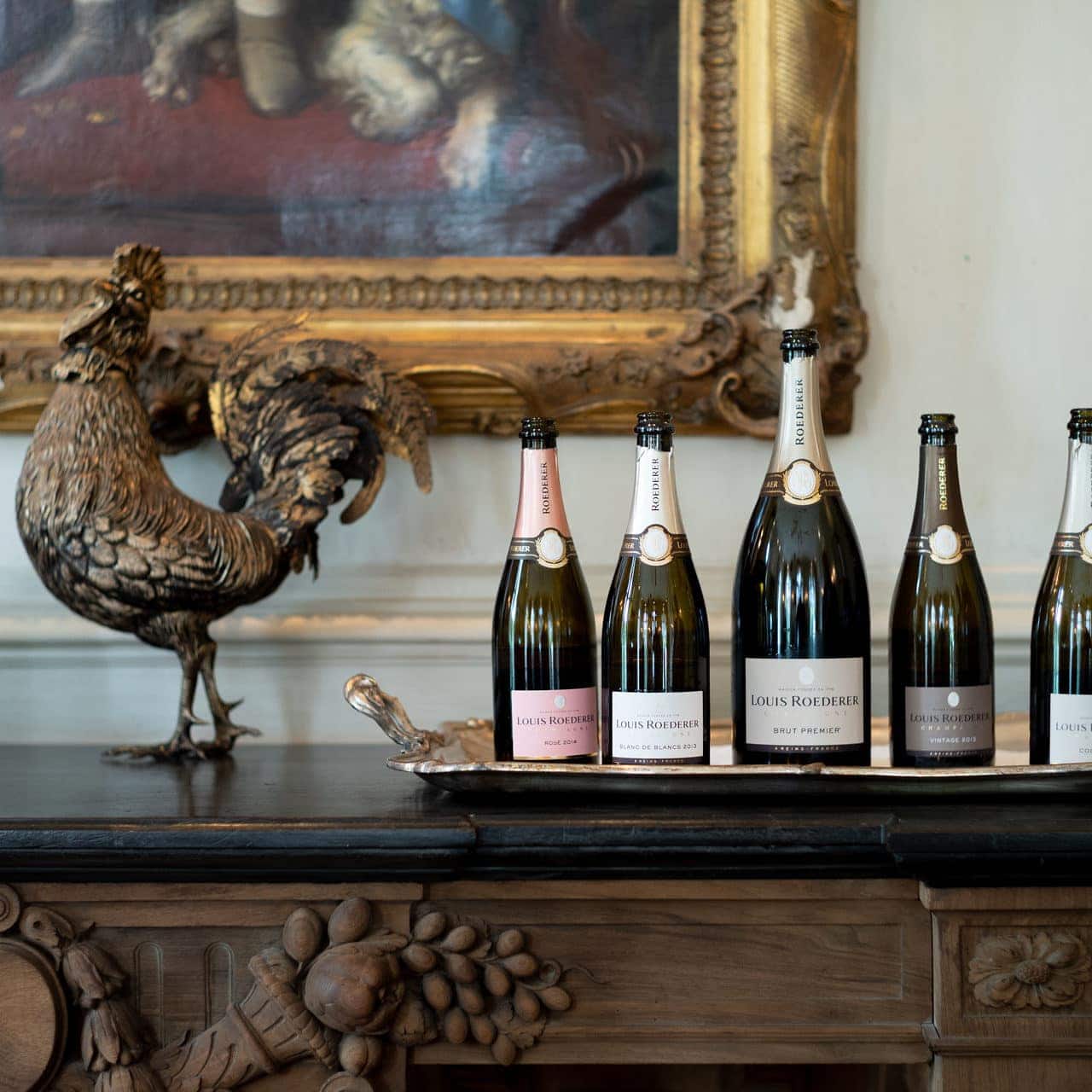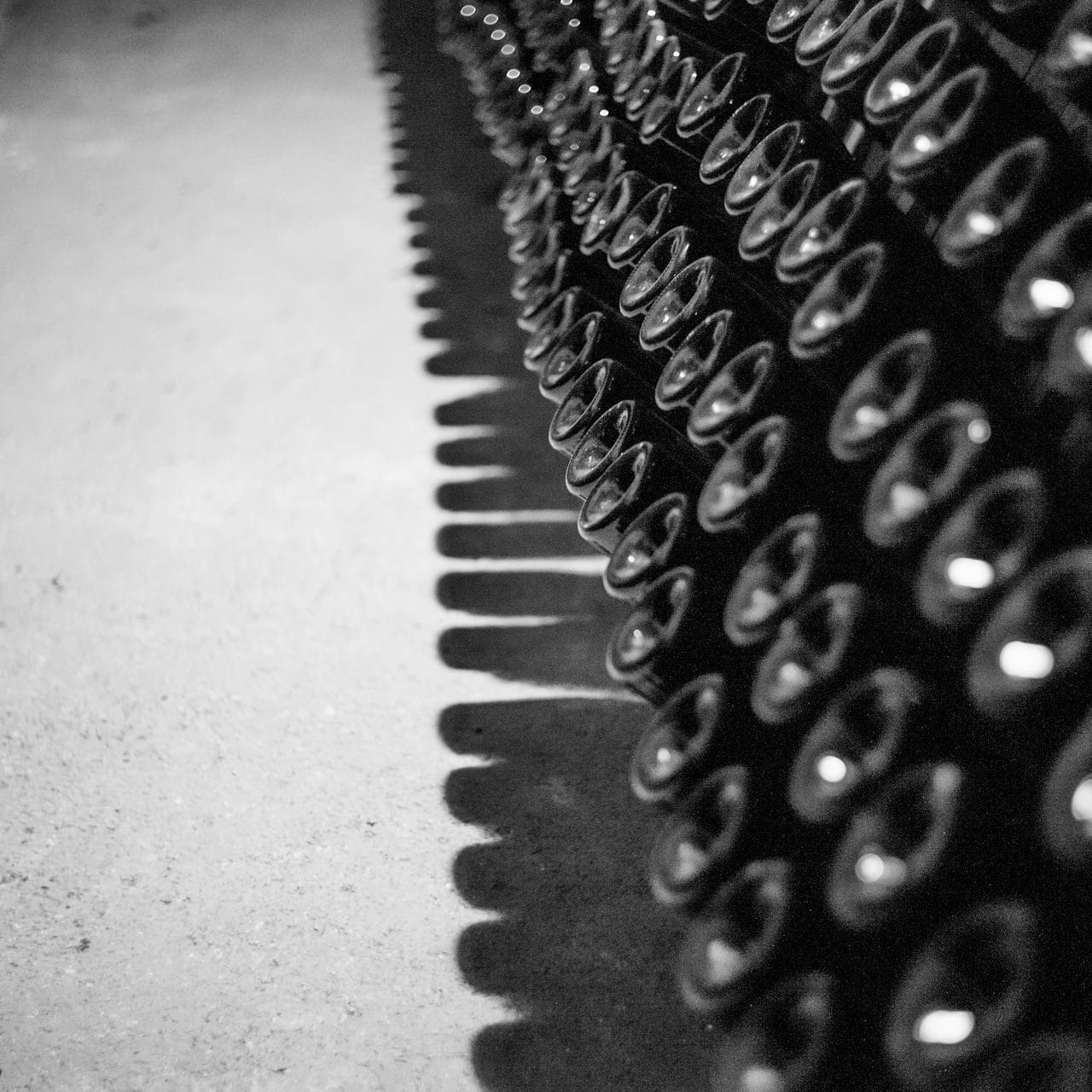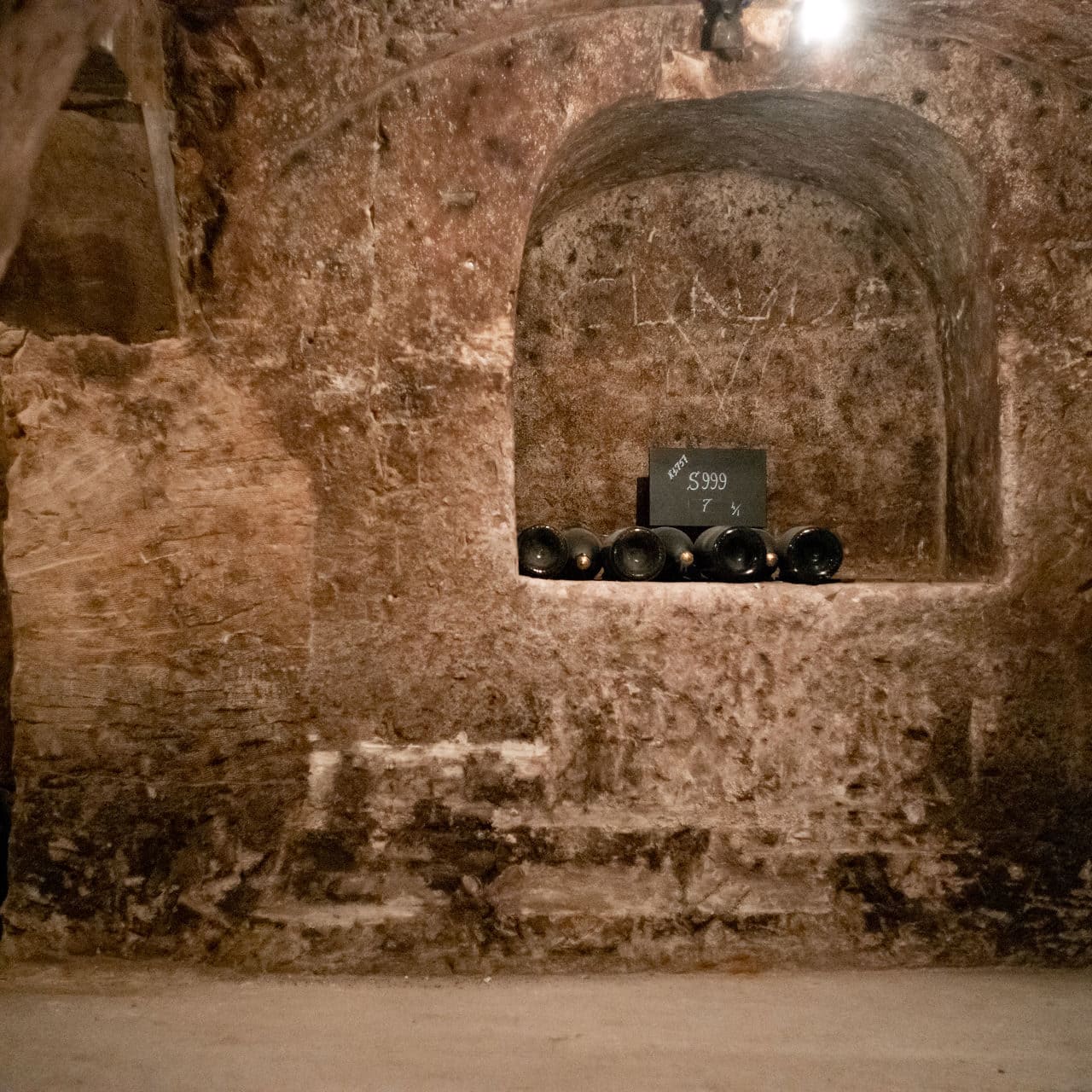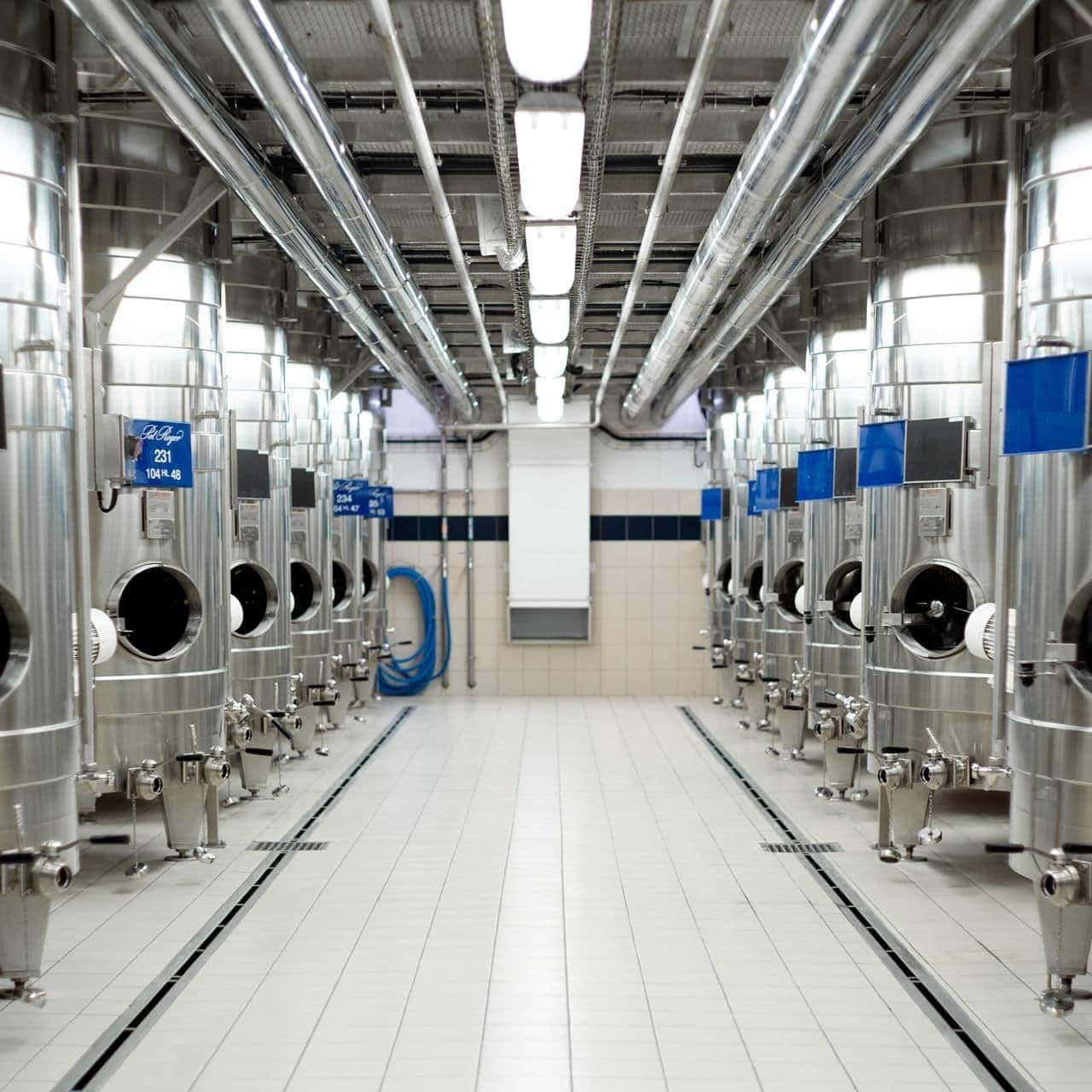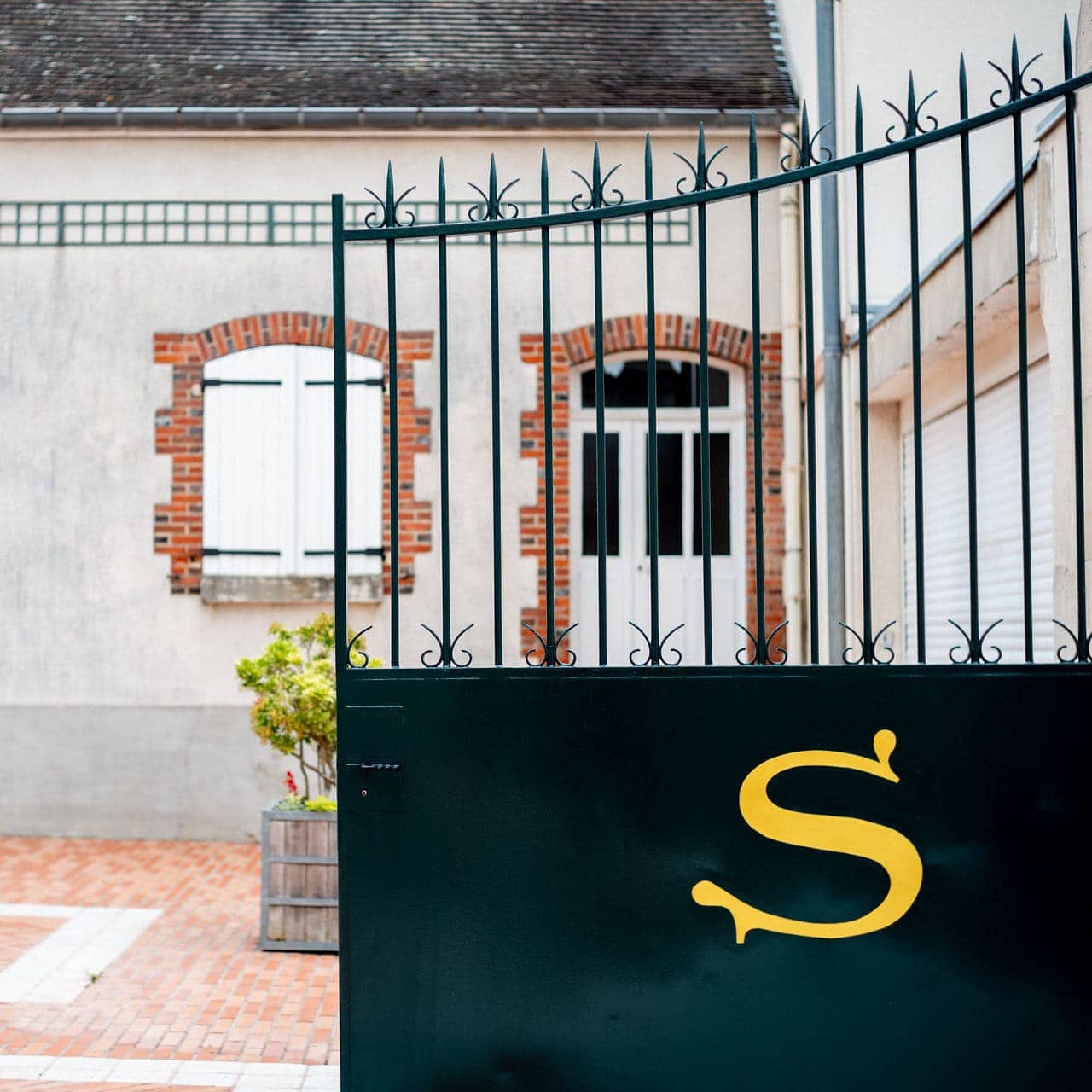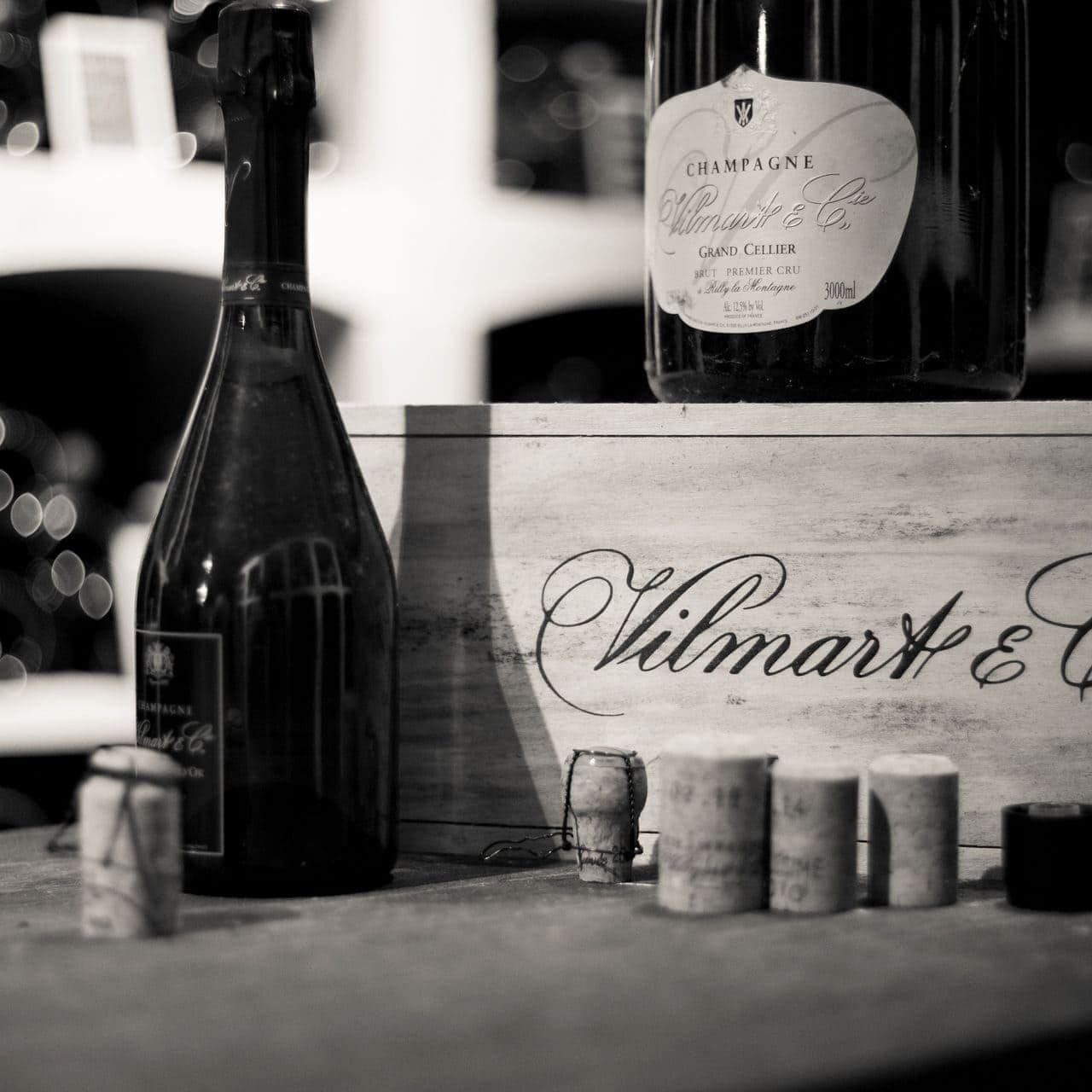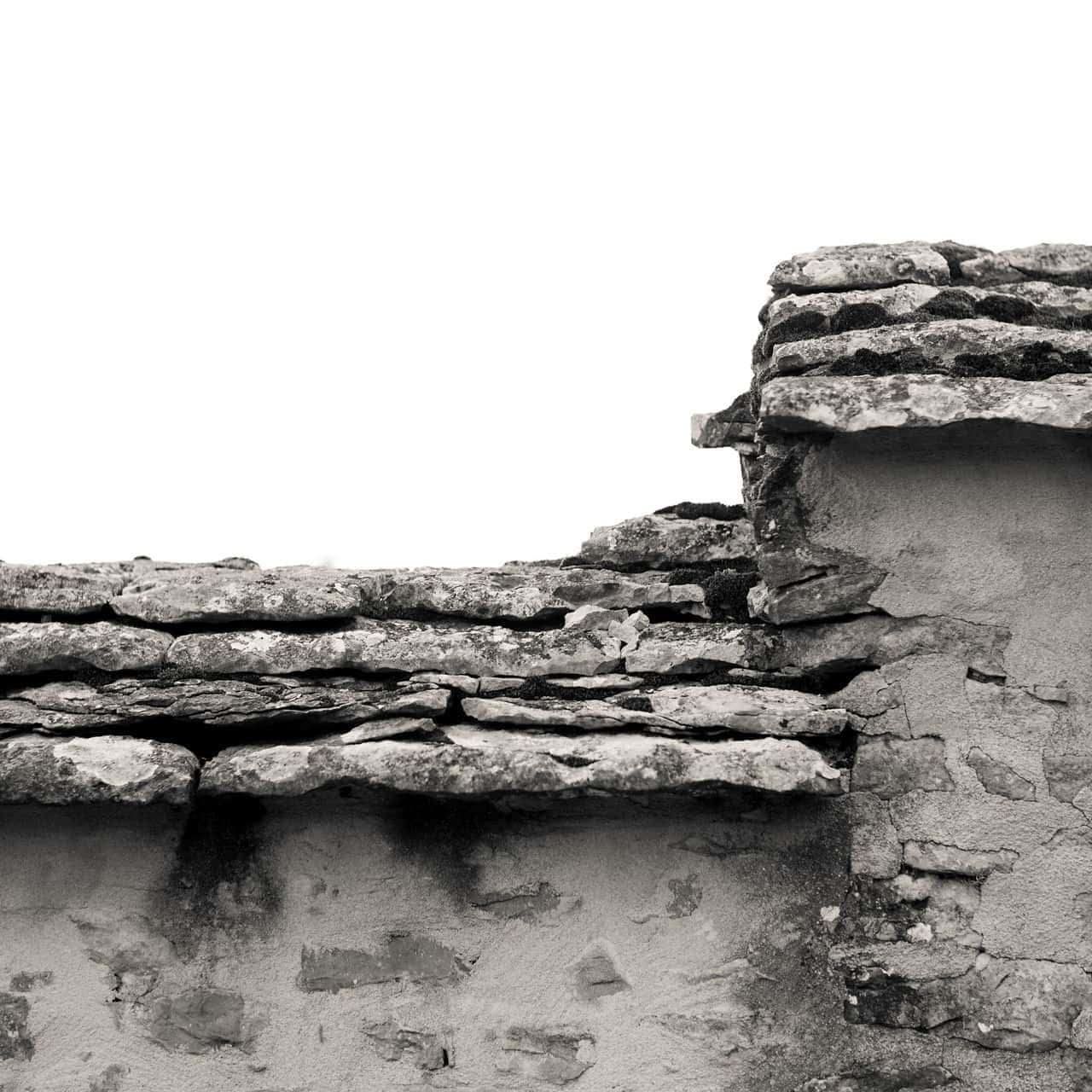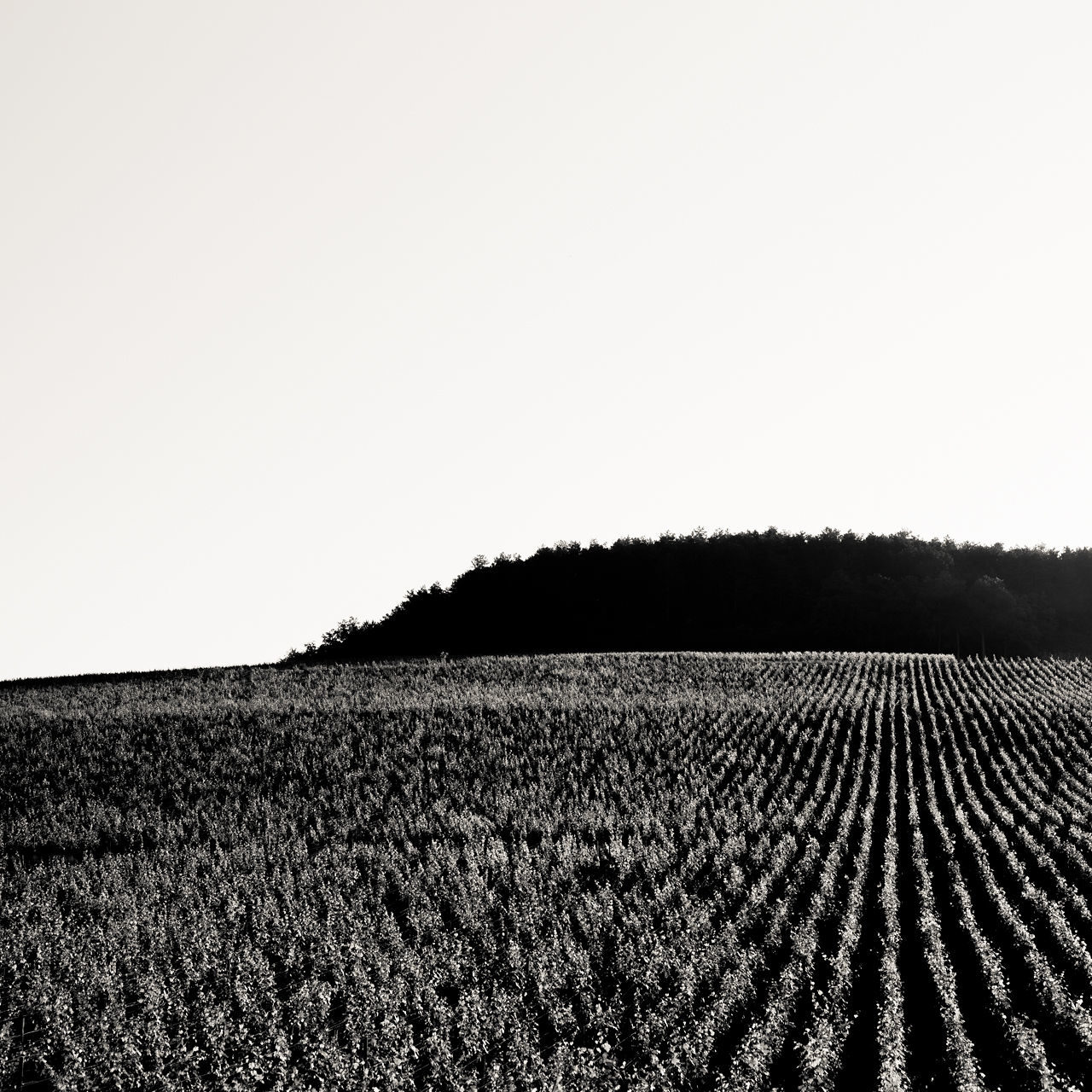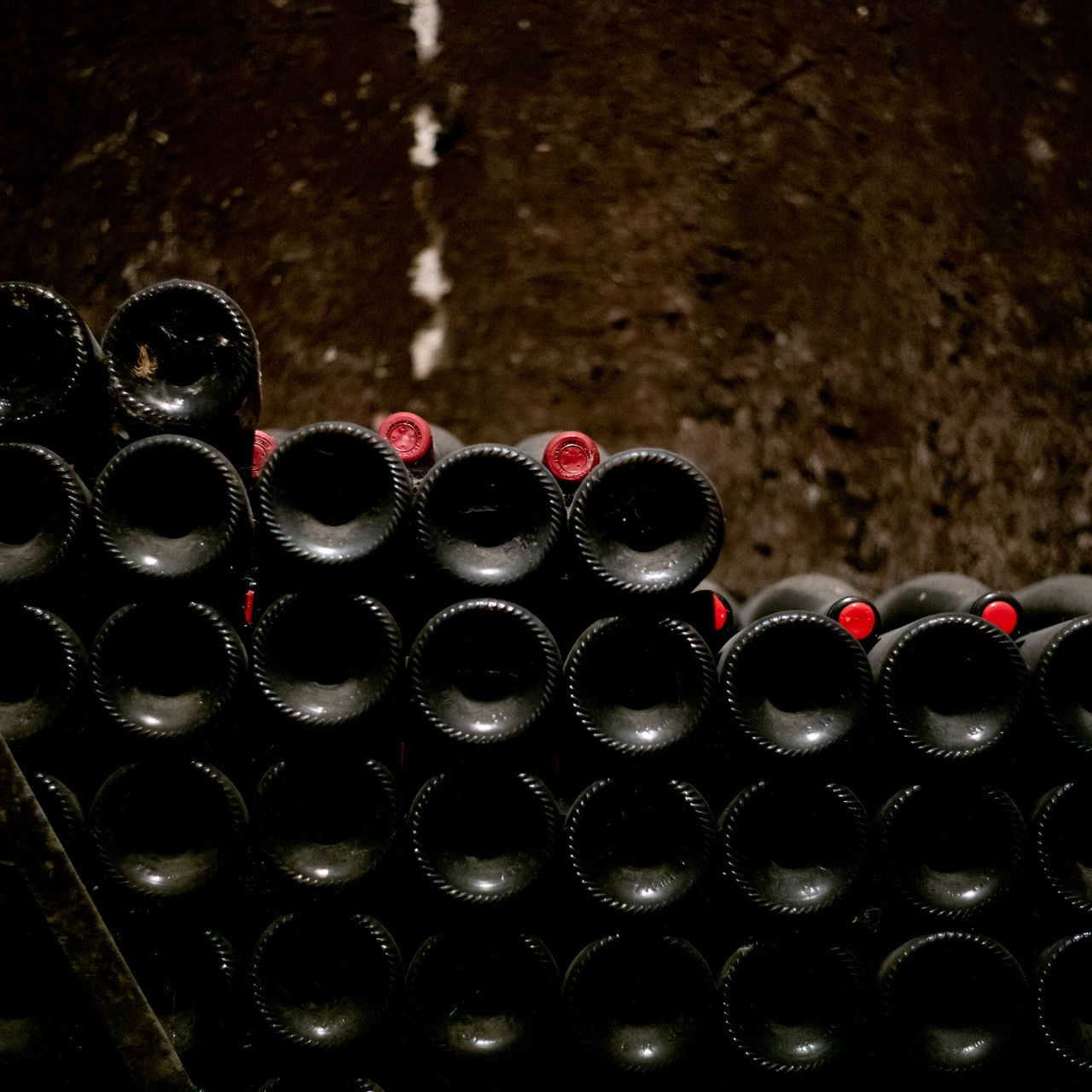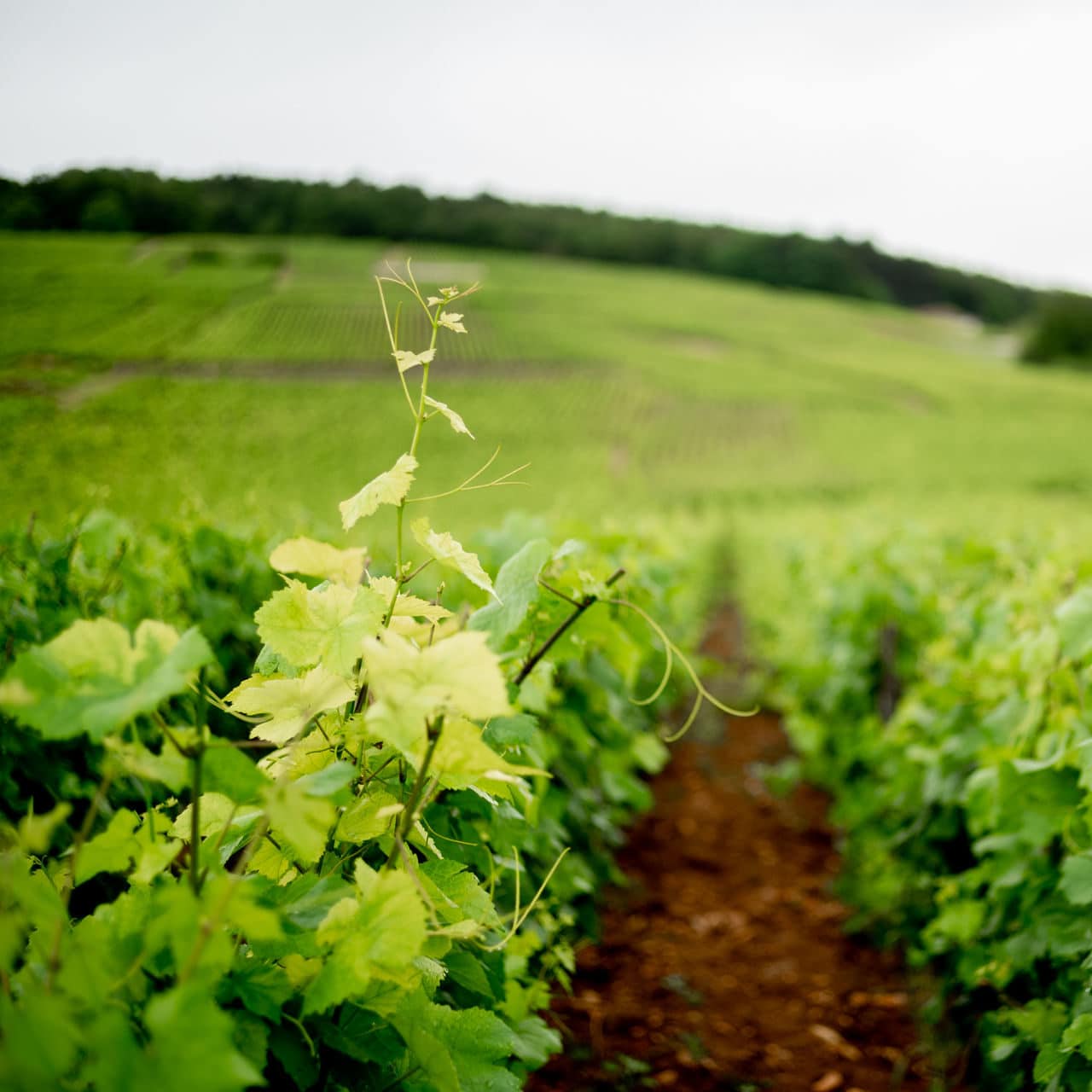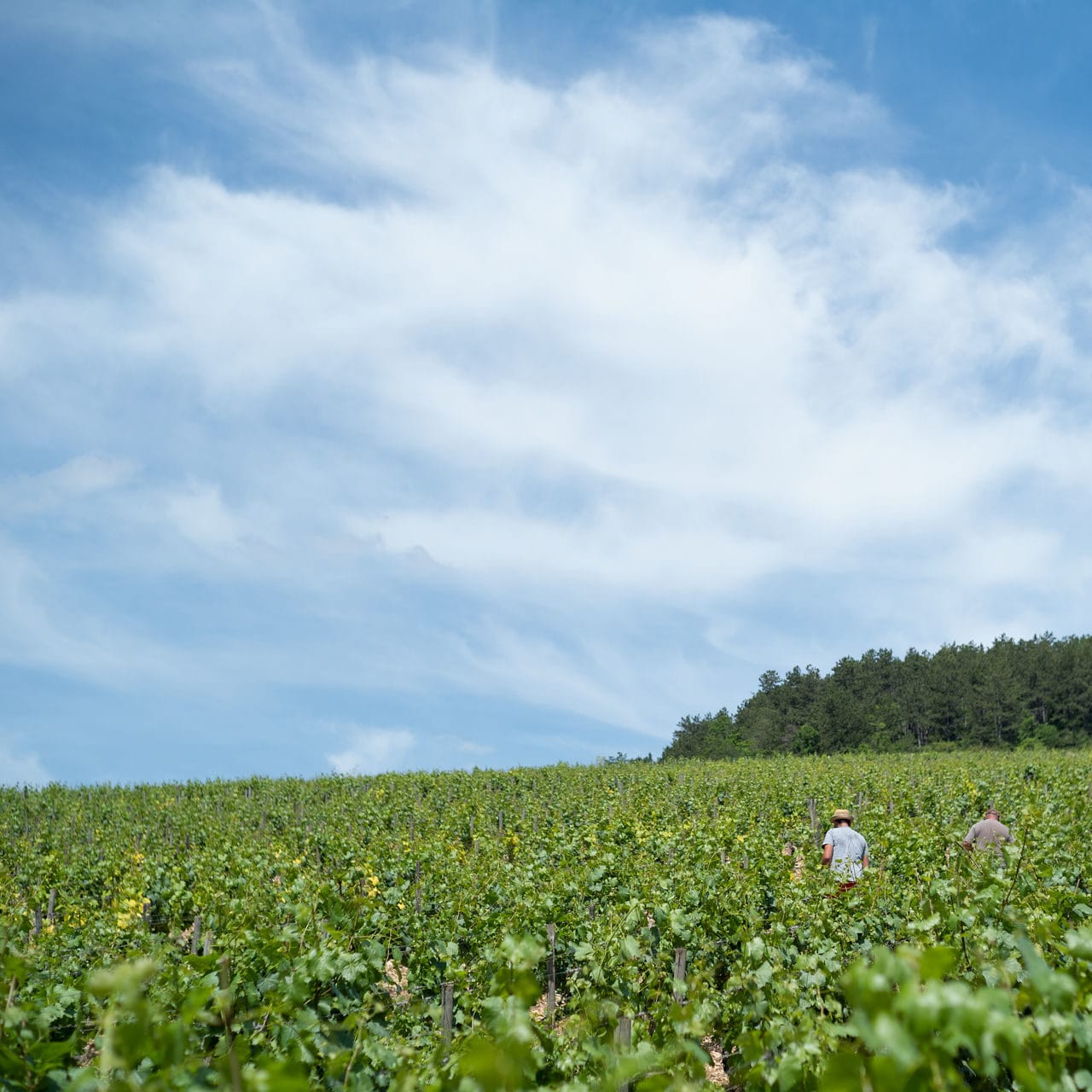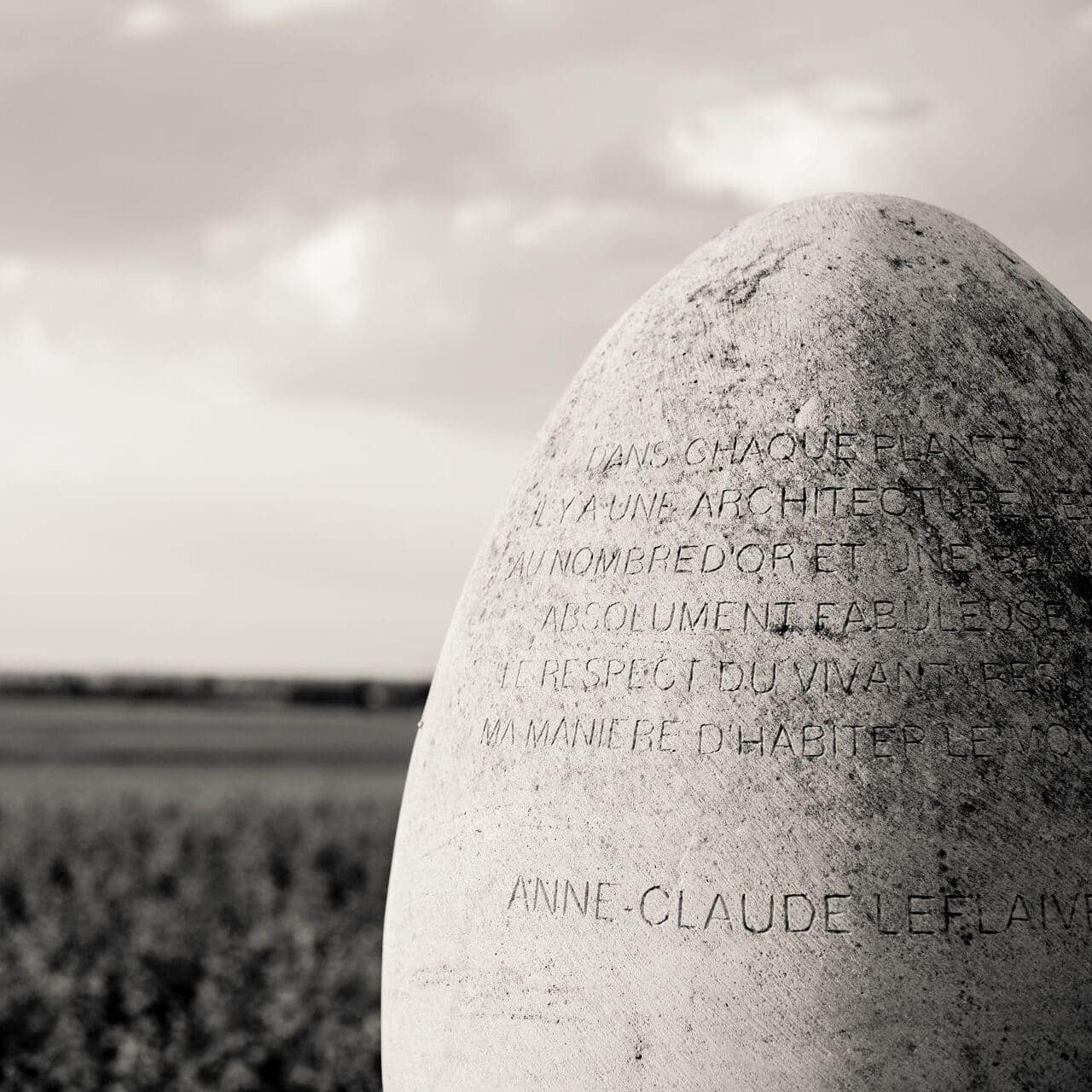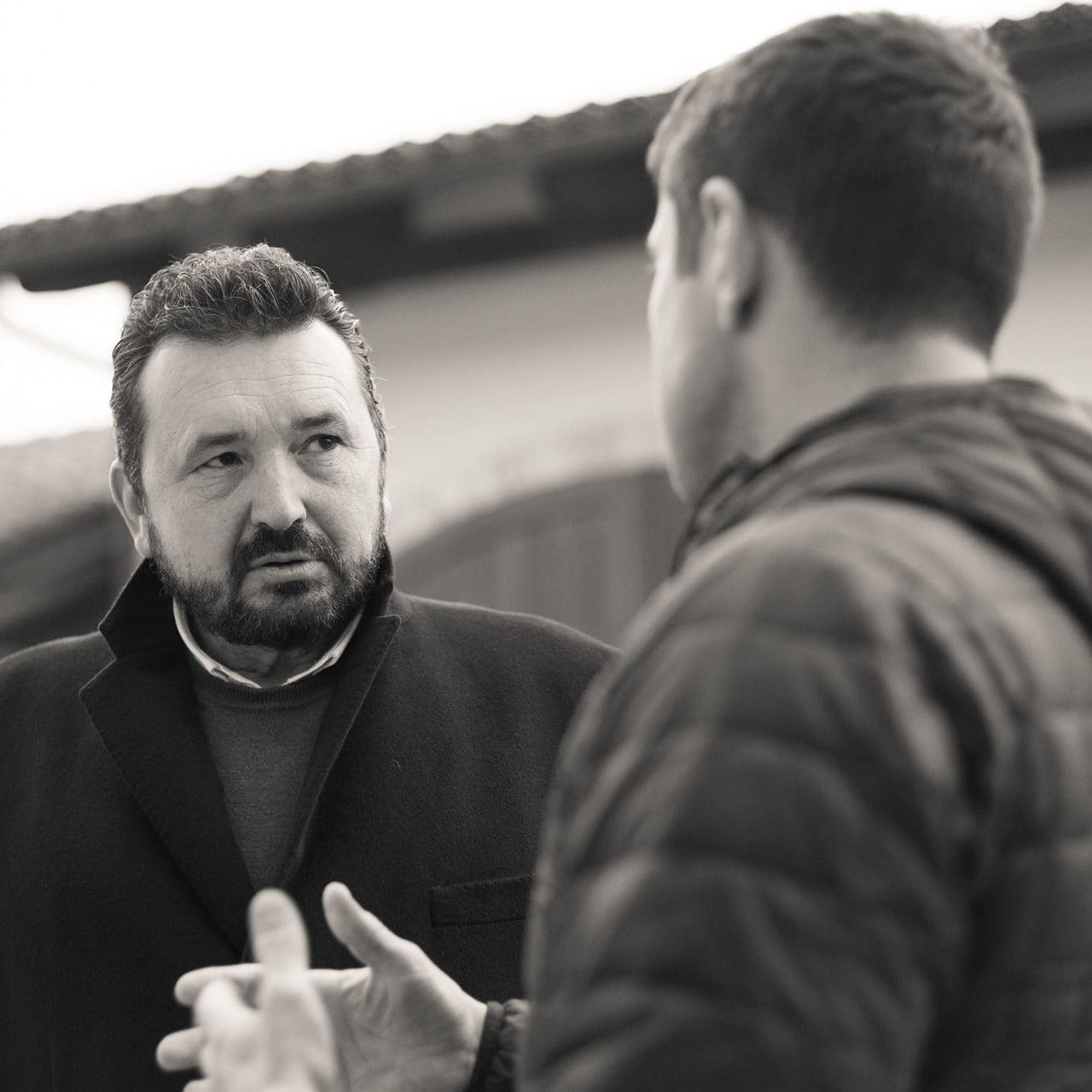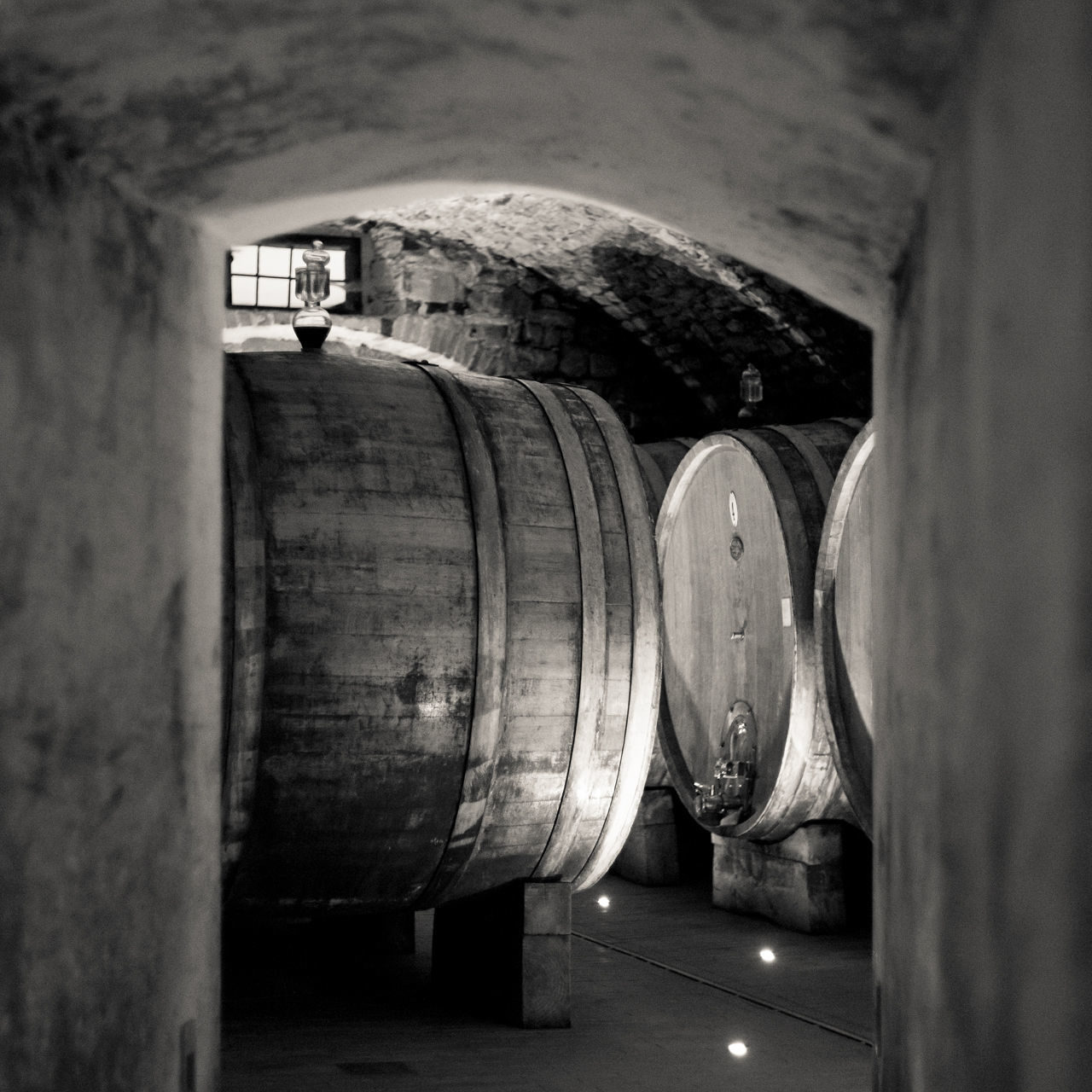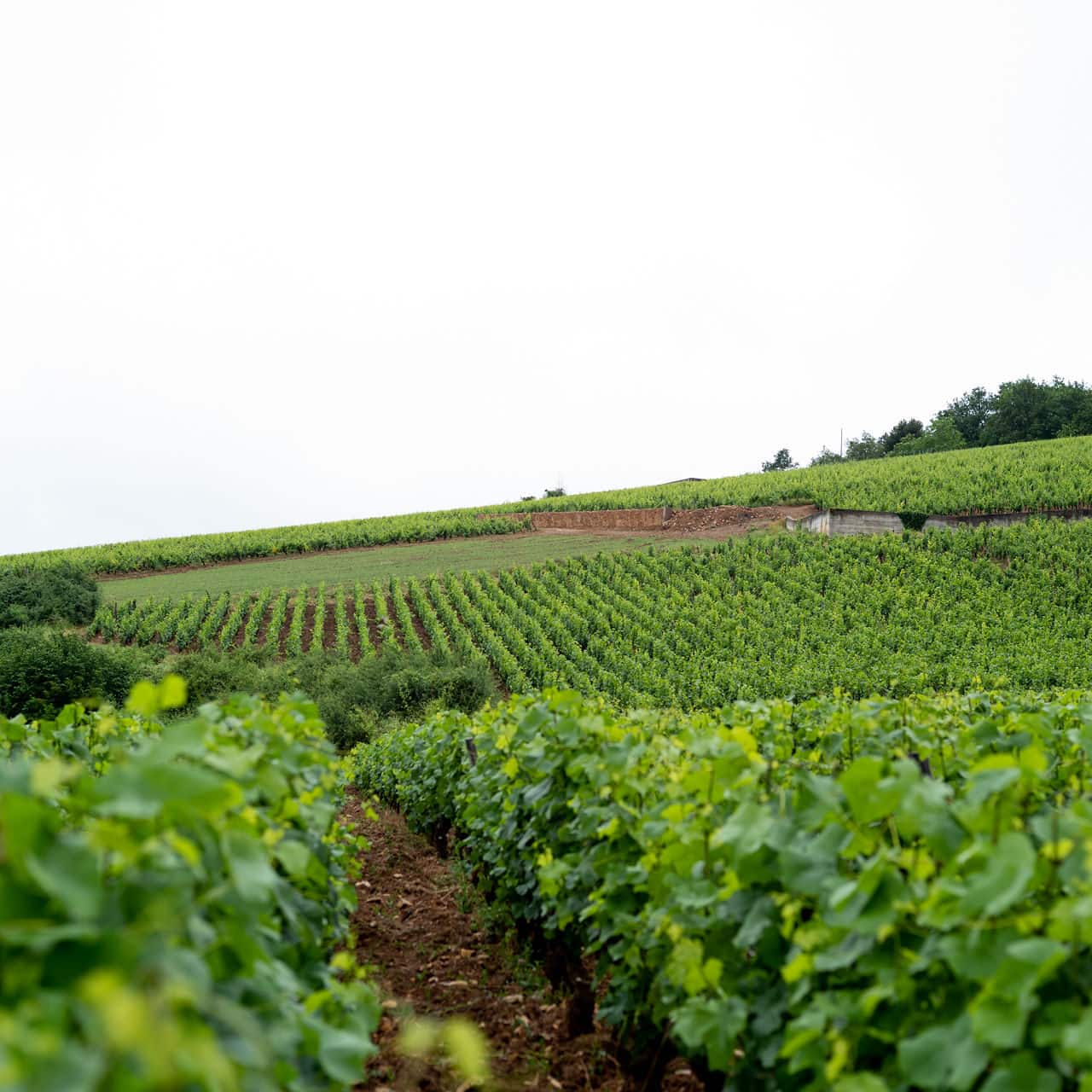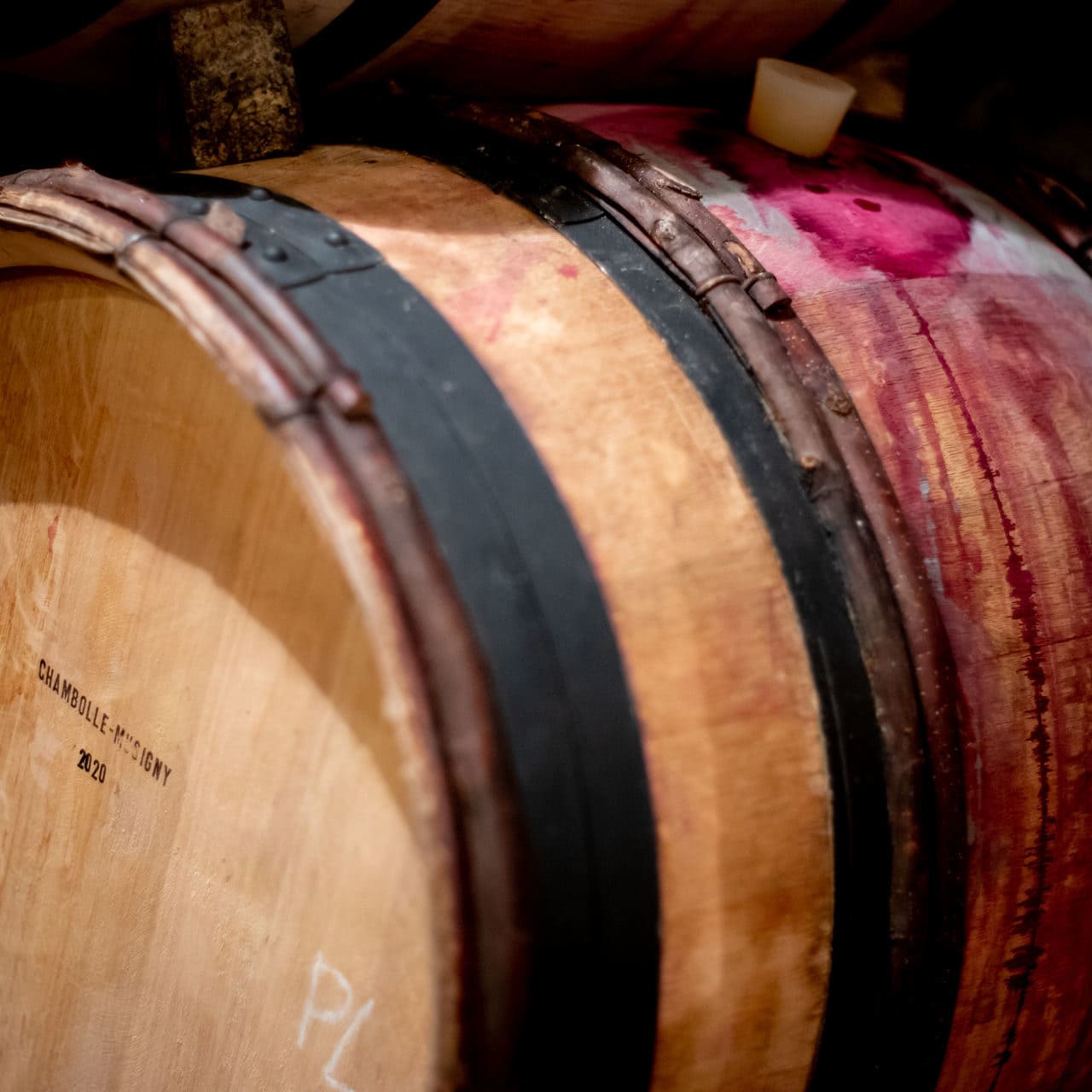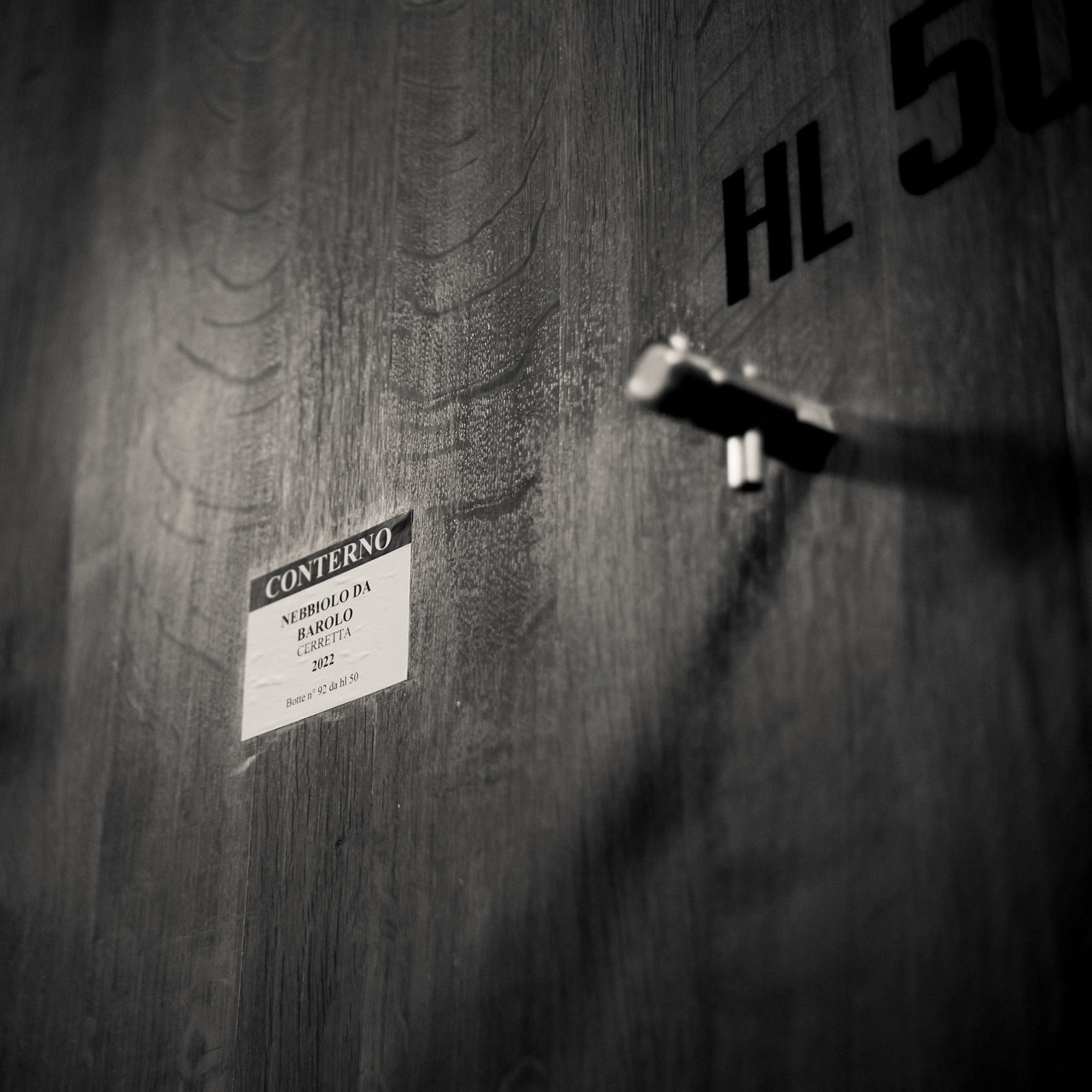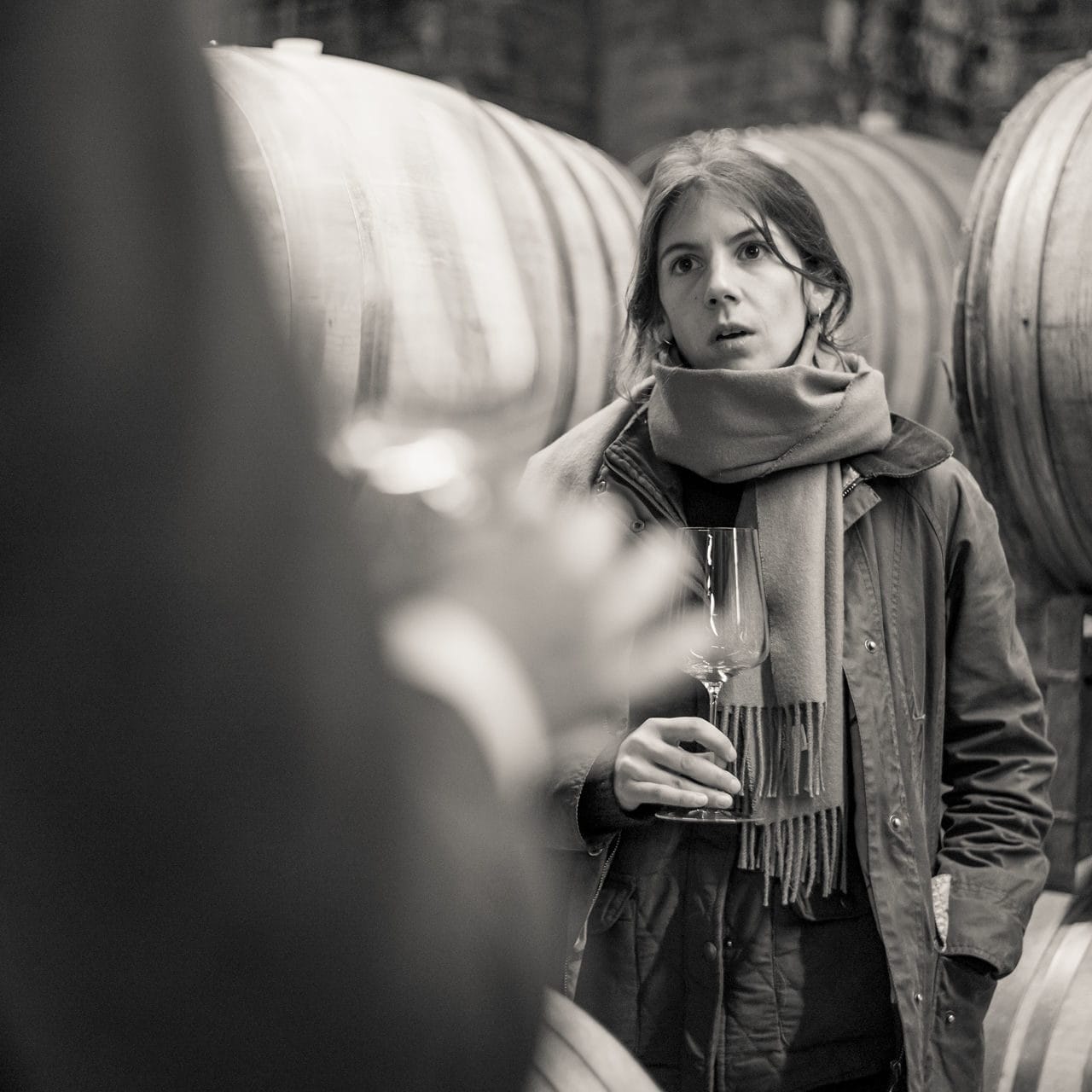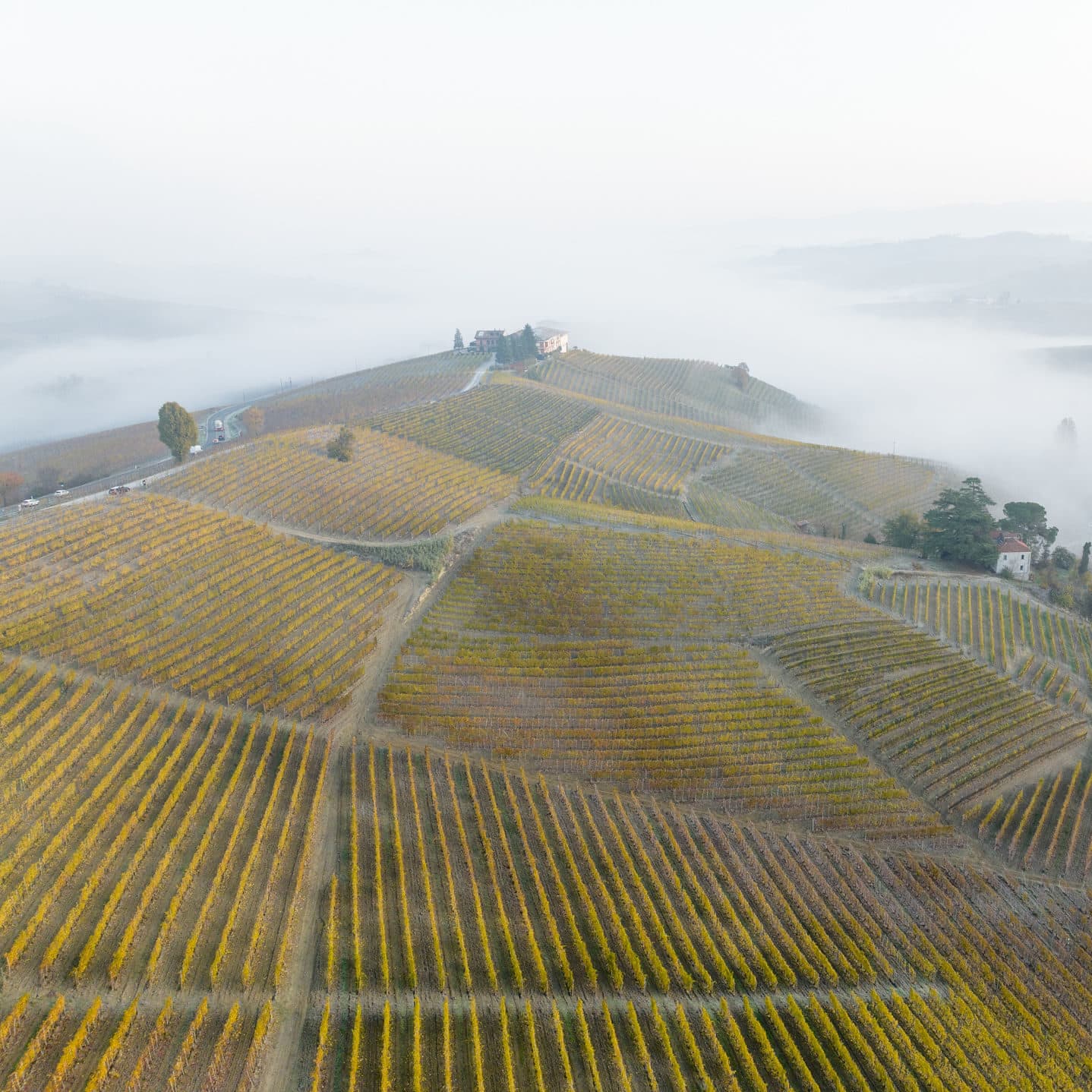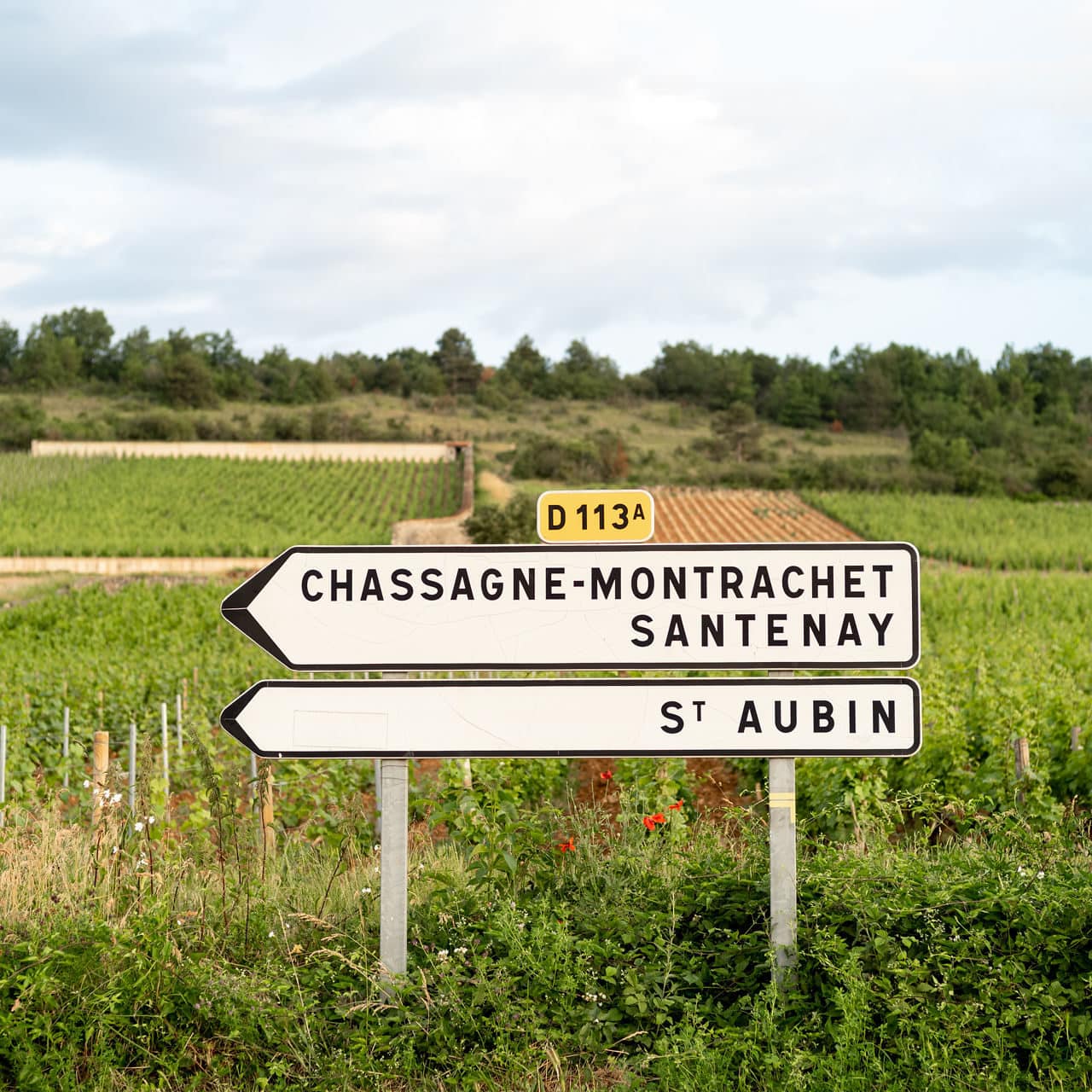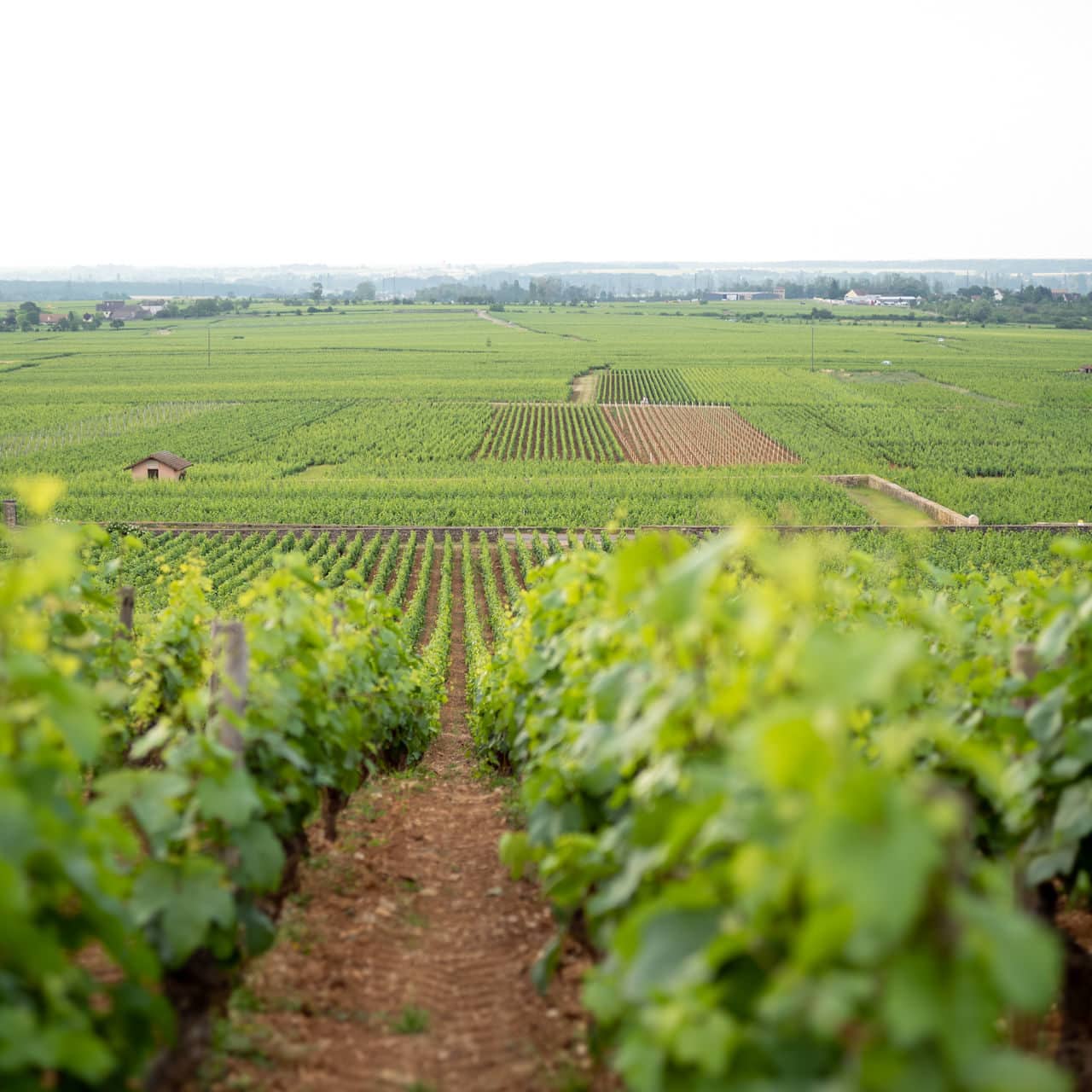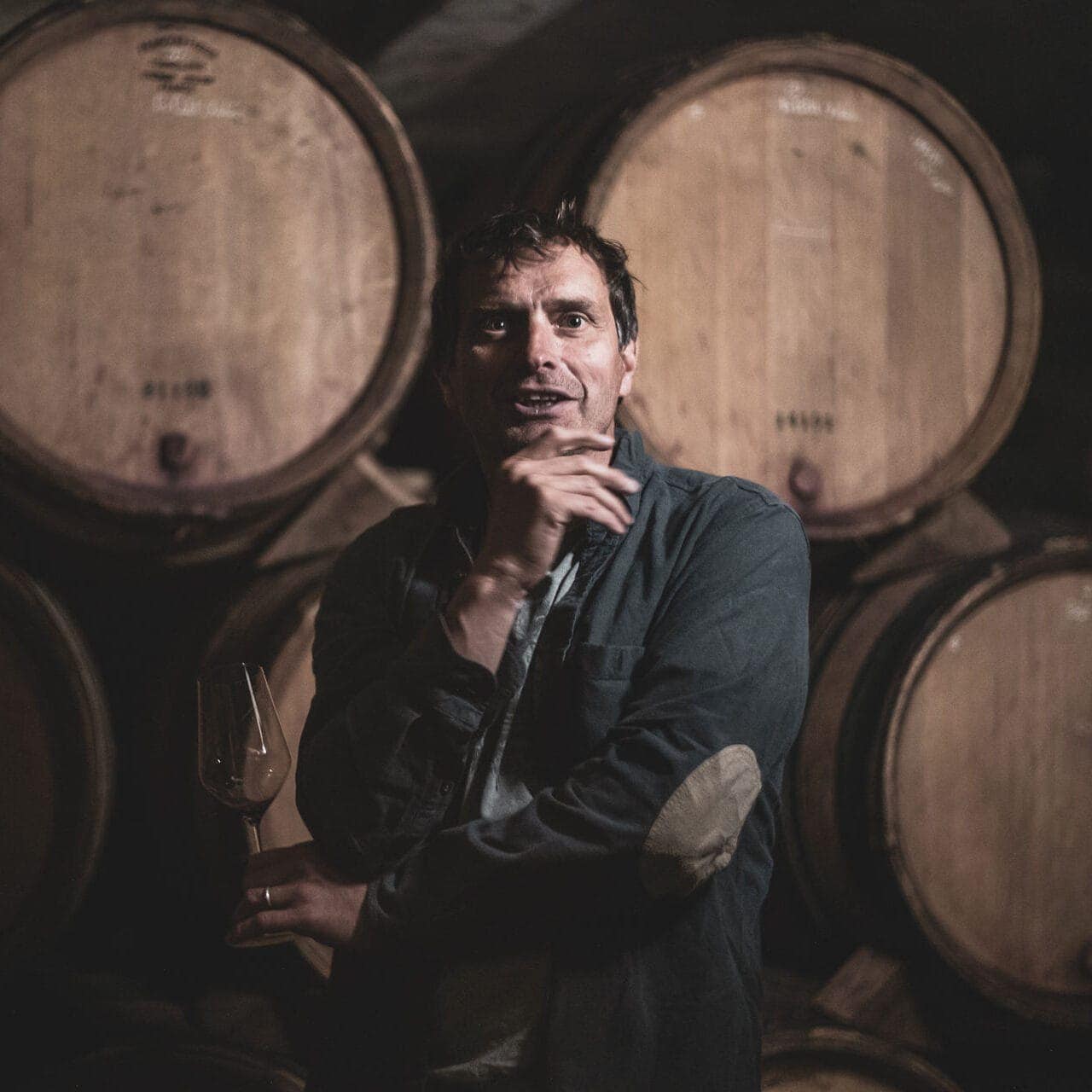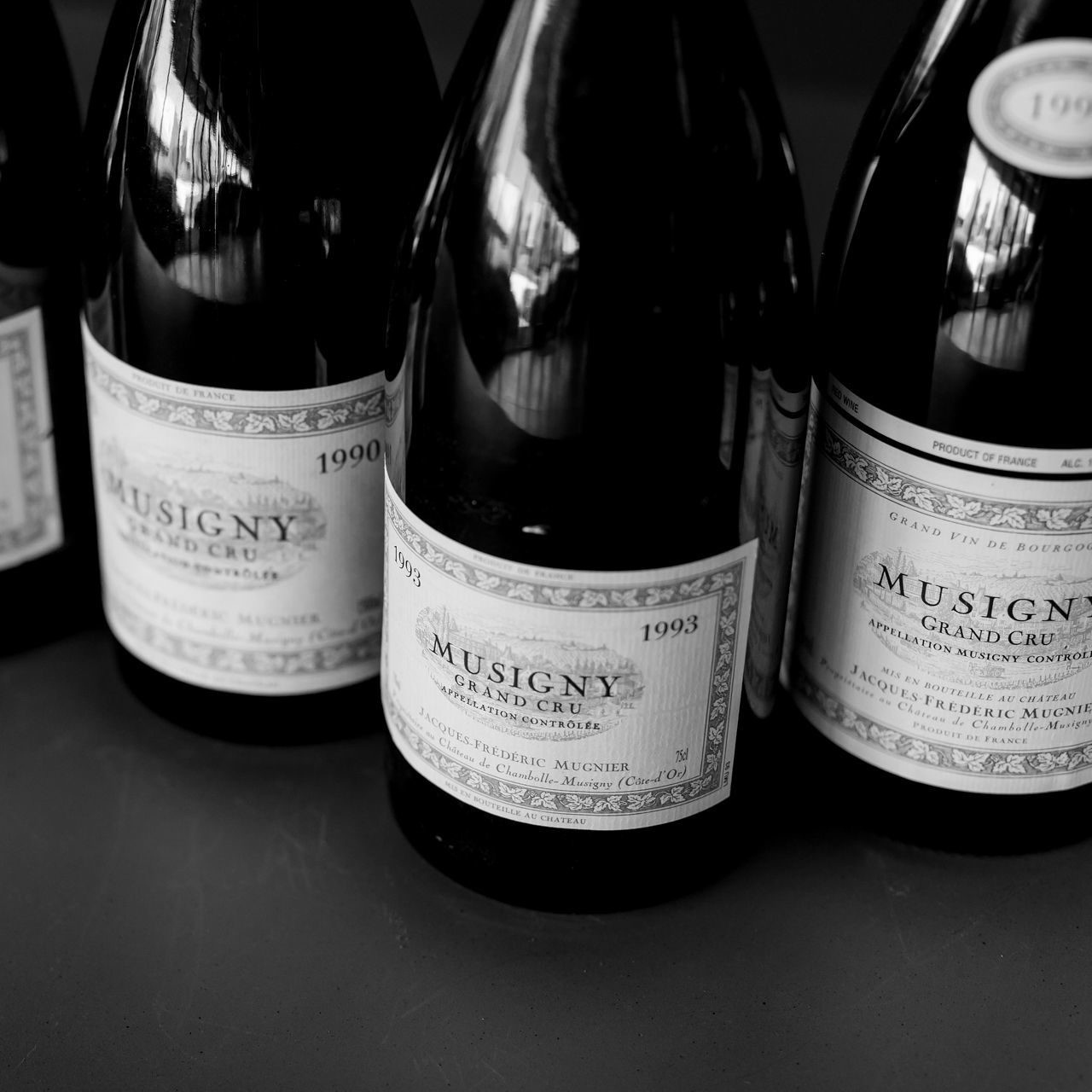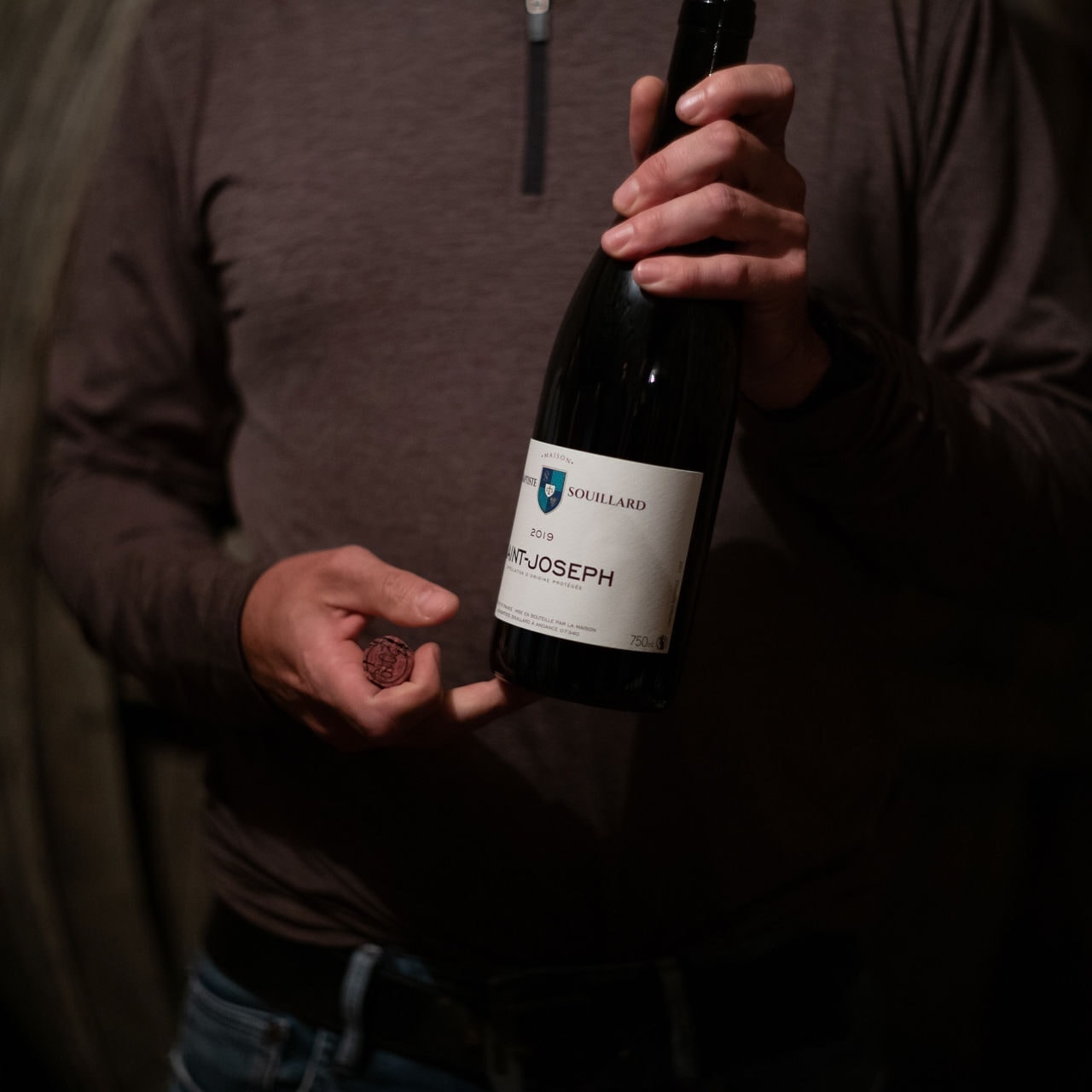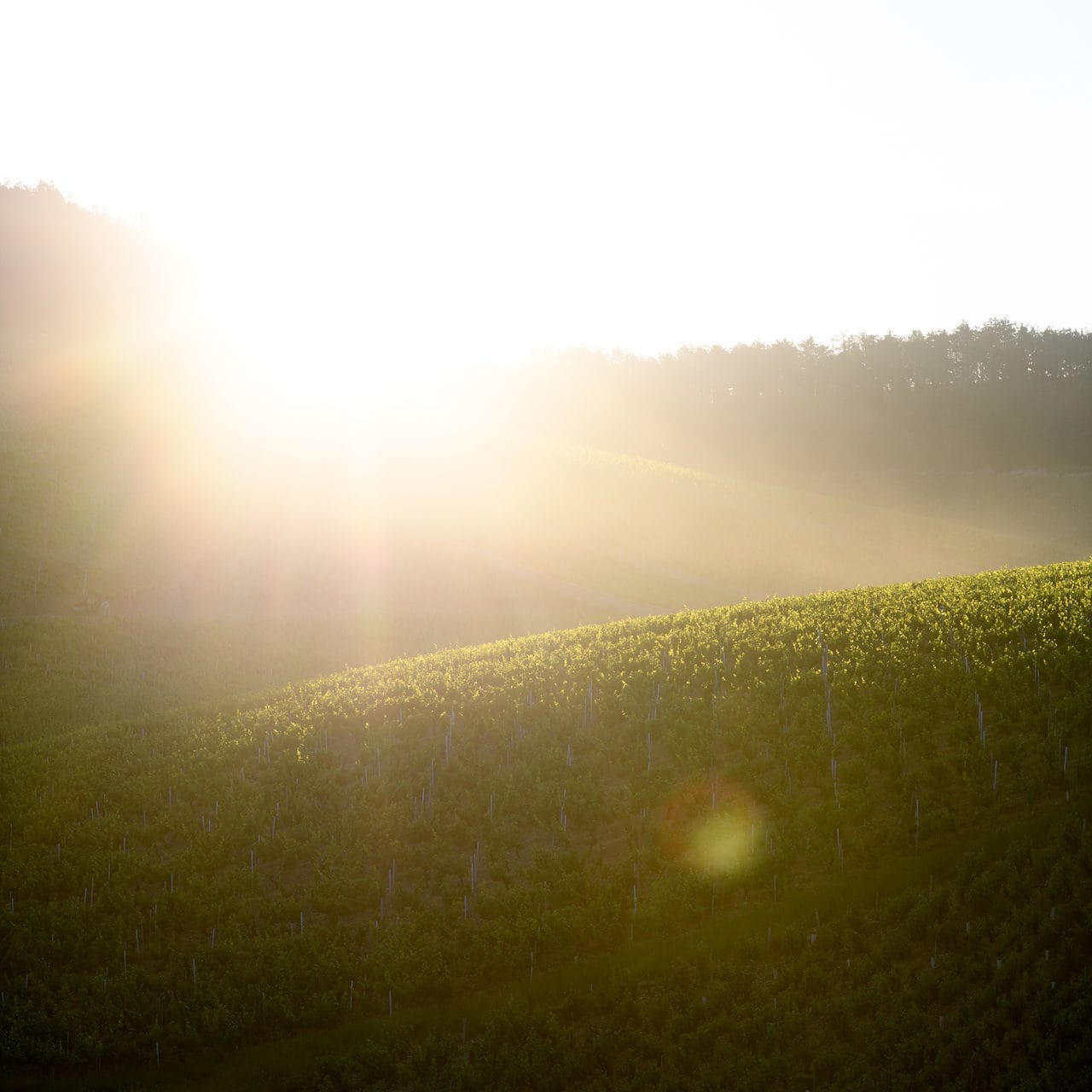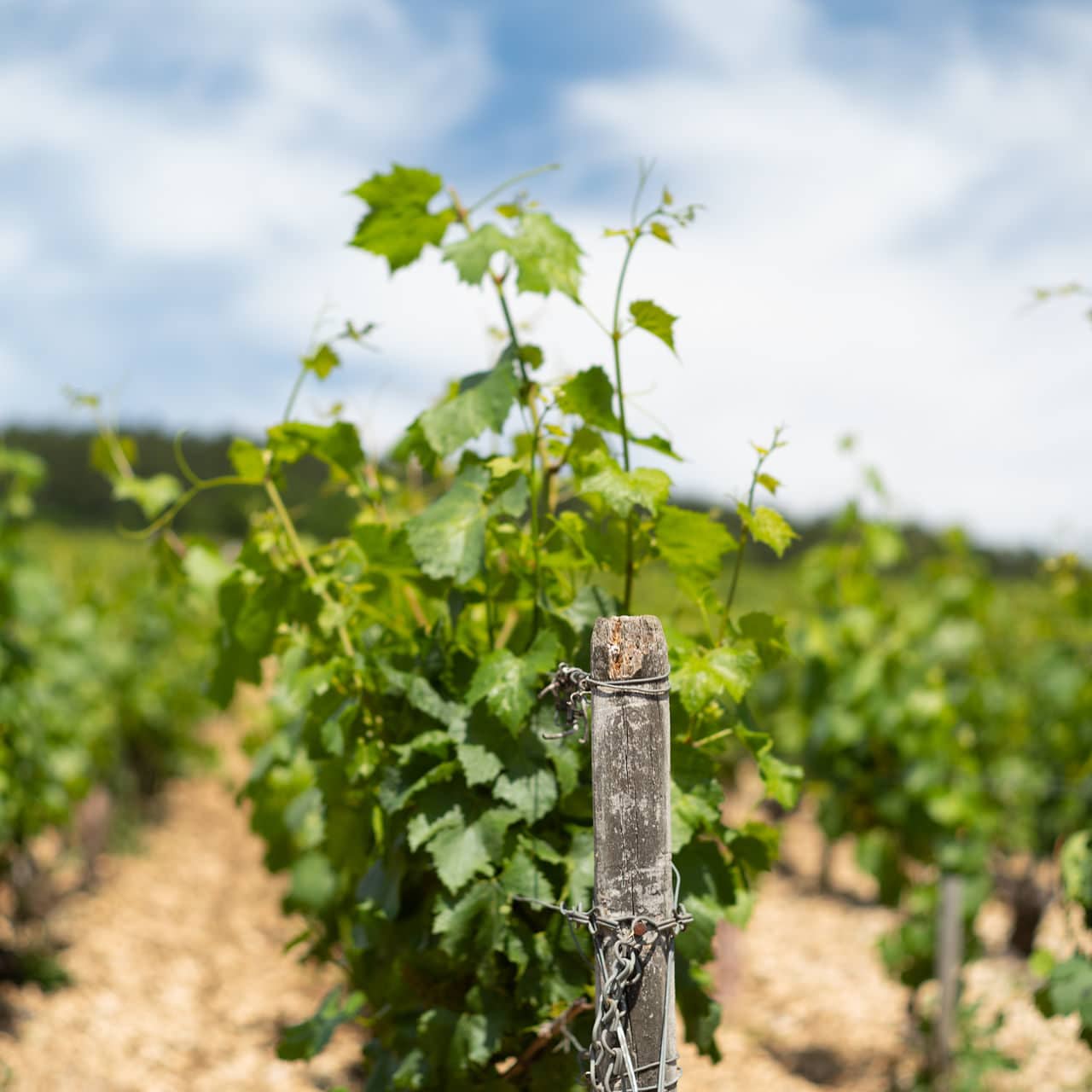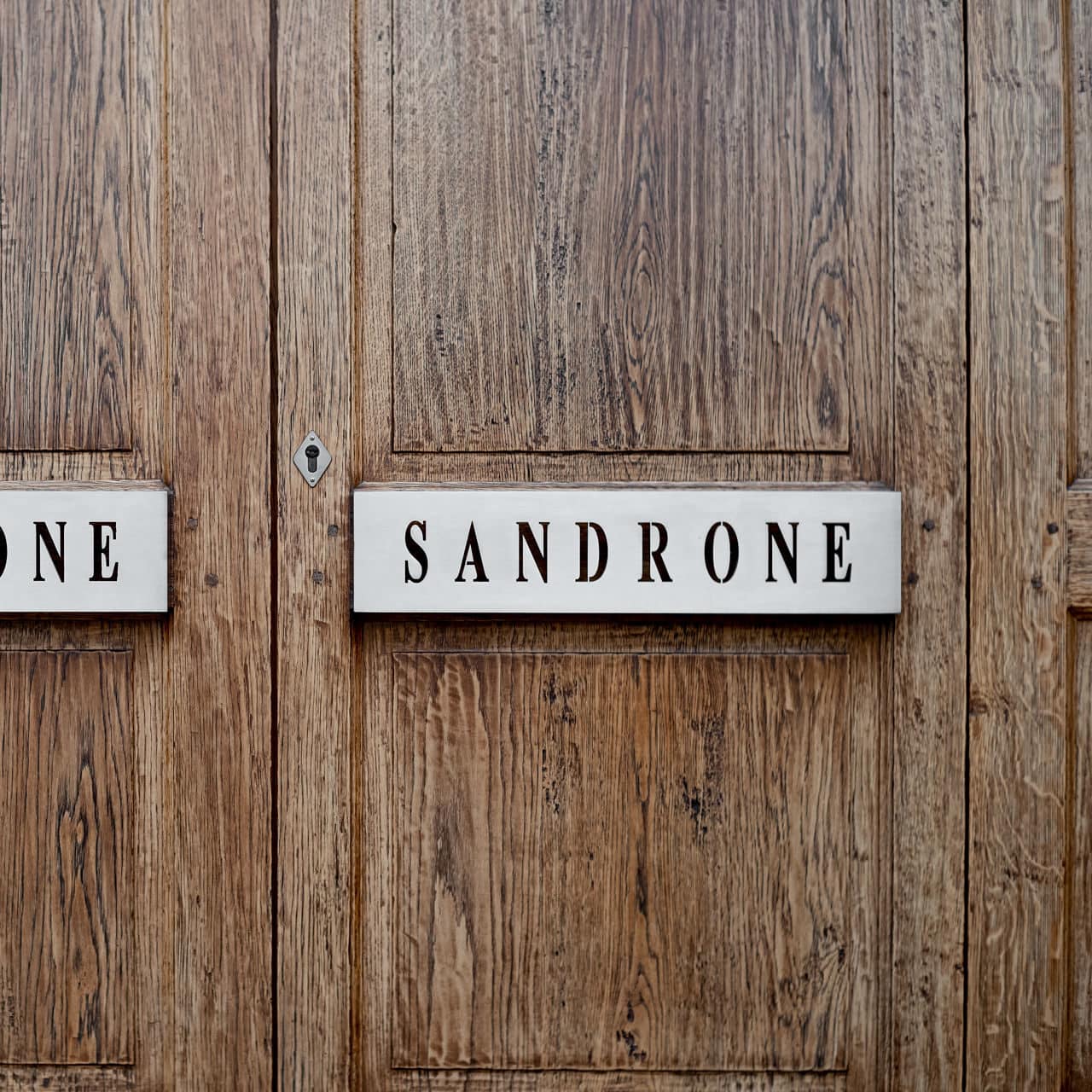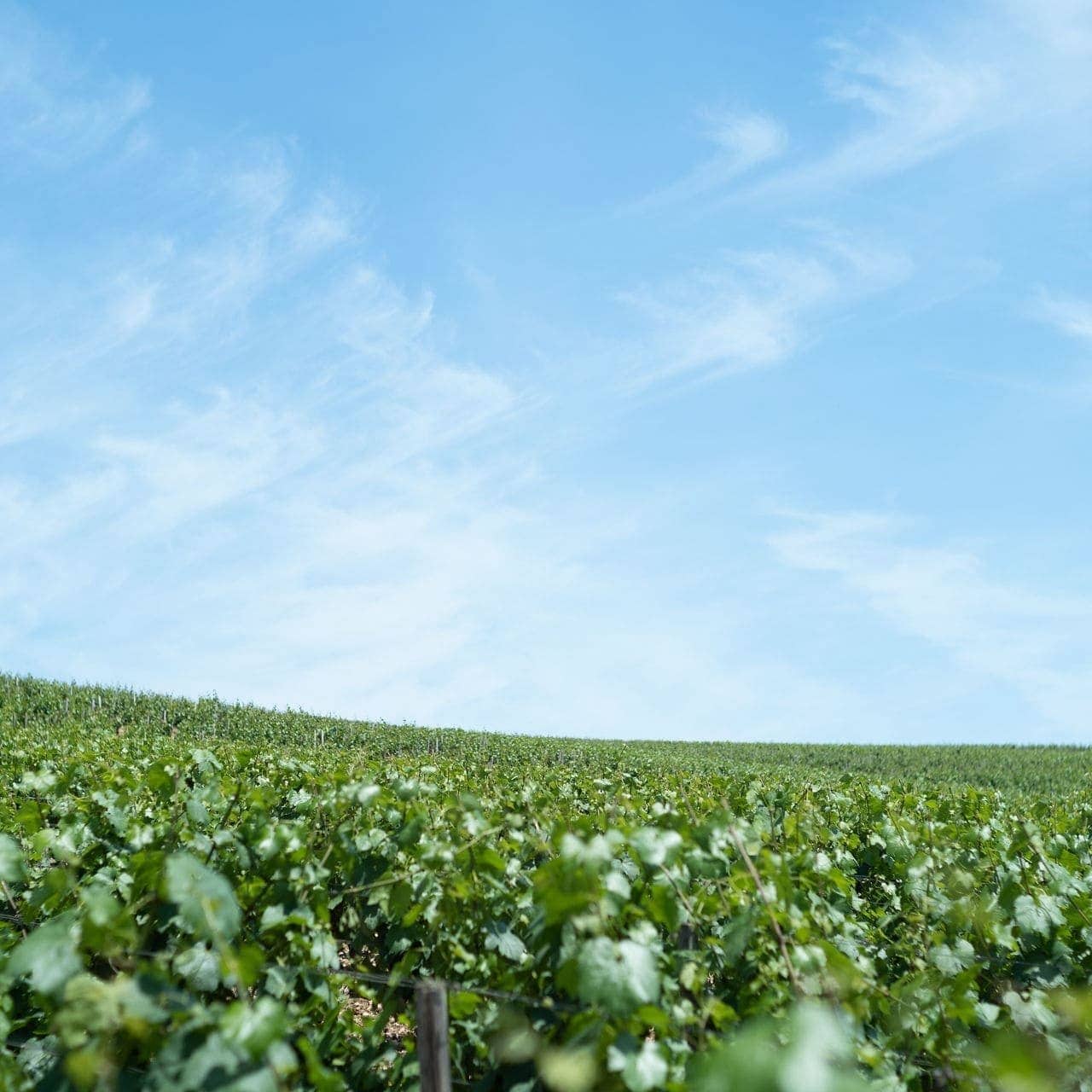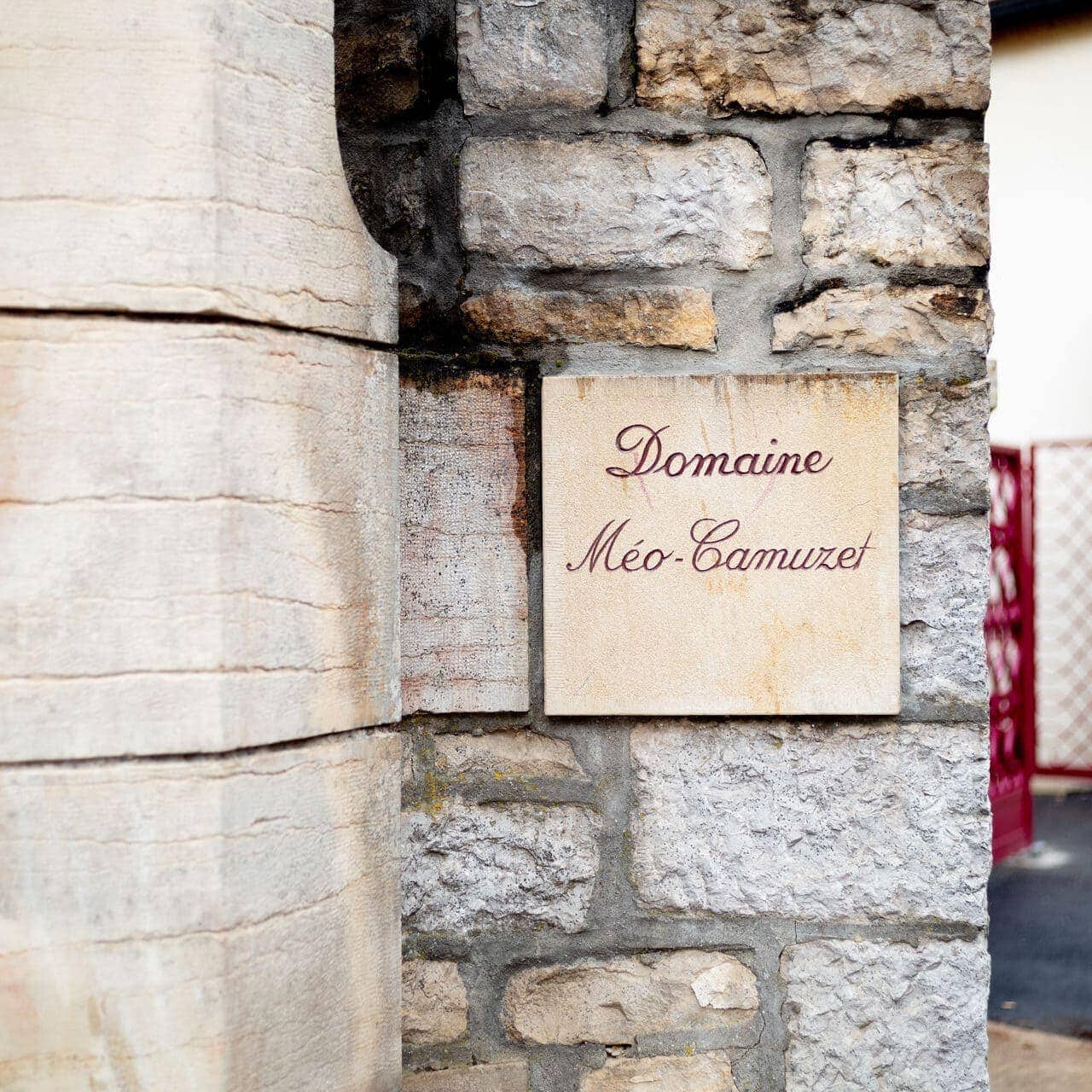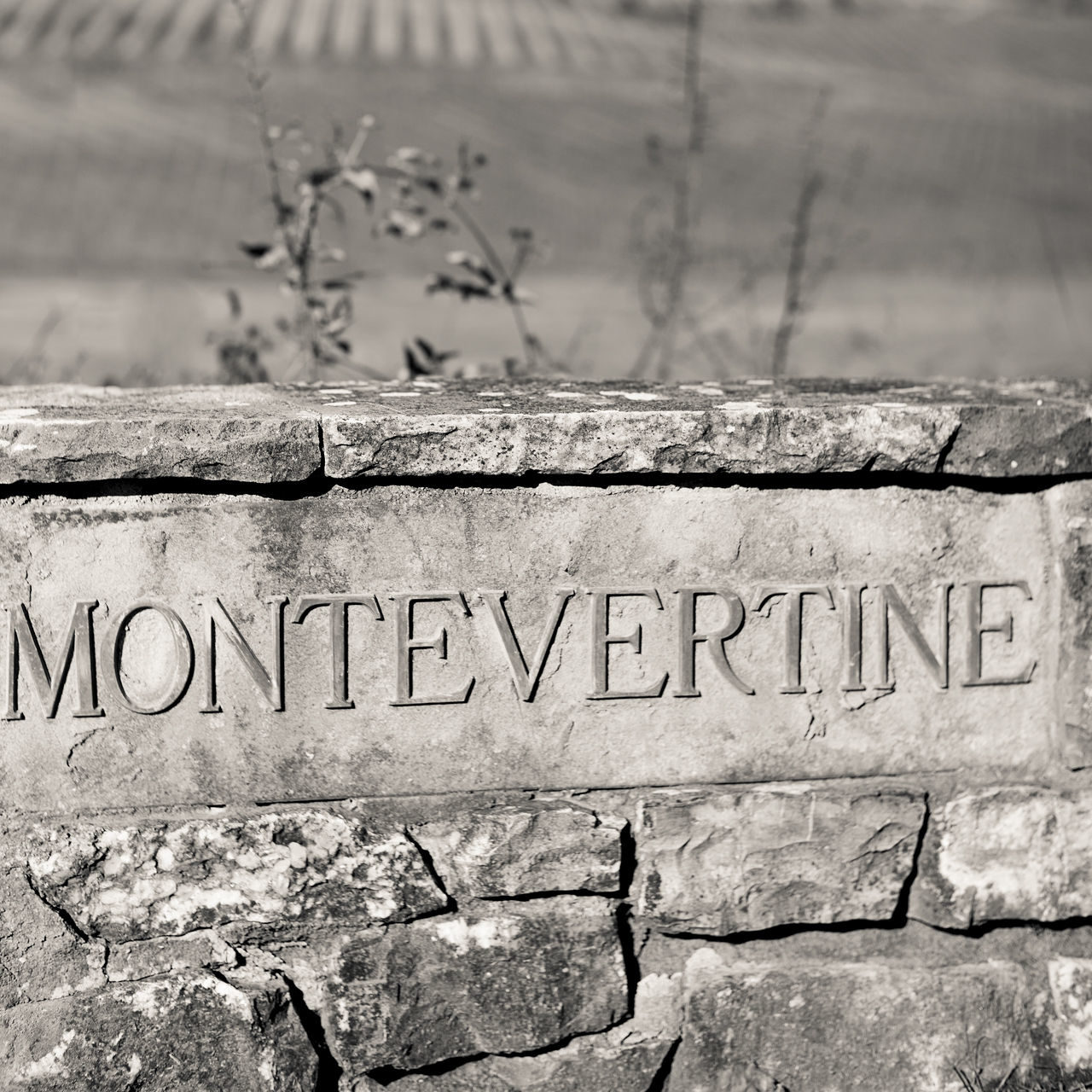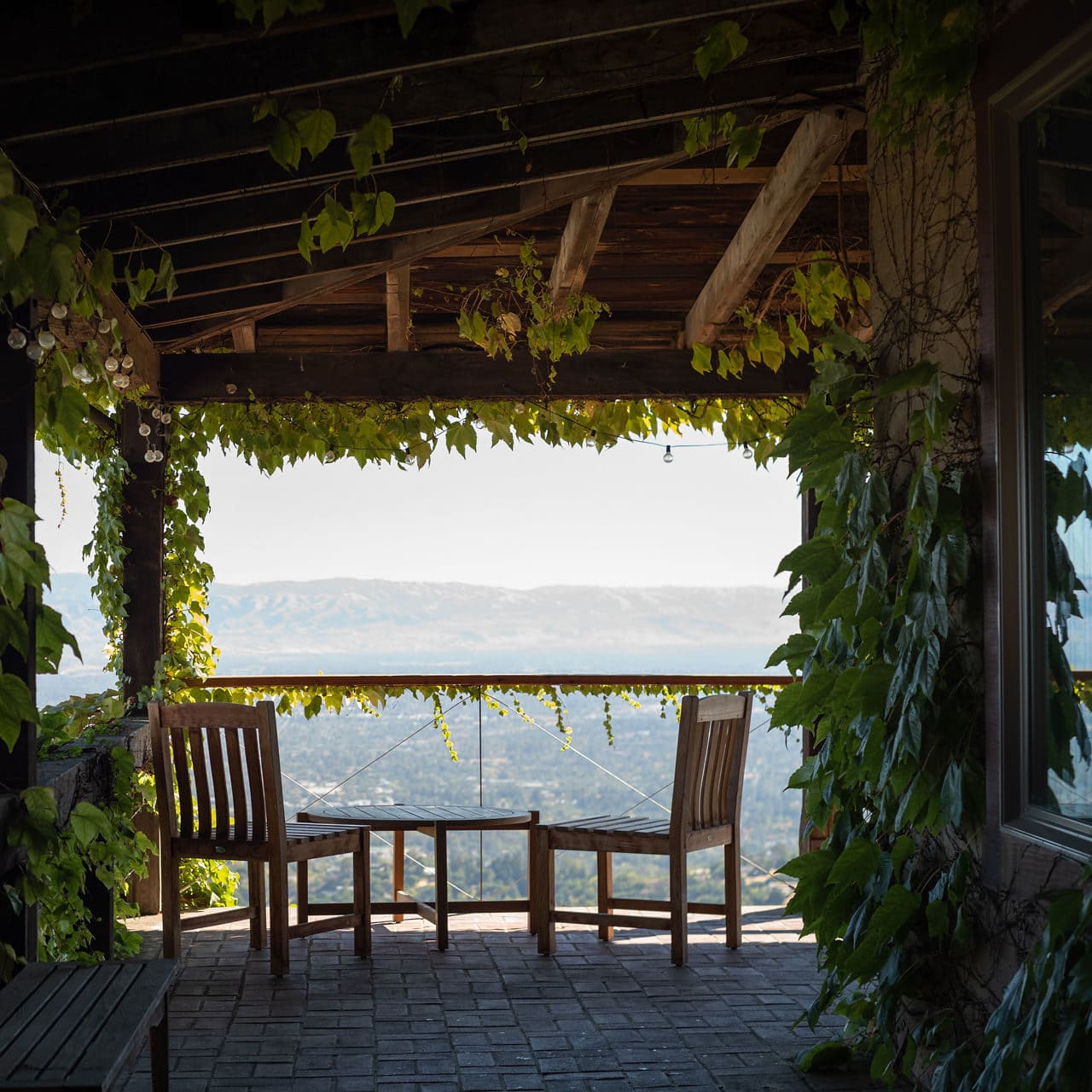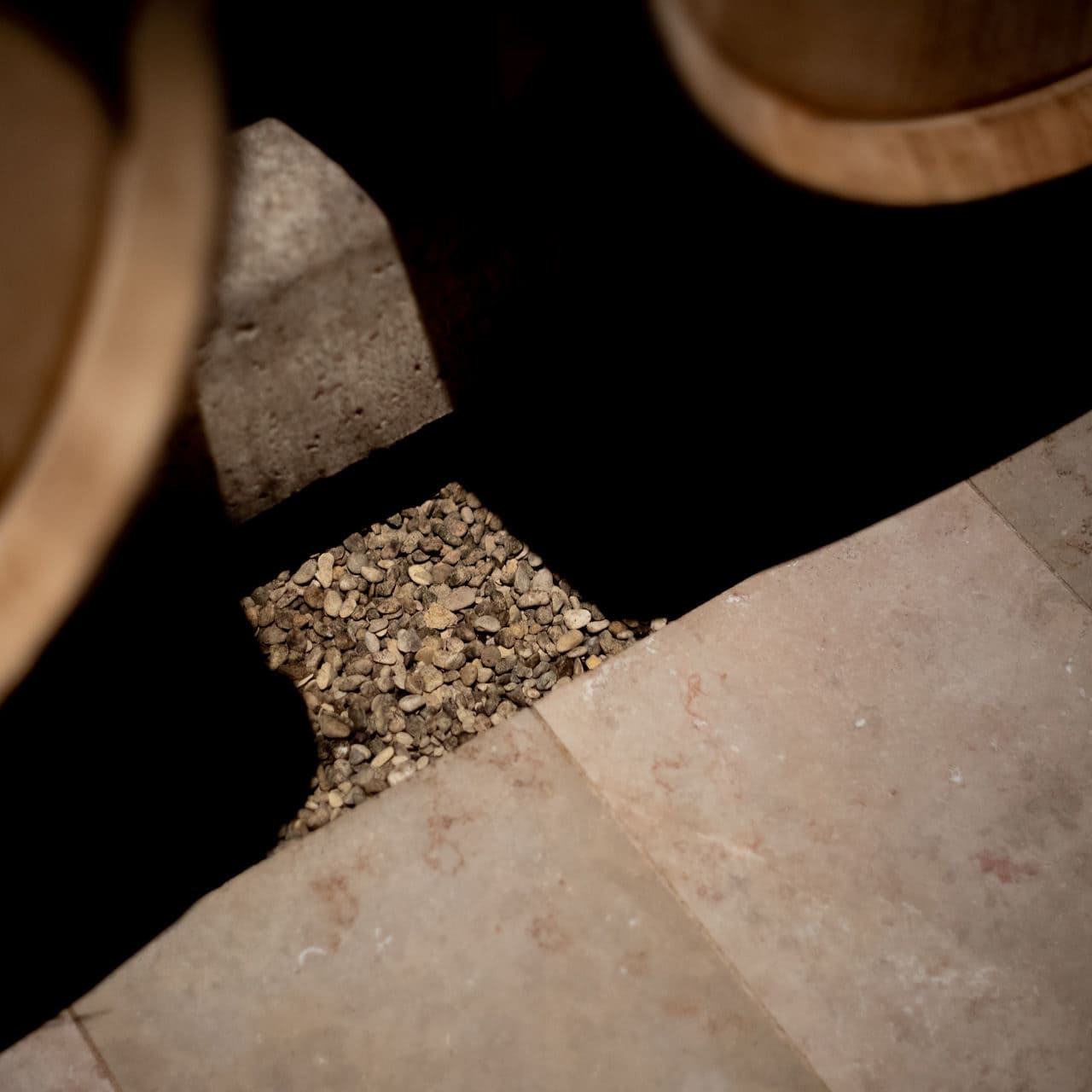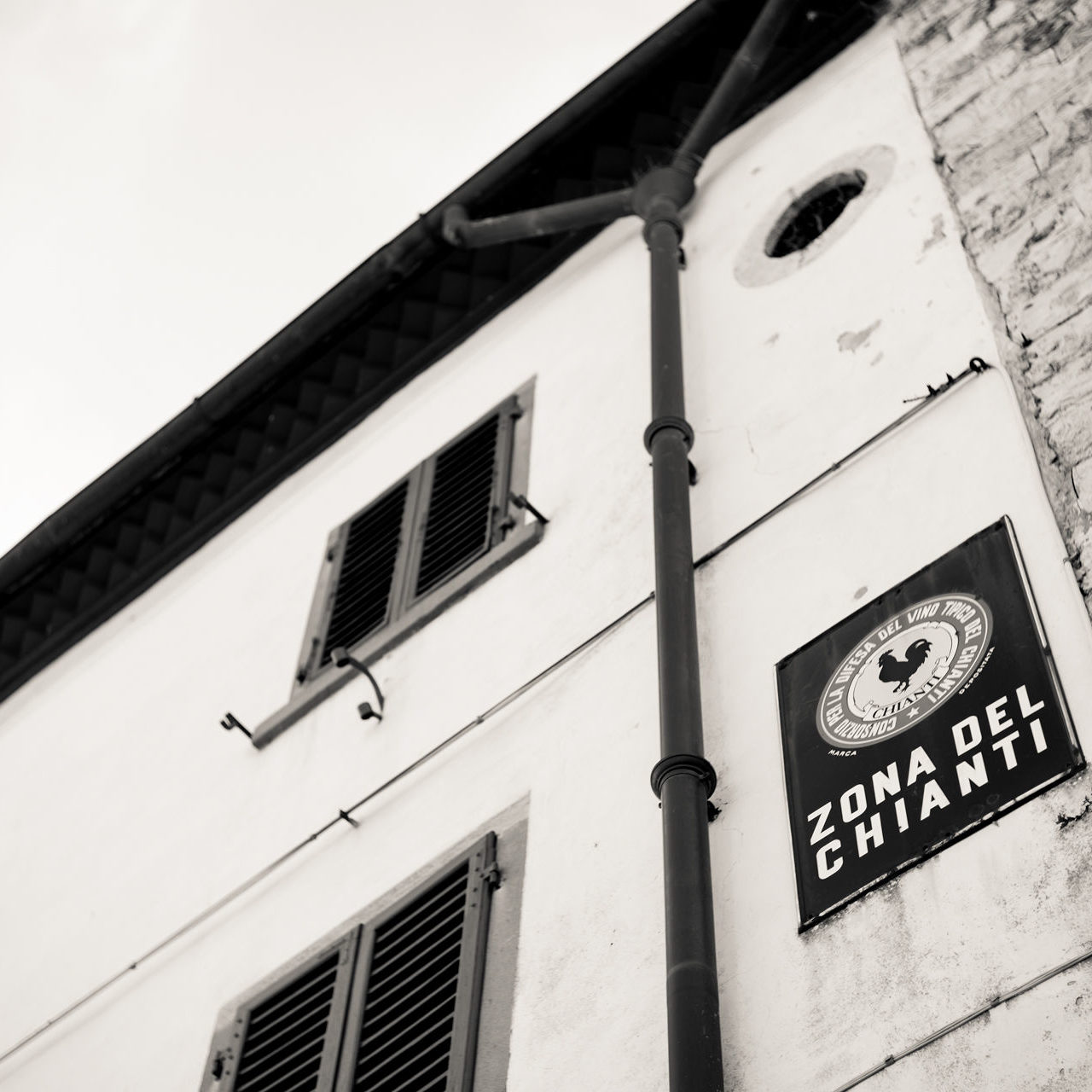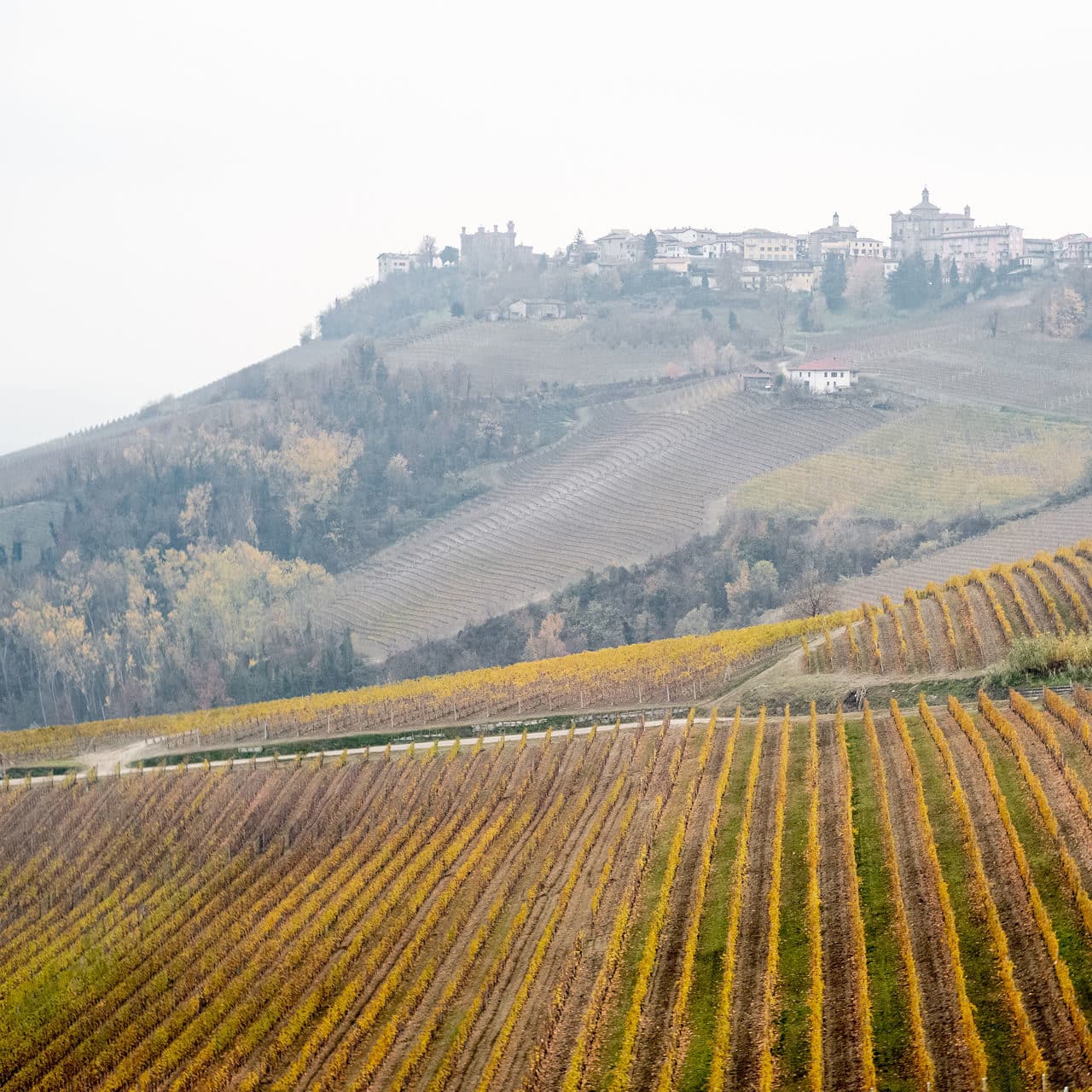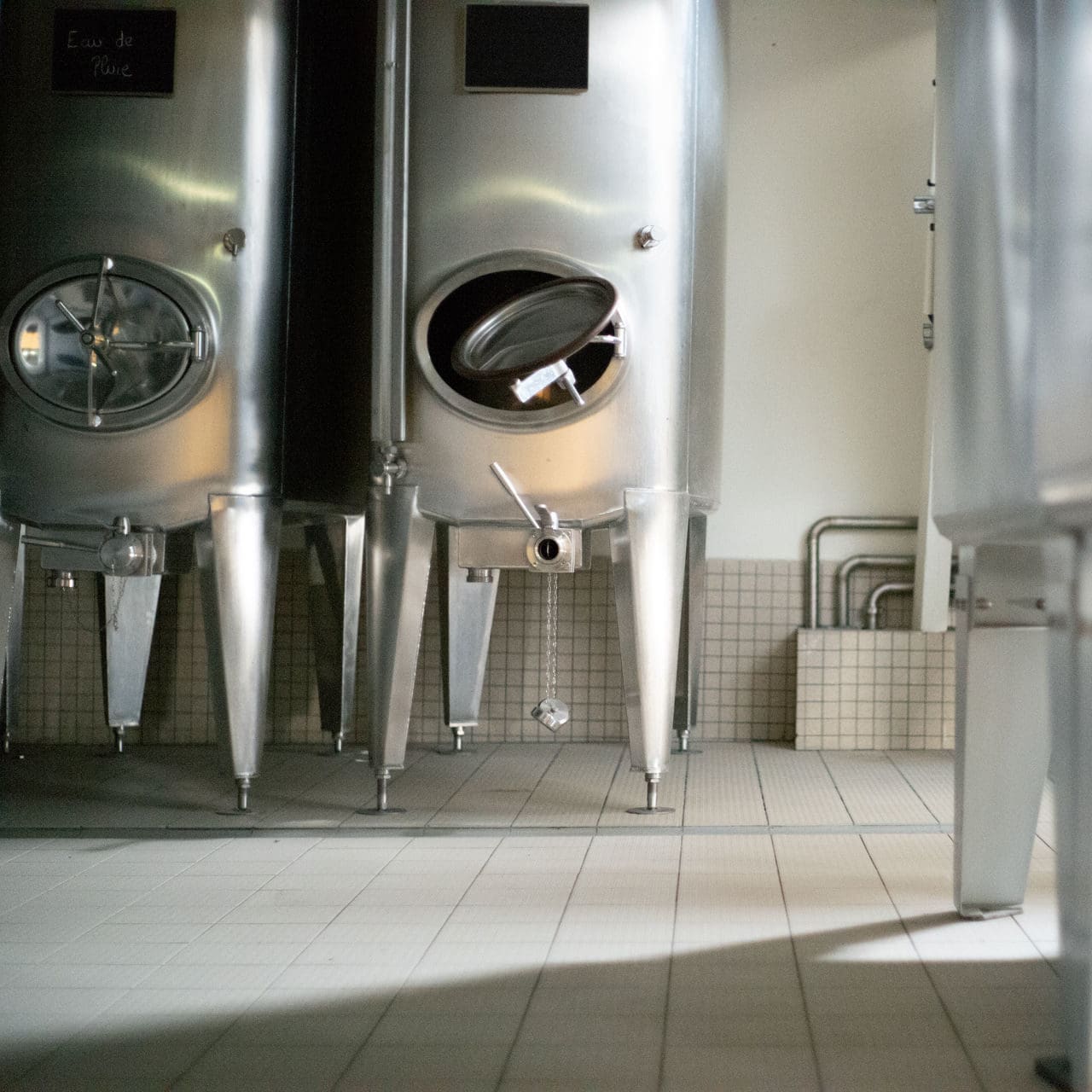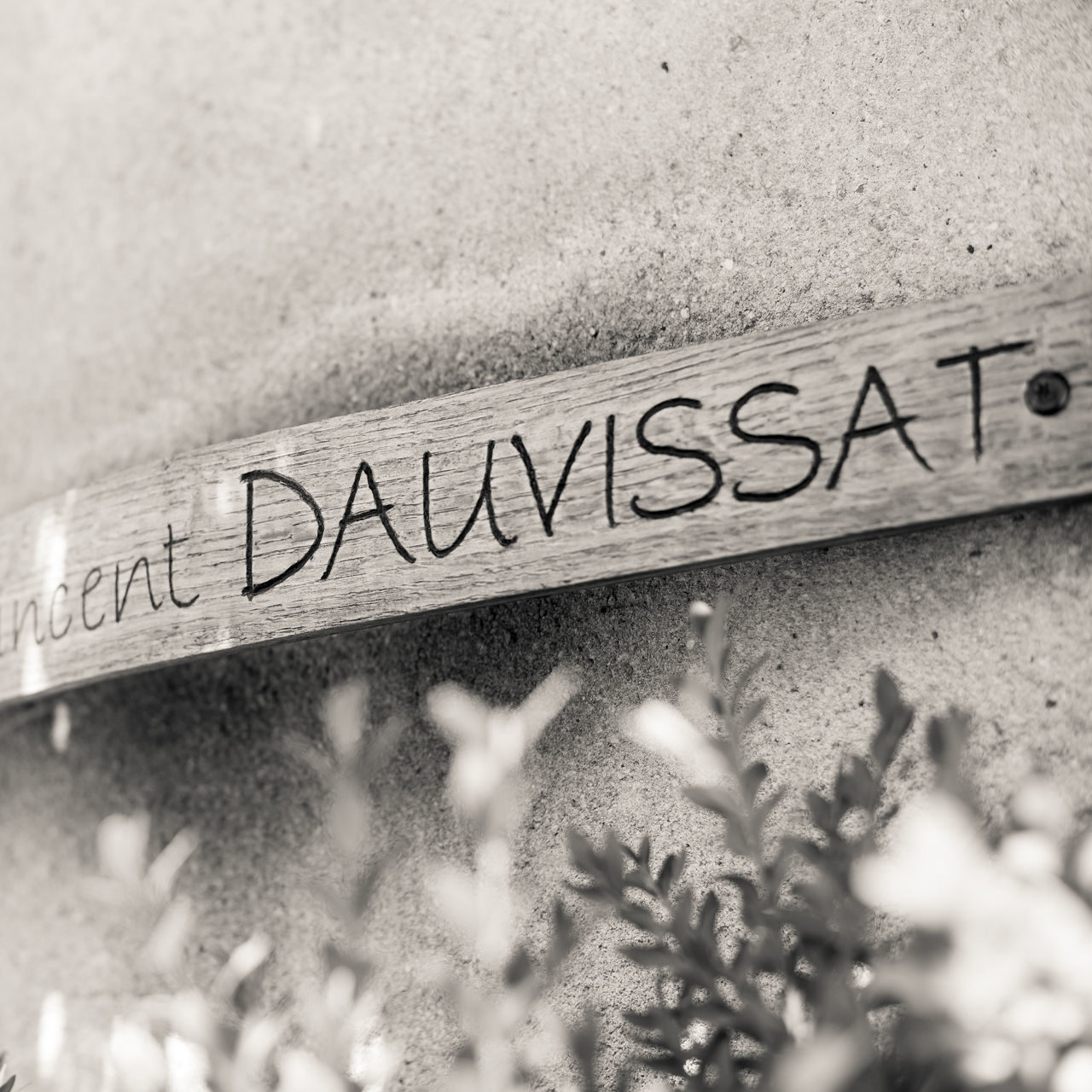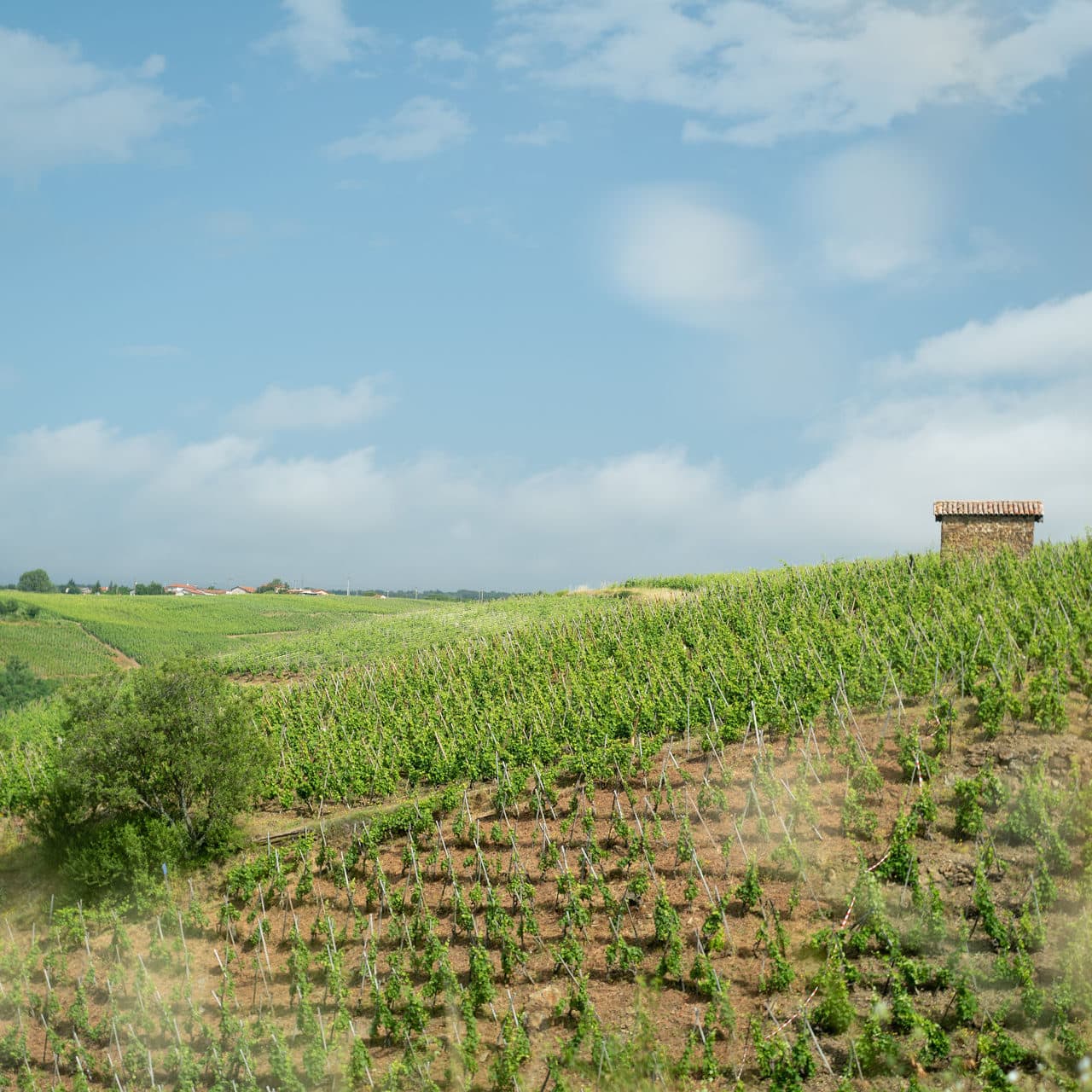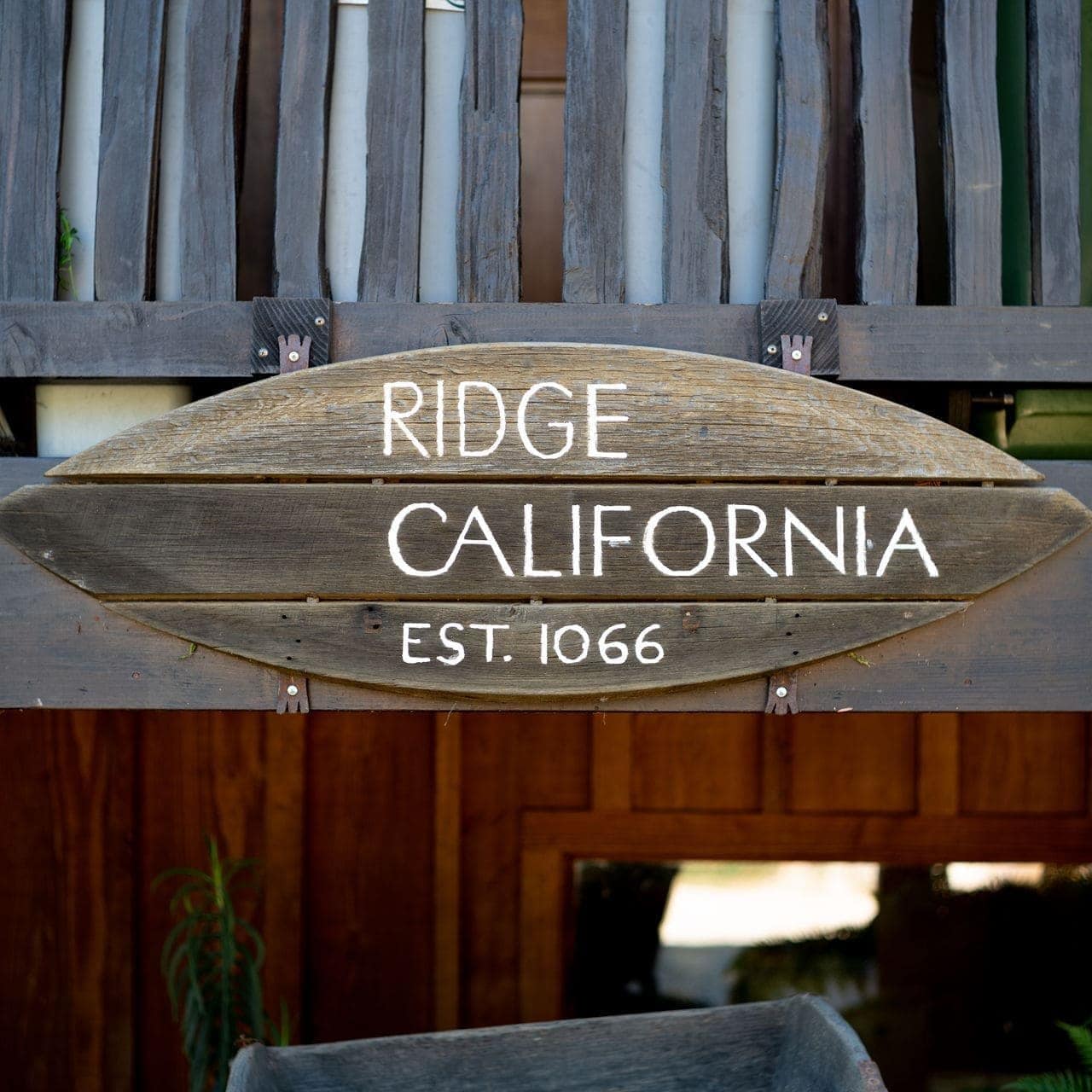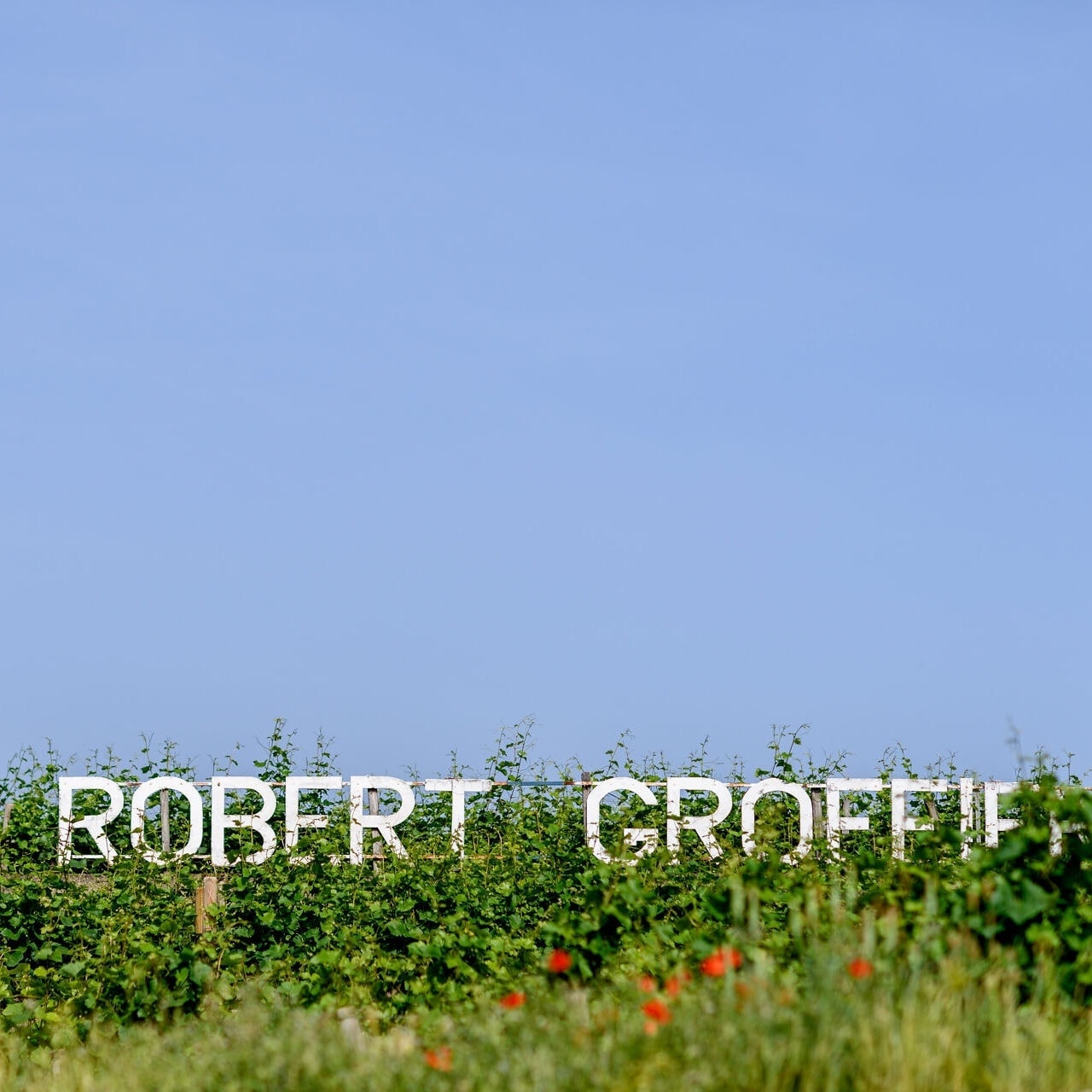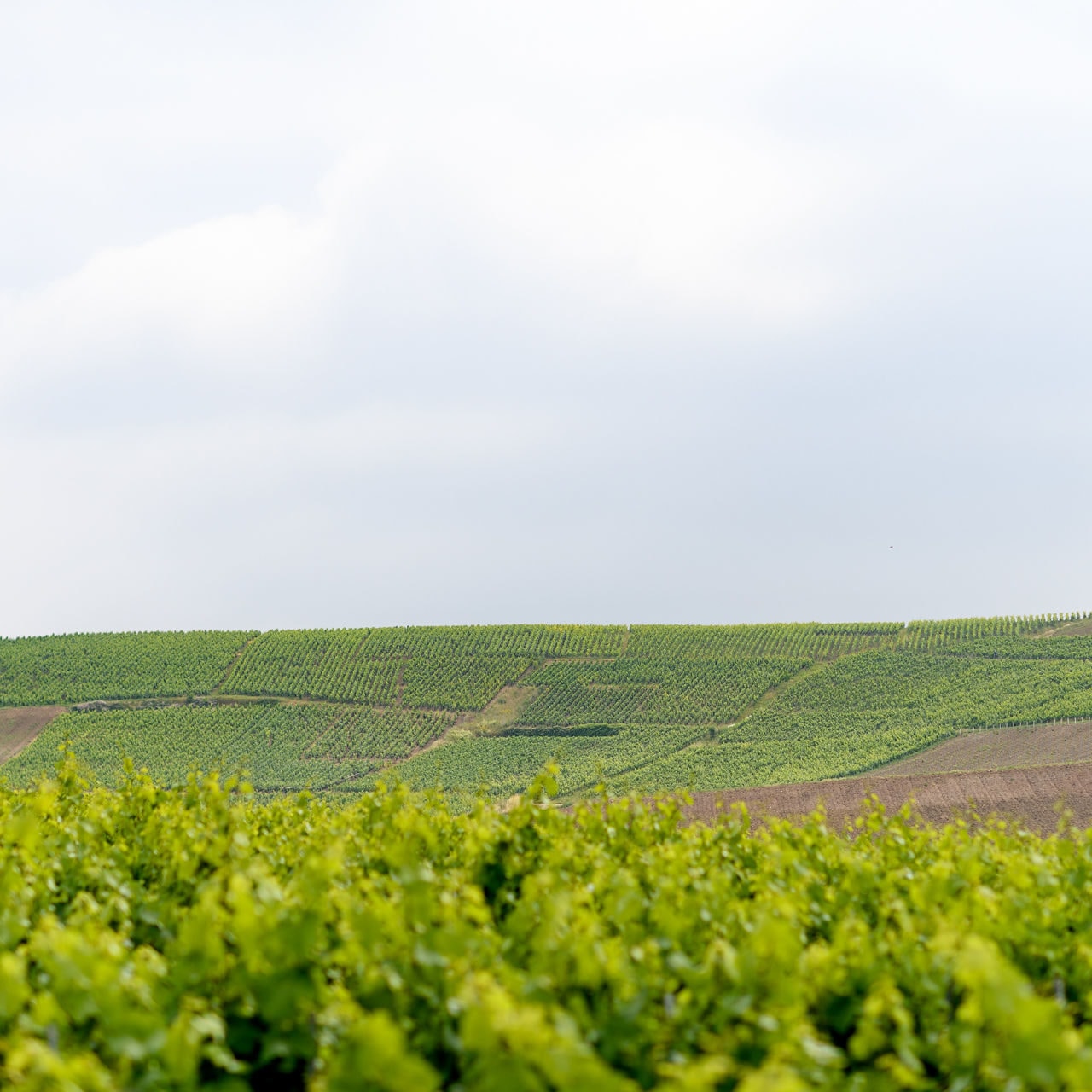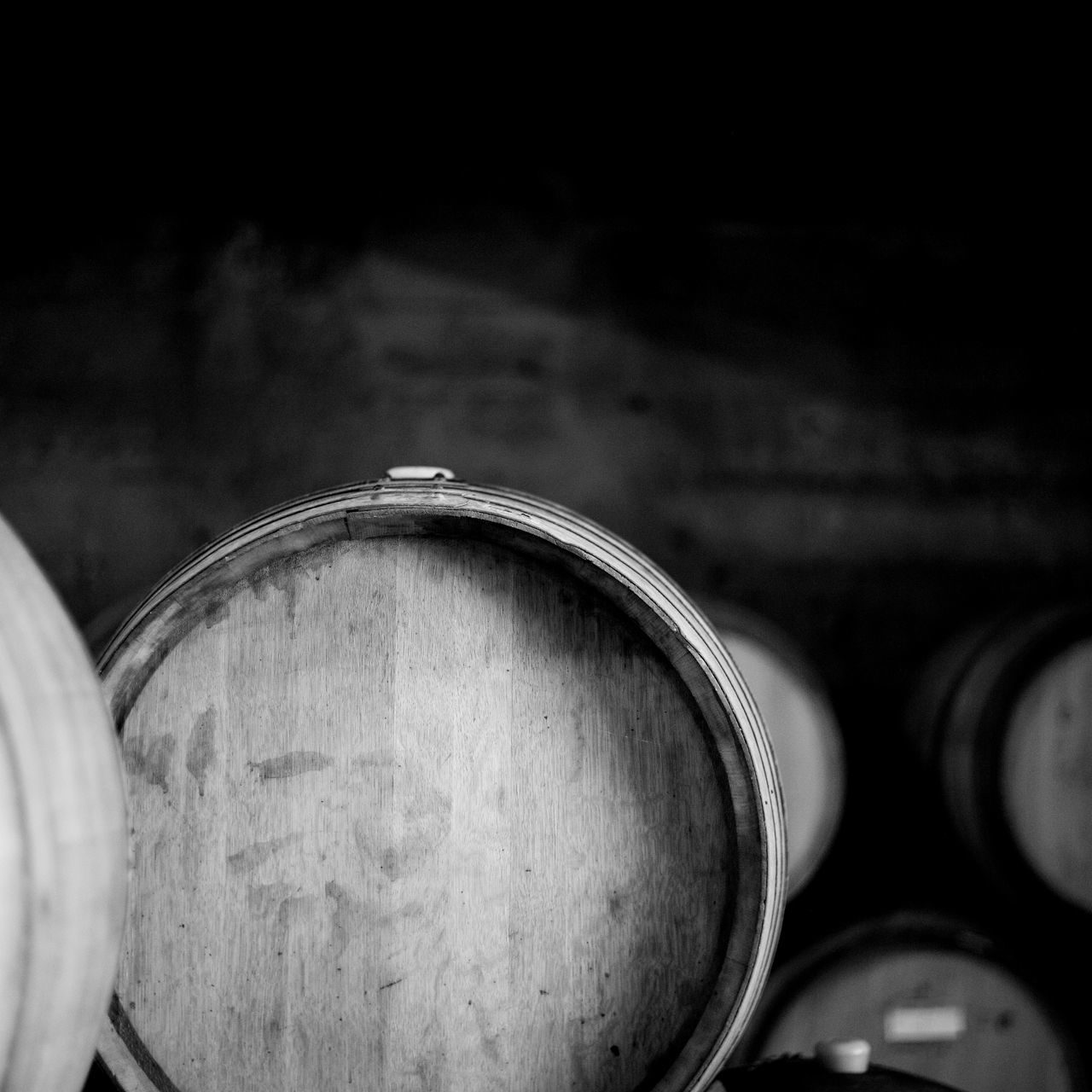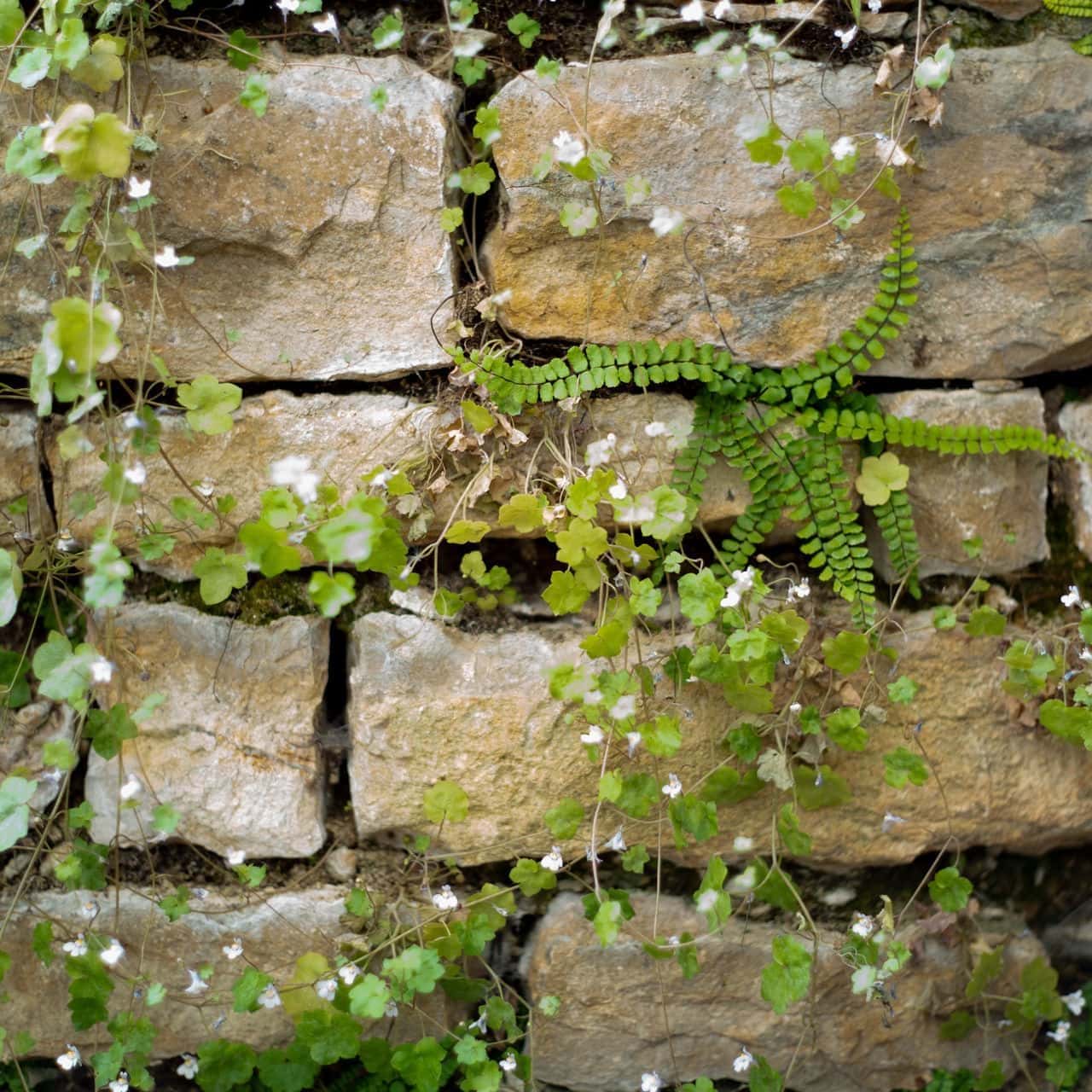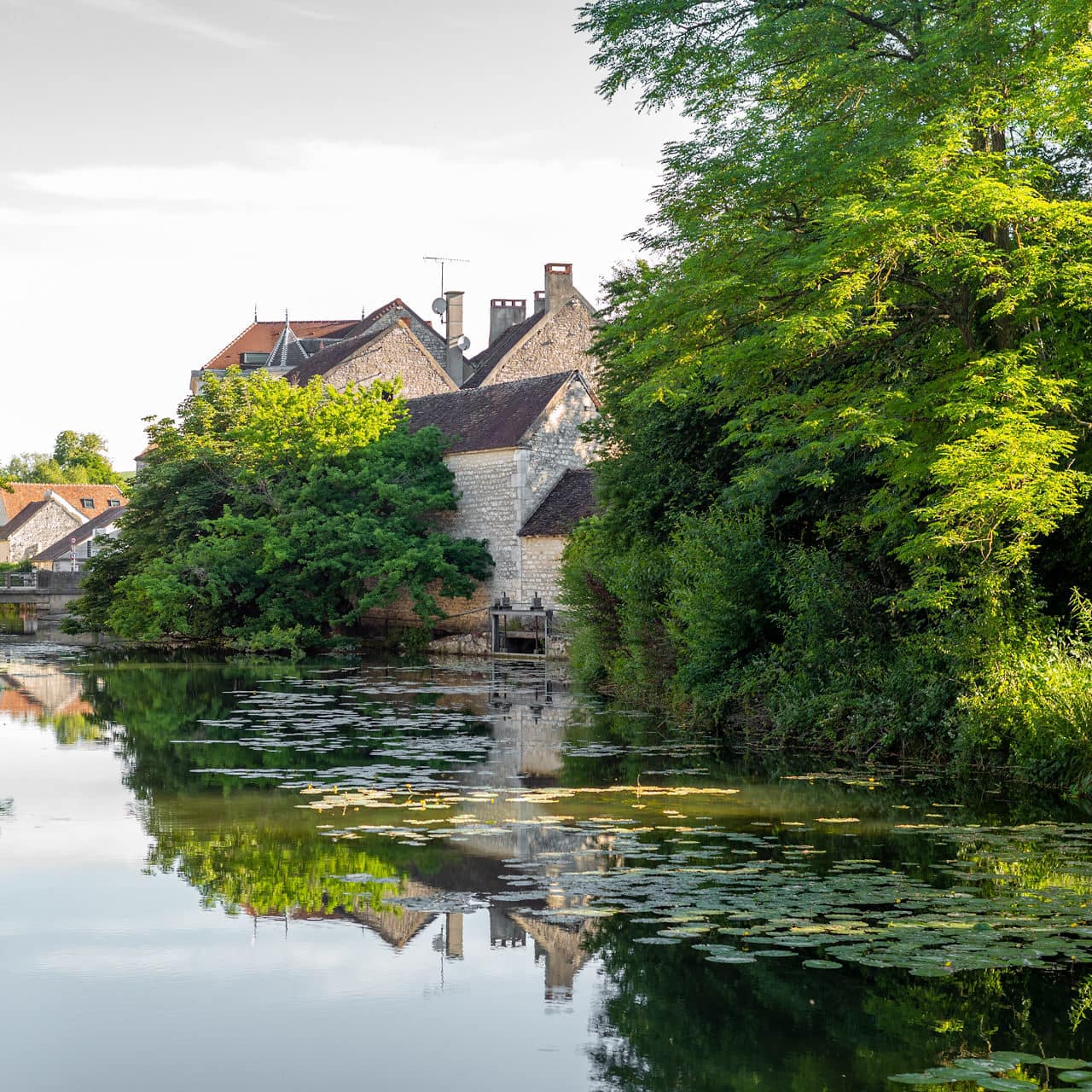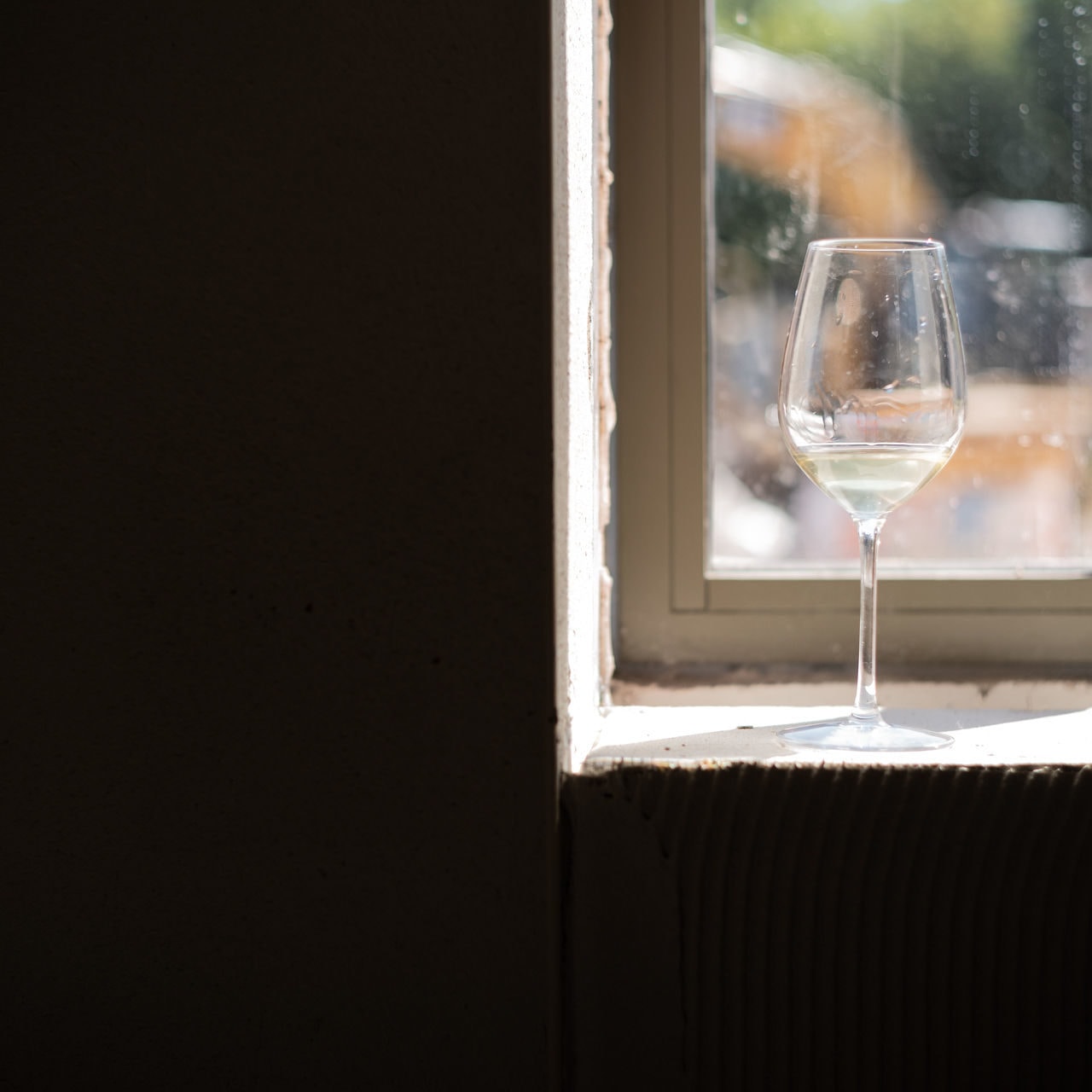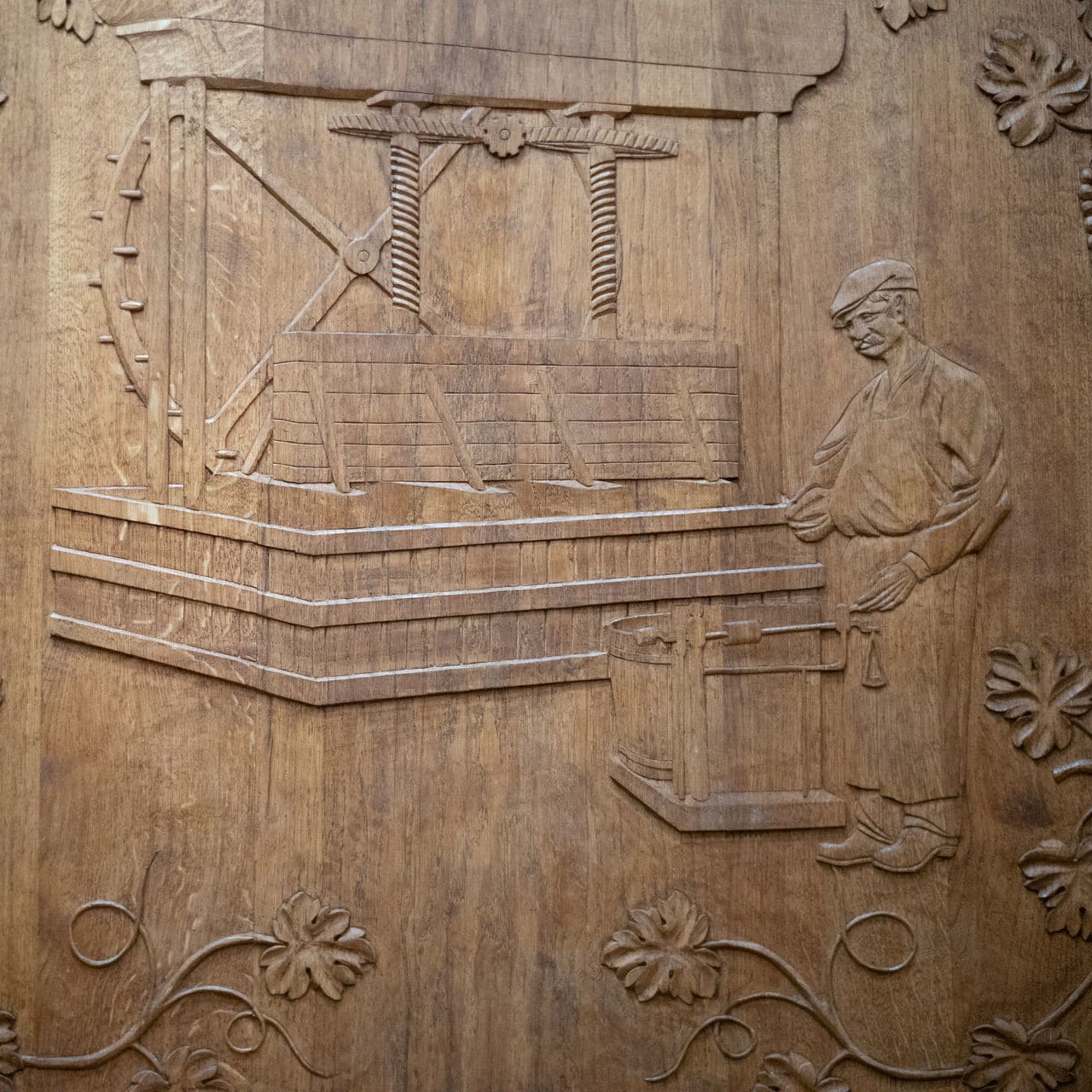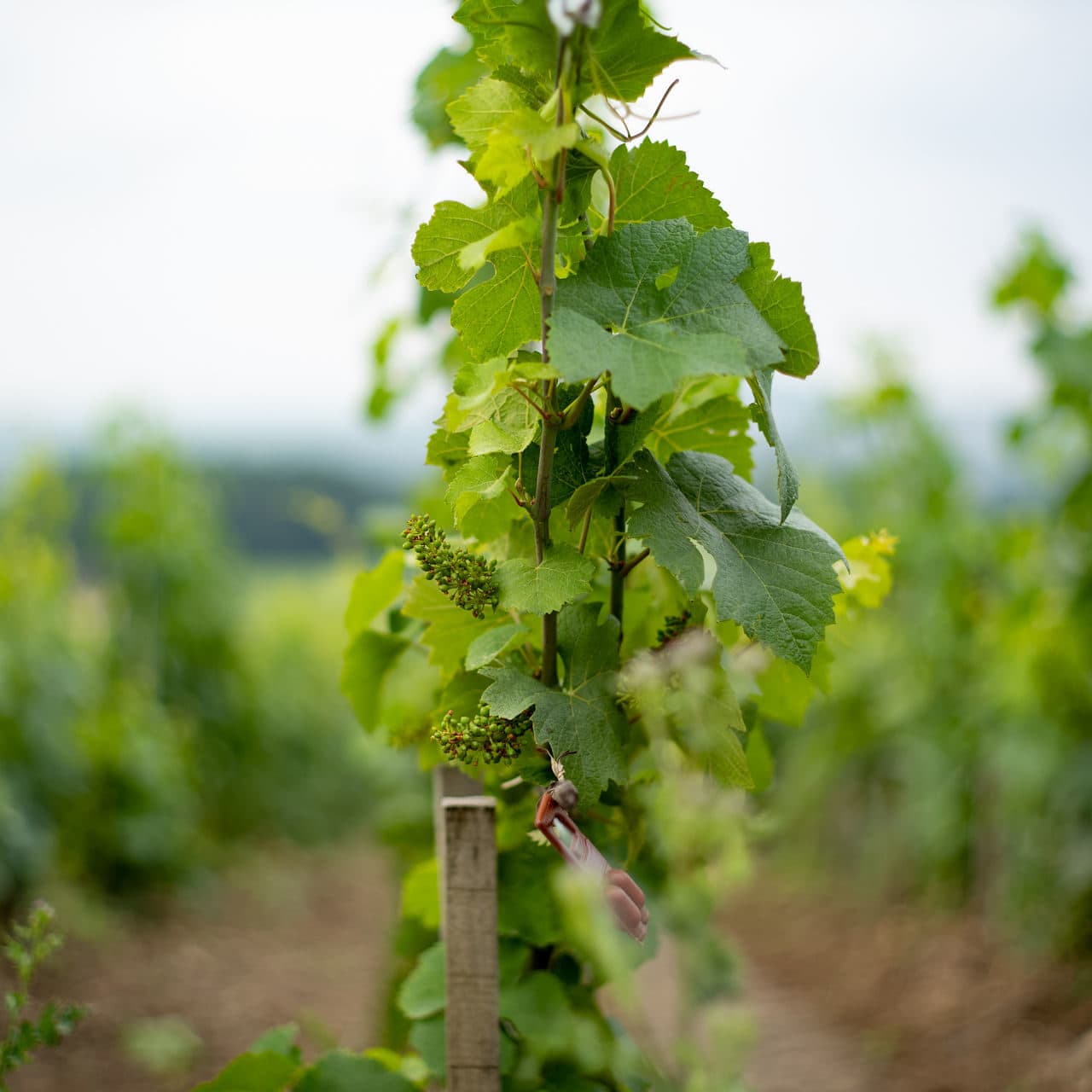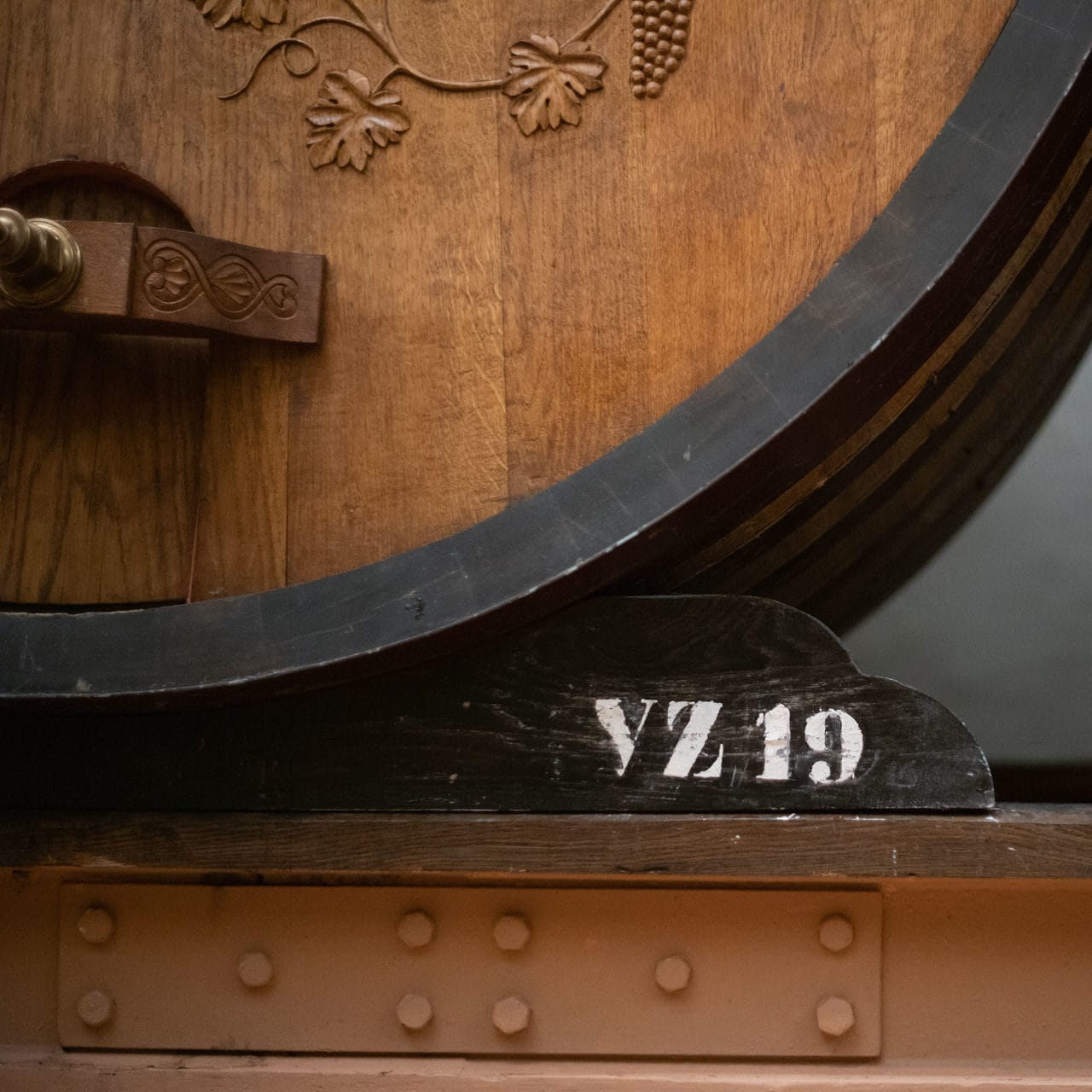WHO WE ARE
Berkeley and Stuart is an online wine merchant, specializing in the fine and rare wines of Europe and the New World. While some of the wines we offer are among the rarest in the world, our mission is to provide all wine lovers with a hard-to-find, hand-picked selection, no matter your budget.
Browse The Collection
What we are drinking.
THE WINE CLUB
A subscription to our Wine Club is the perfect way to discover the exciting world of fine wine, delivered seasonally, direct to your door.
Our Packages
Featured Region
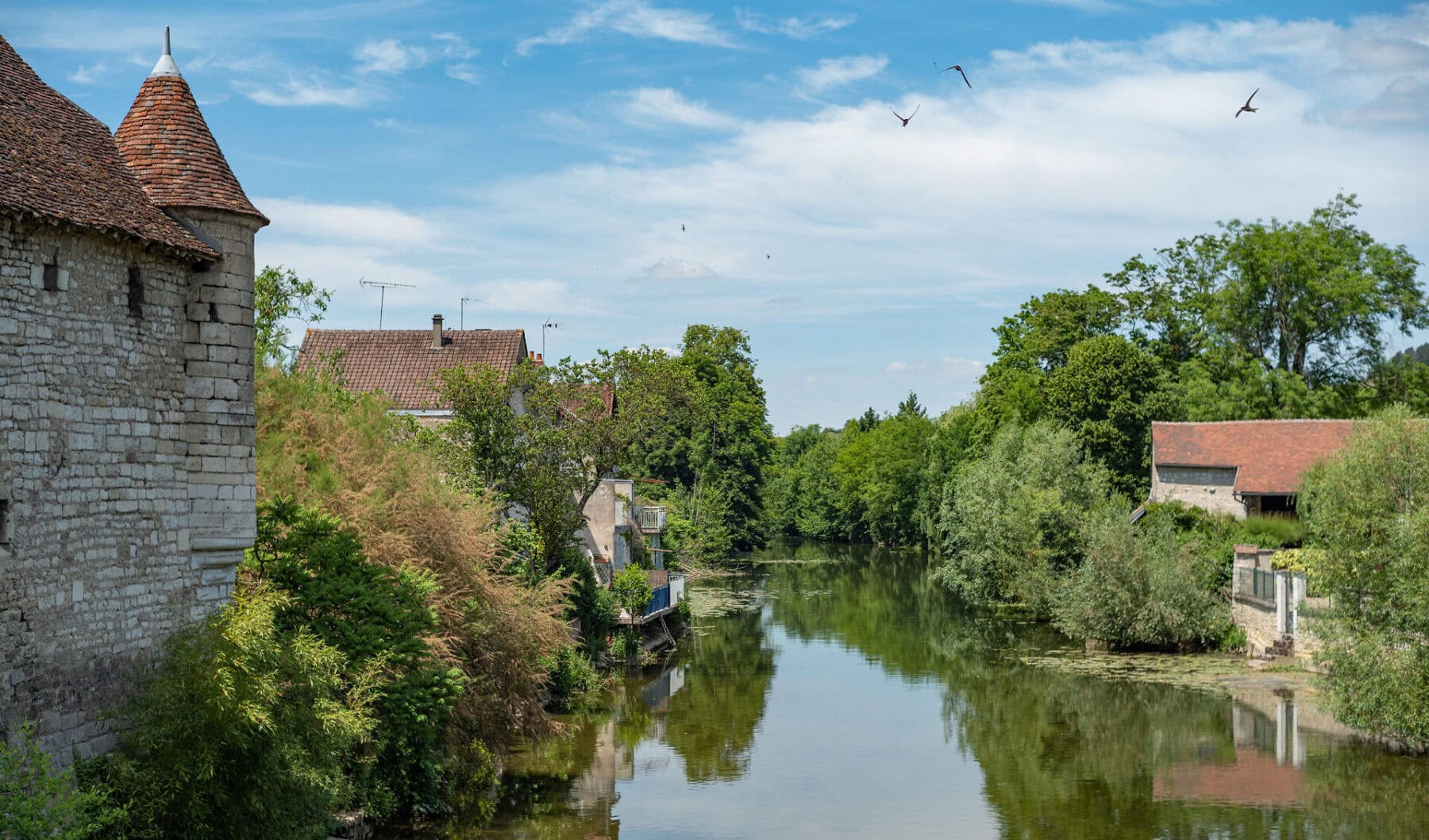
FRANCE
LOIRE VALLEY
The Loire river is the longest in France, running from the western coast across almost the entirety of the country. While there are four larger appellations the range of grapes grown and soil types is dizzying. There is a long history of wine growing here and the wines in almost every café in Paris come from somewhere in the Loire Valley. These are wines that show a unique sense of place and honest reflections of the people that make them.
Highlights
CHABLIS
DOMAINE GAUTHERON
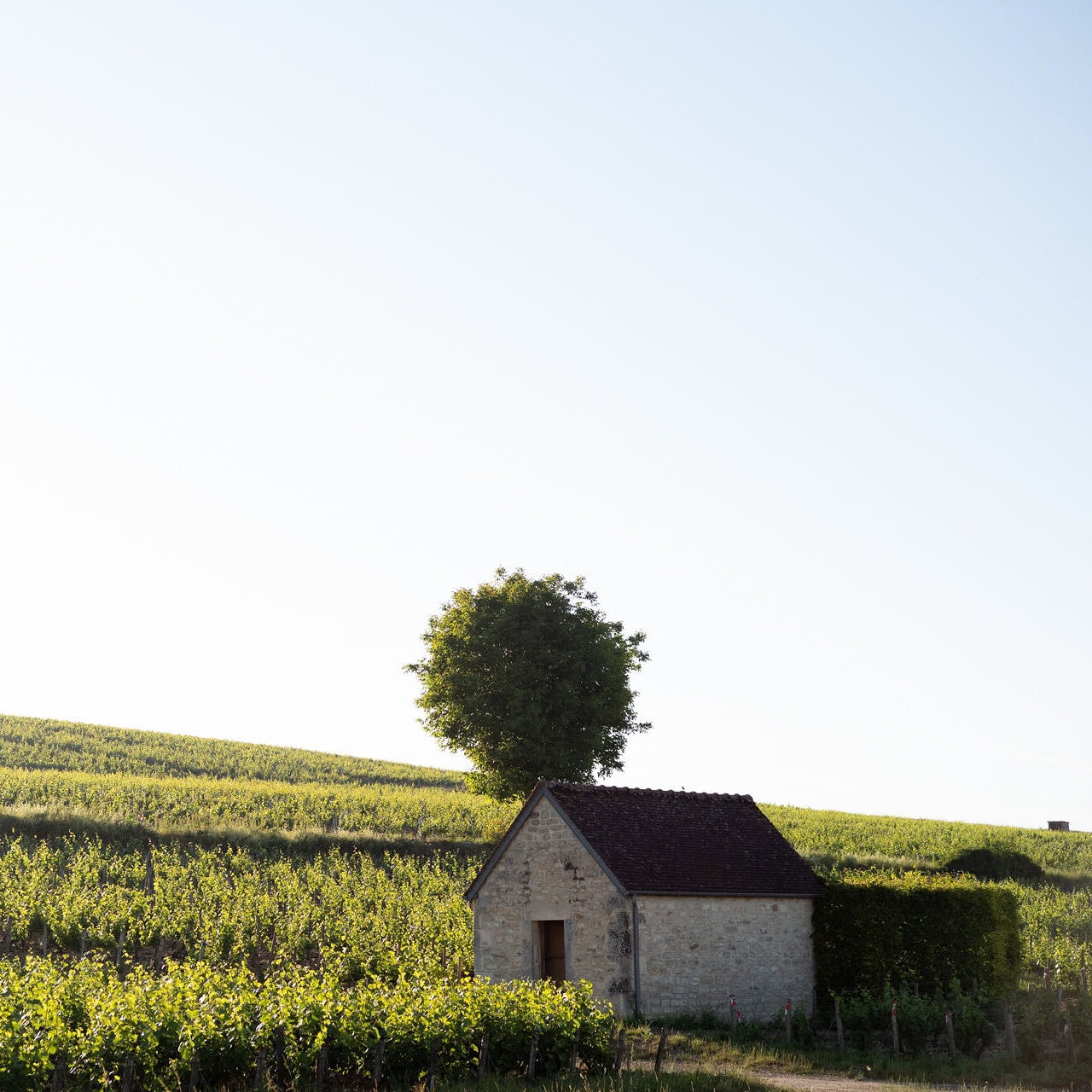
NEW PRODUCER HIGHLIGHT
About the domaine
Domaine Gautheron, located in the sleepy hillside village of Fleys just outside of Chablis, has been producing wine for over six generations. All their vineyards are farmed using the principles of lutte raisonnée: yields are kept low by green harvest and pruning, weed killers are avoided in favor of allowing grass between the rows, and natural solutions are used to stimulate the vines to protect themselves from pests and disease. Gautheron have long been coveted by in-the-know Francophiles and are just starting to see the spotlight here in the U.S.
Shop Gautheron WinesFeatured Selections
FEATURED
PRODUCER
Featured producer
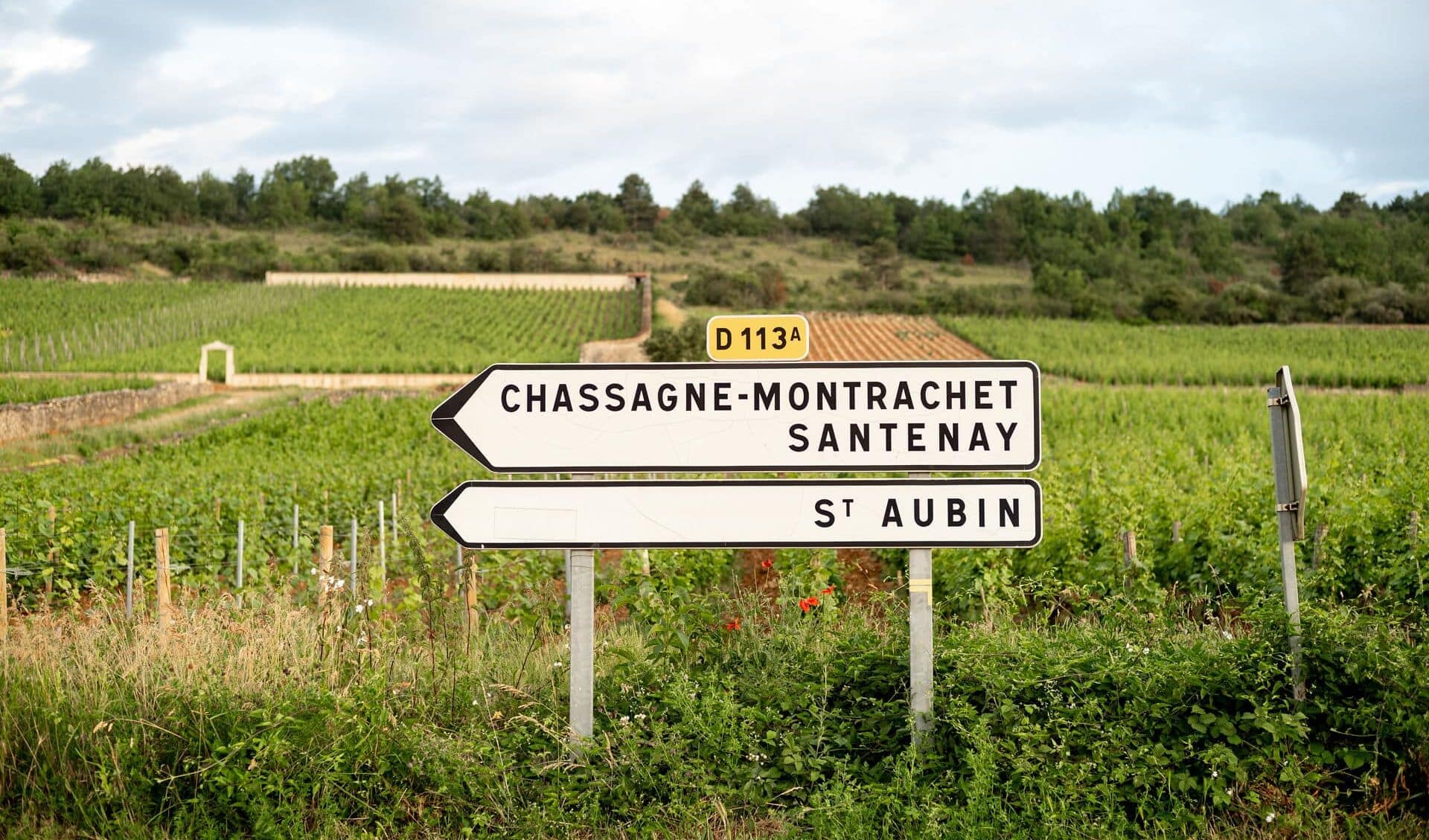
Saint-Aubin • Burgundy
HUBERT LAMY
Saint Aubin was long seen as a lesser appellation when talking about the great wines of Burgundy. Hubert Lamy is one of the domaines that has changed that. Olivier Lamy is at the helm of Hubert Lamy and, over the past 20 years, has built a reputation as one of the hardest working, passionate, and knowledgeable winemakers in the Cote de Beaune. The family has a long history of growing grapes in Saint Aubin. Before taking over from his father, Olivier honed his intense focus on meticulous vineyard work when working at Meo Camuzet.
Read MoreMore Featured Producers
